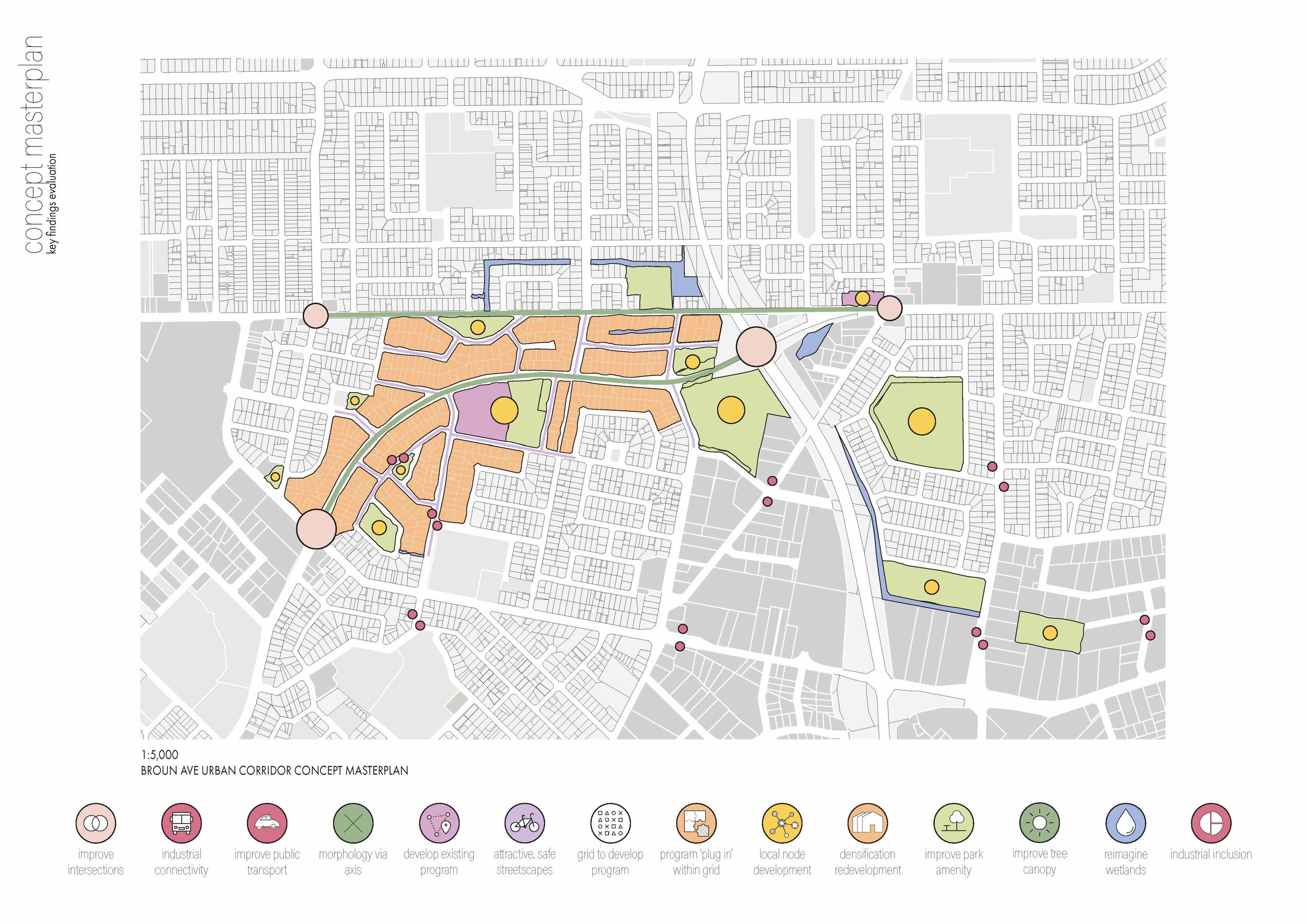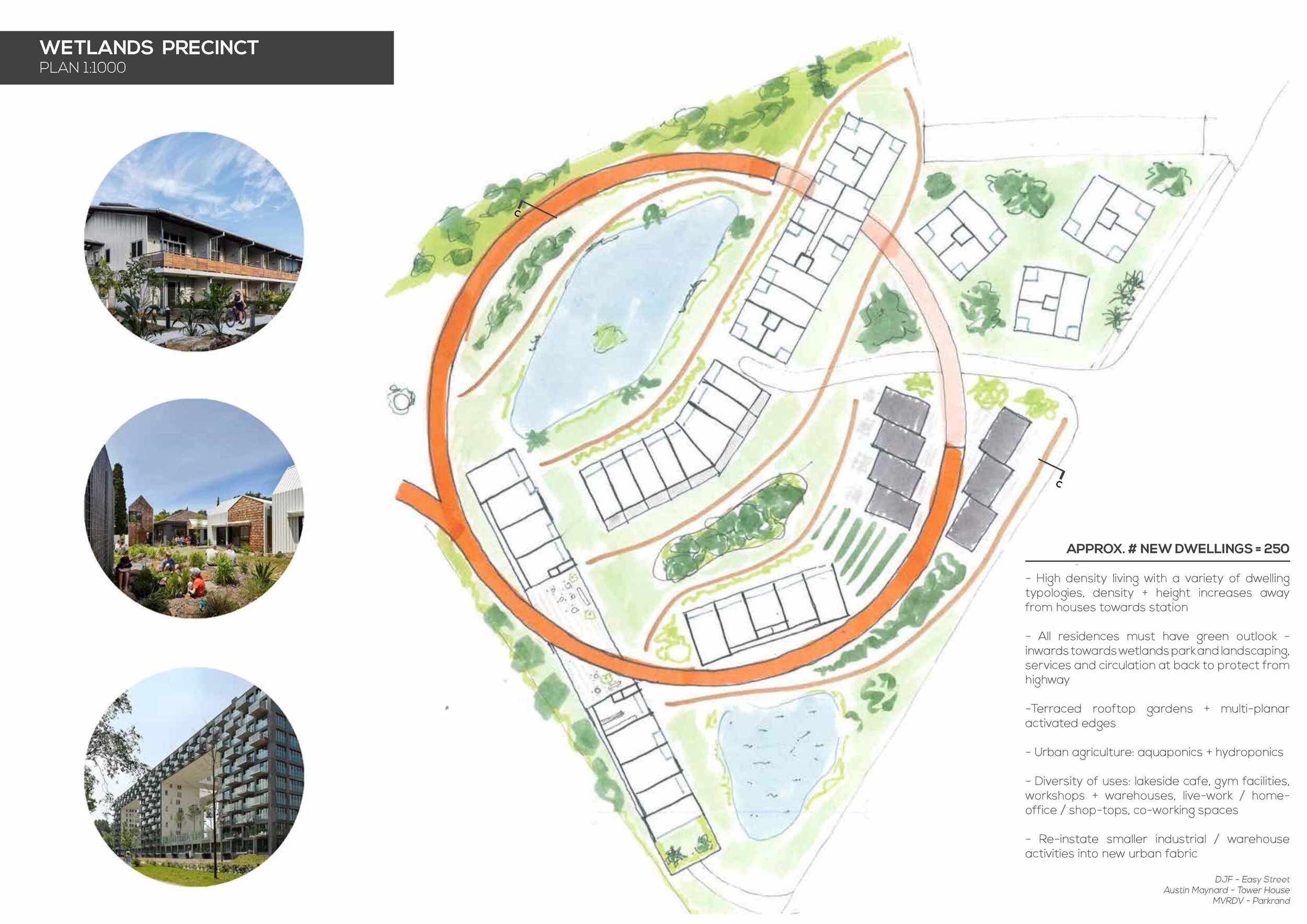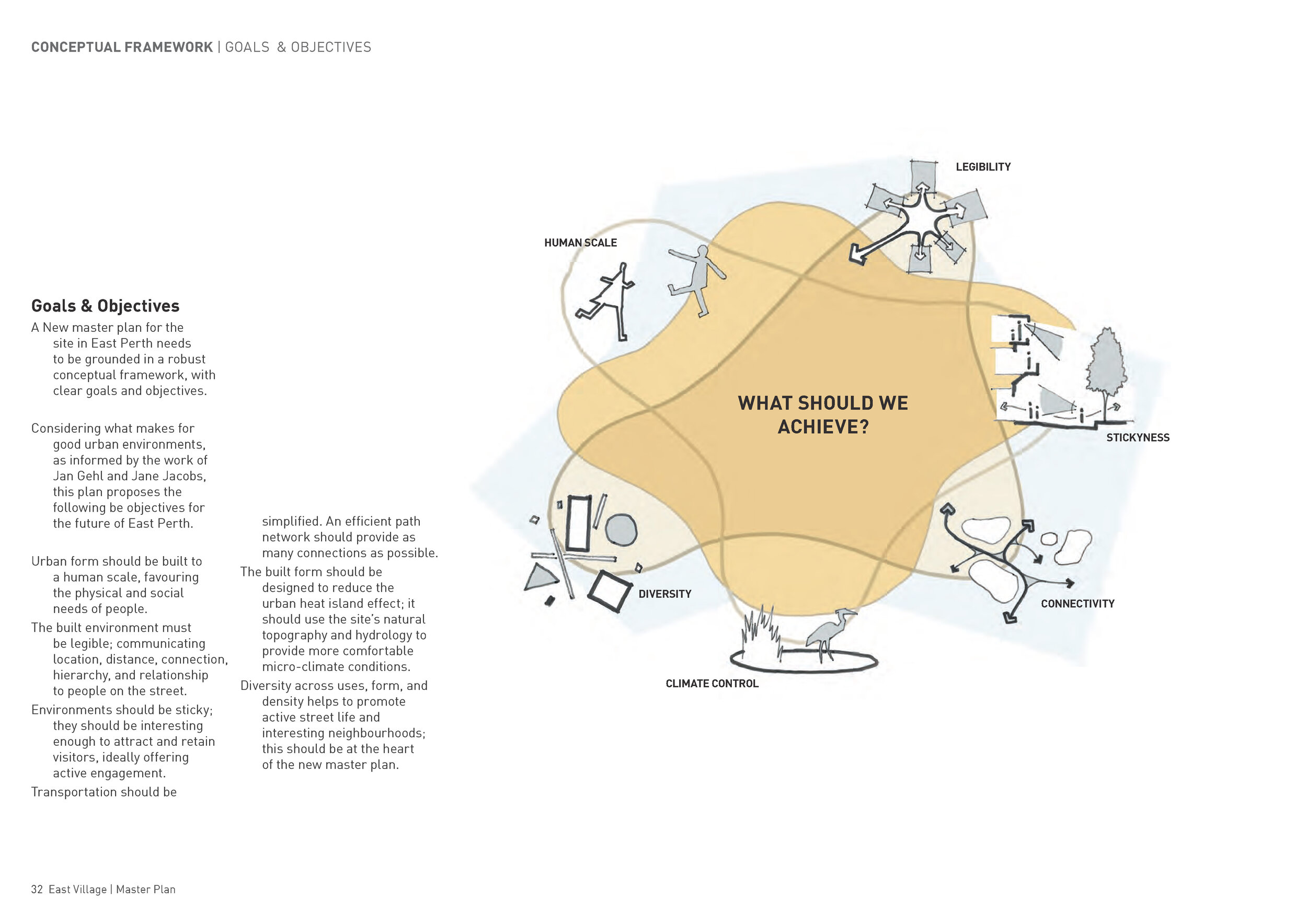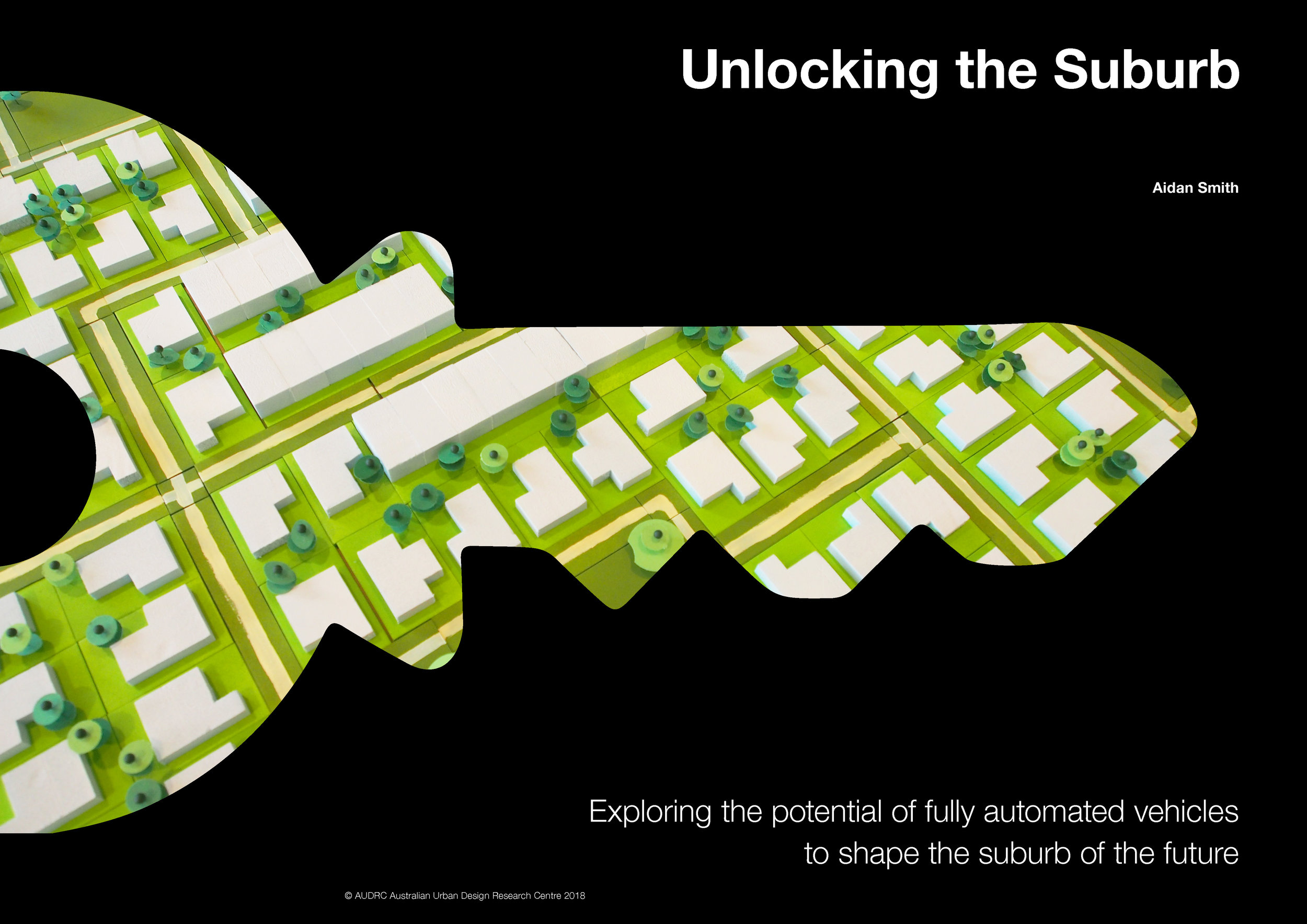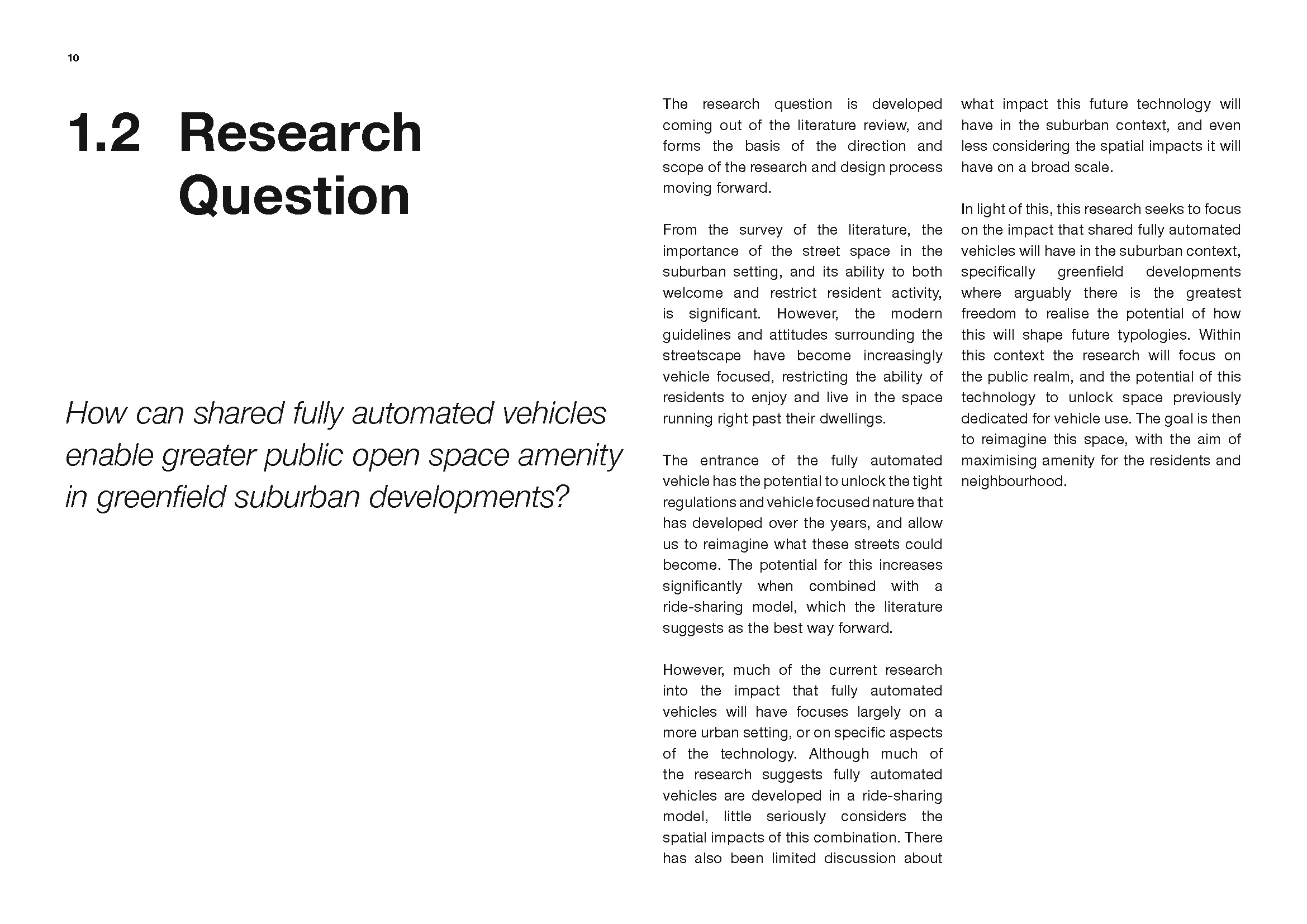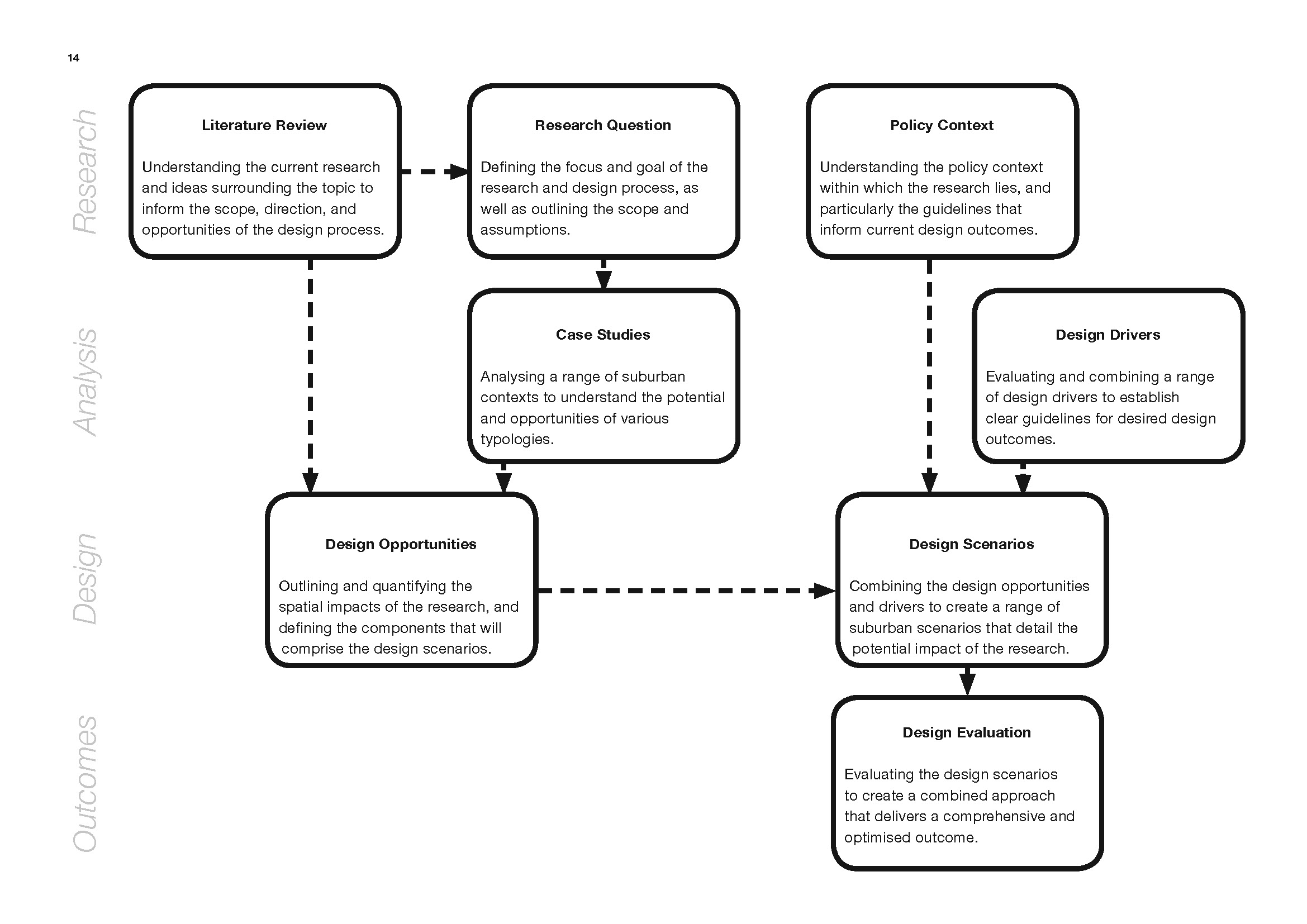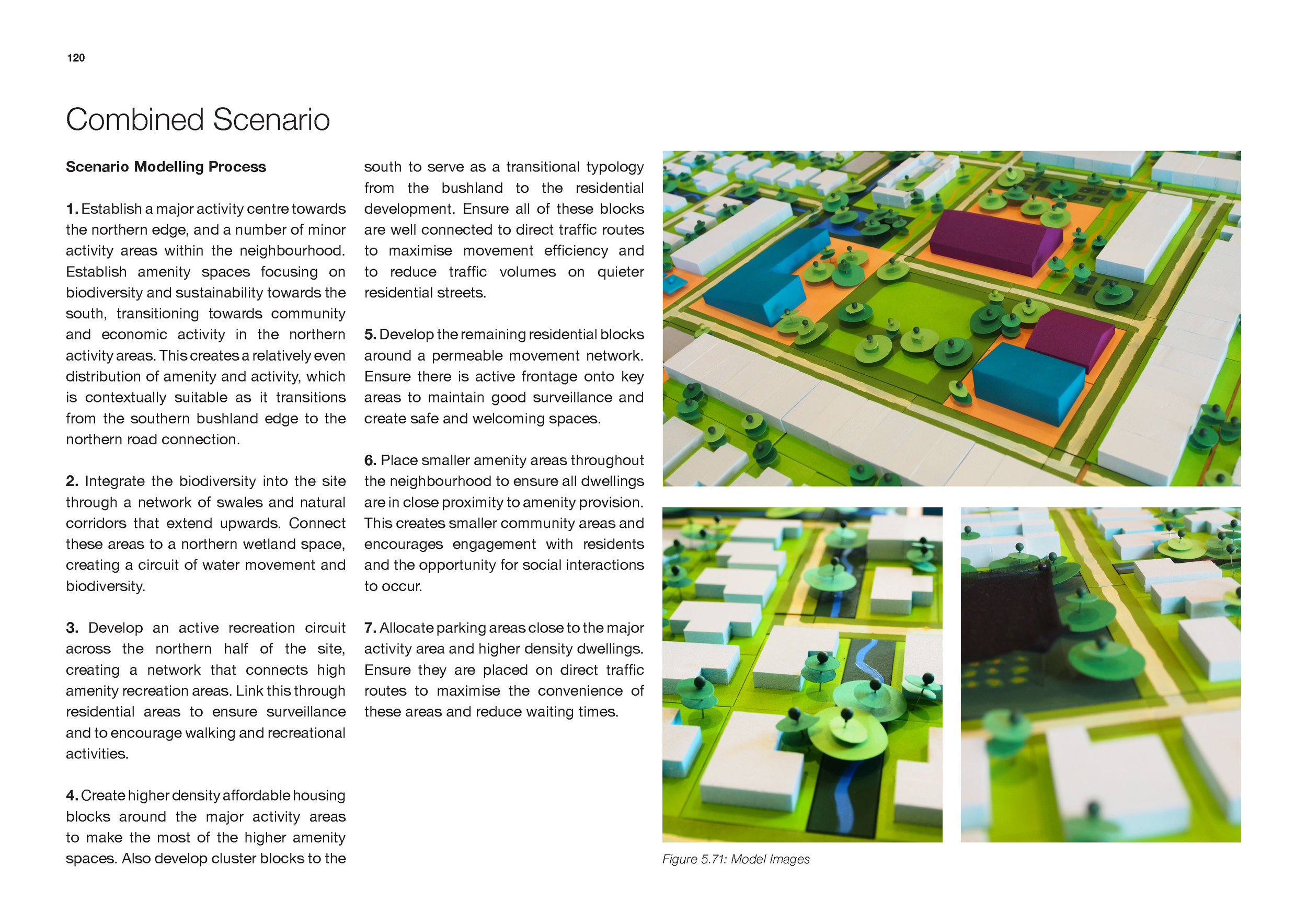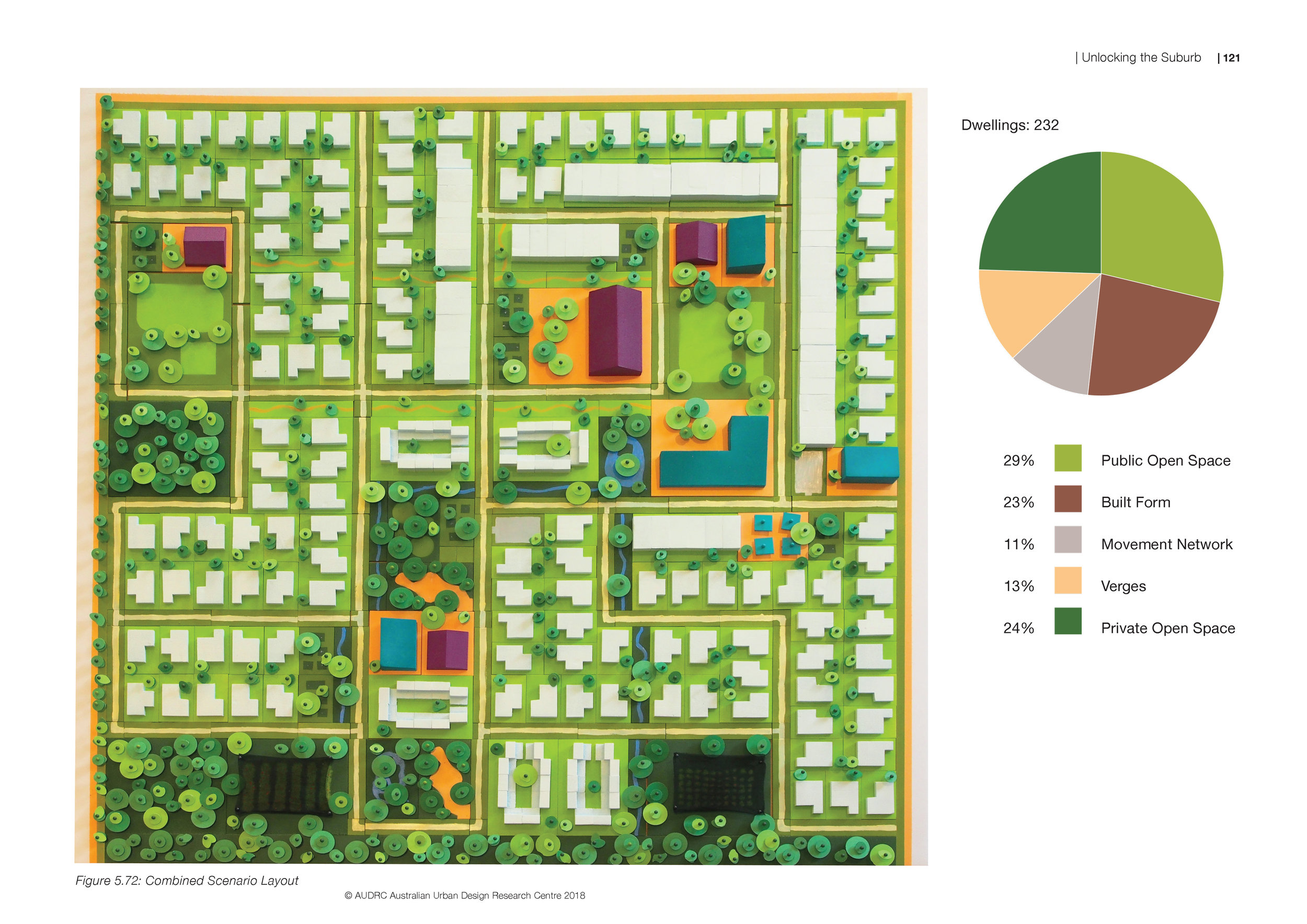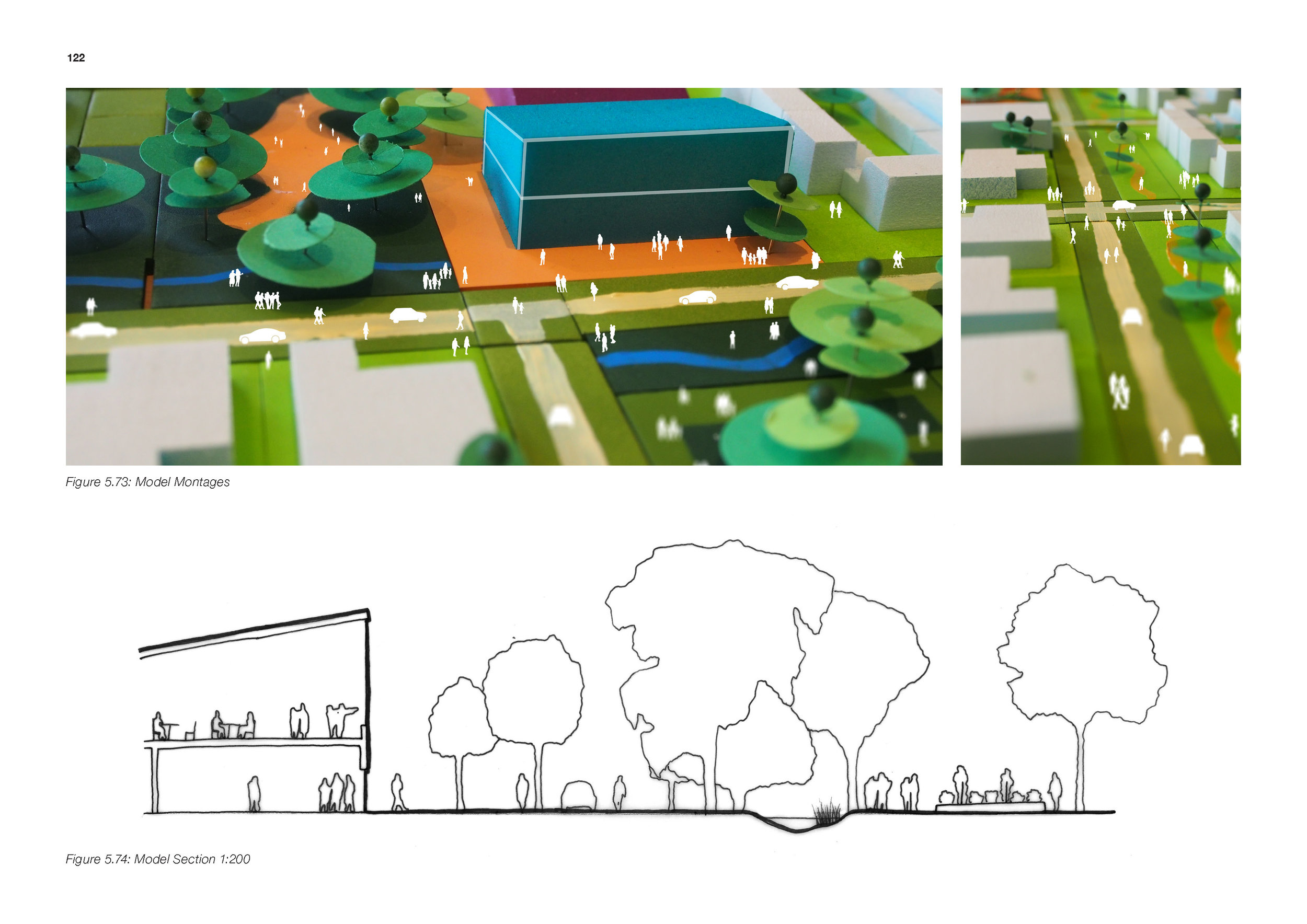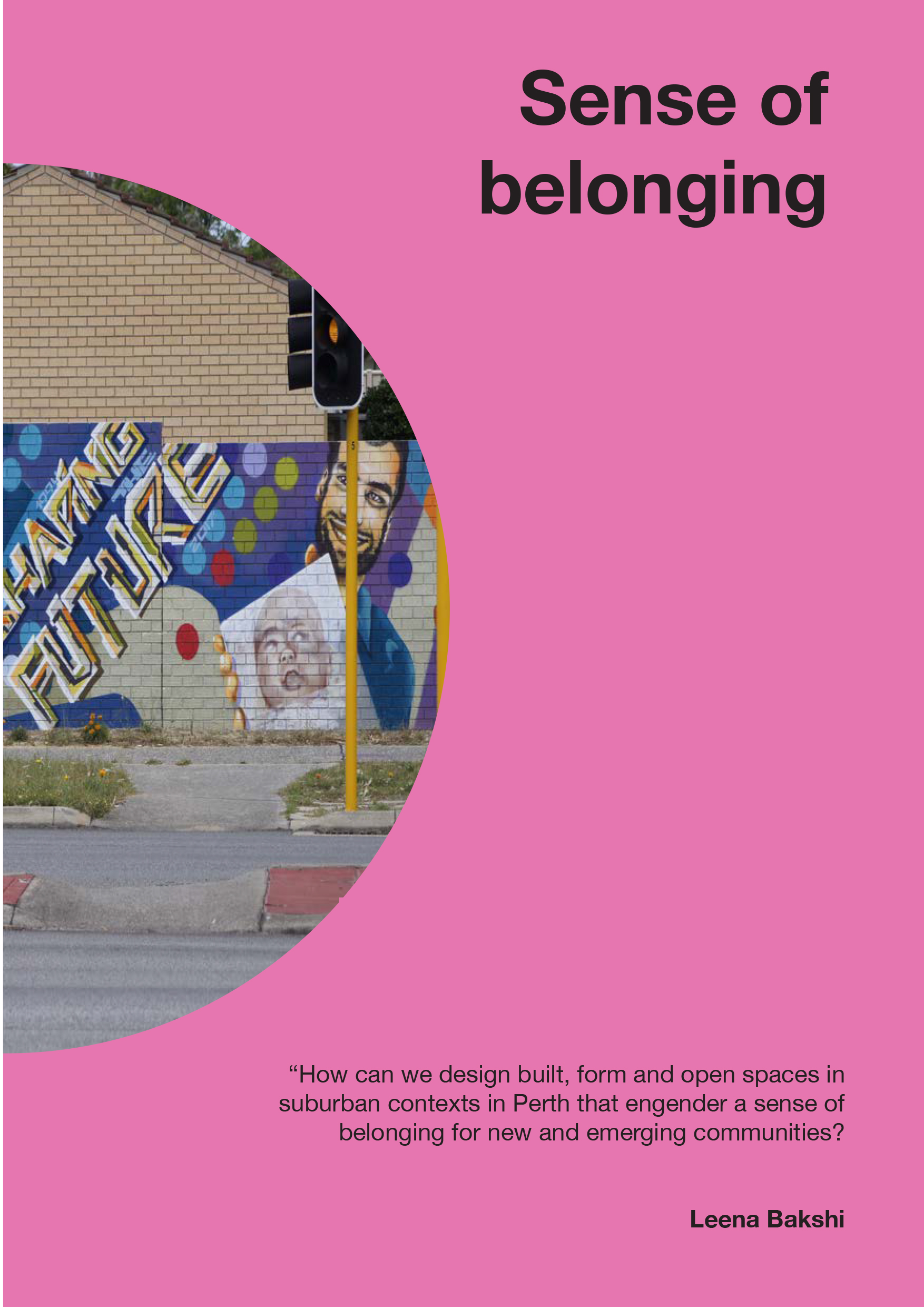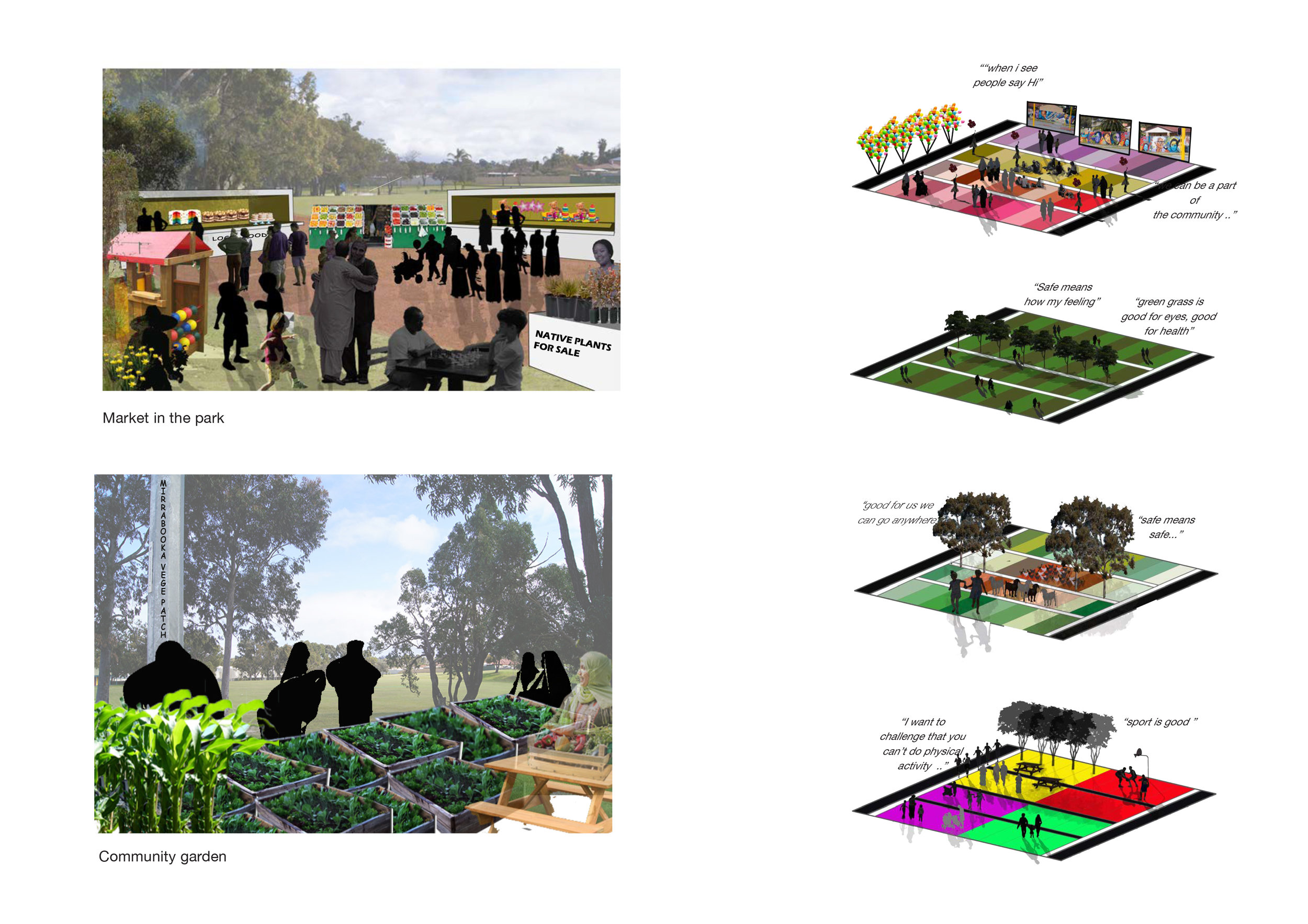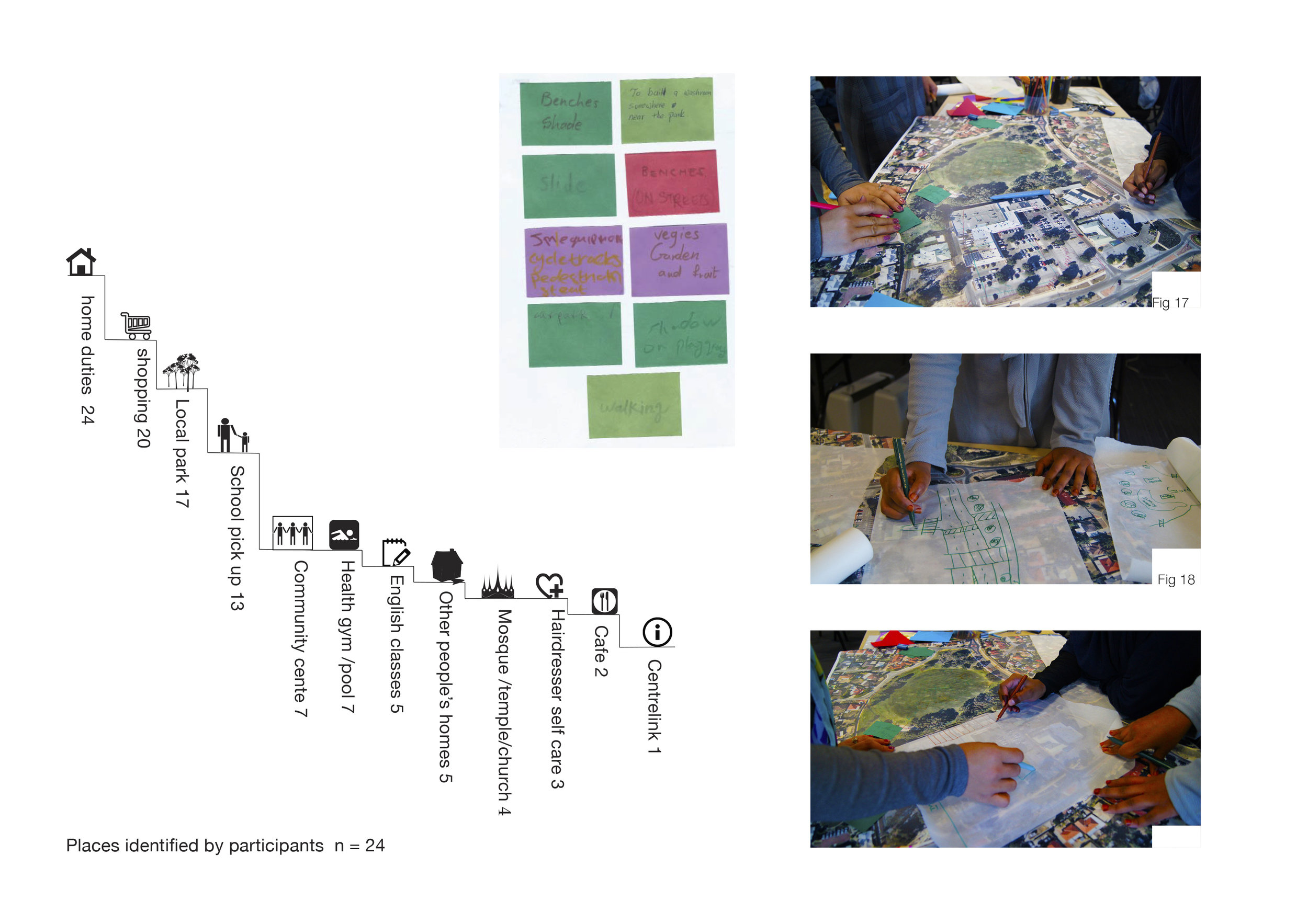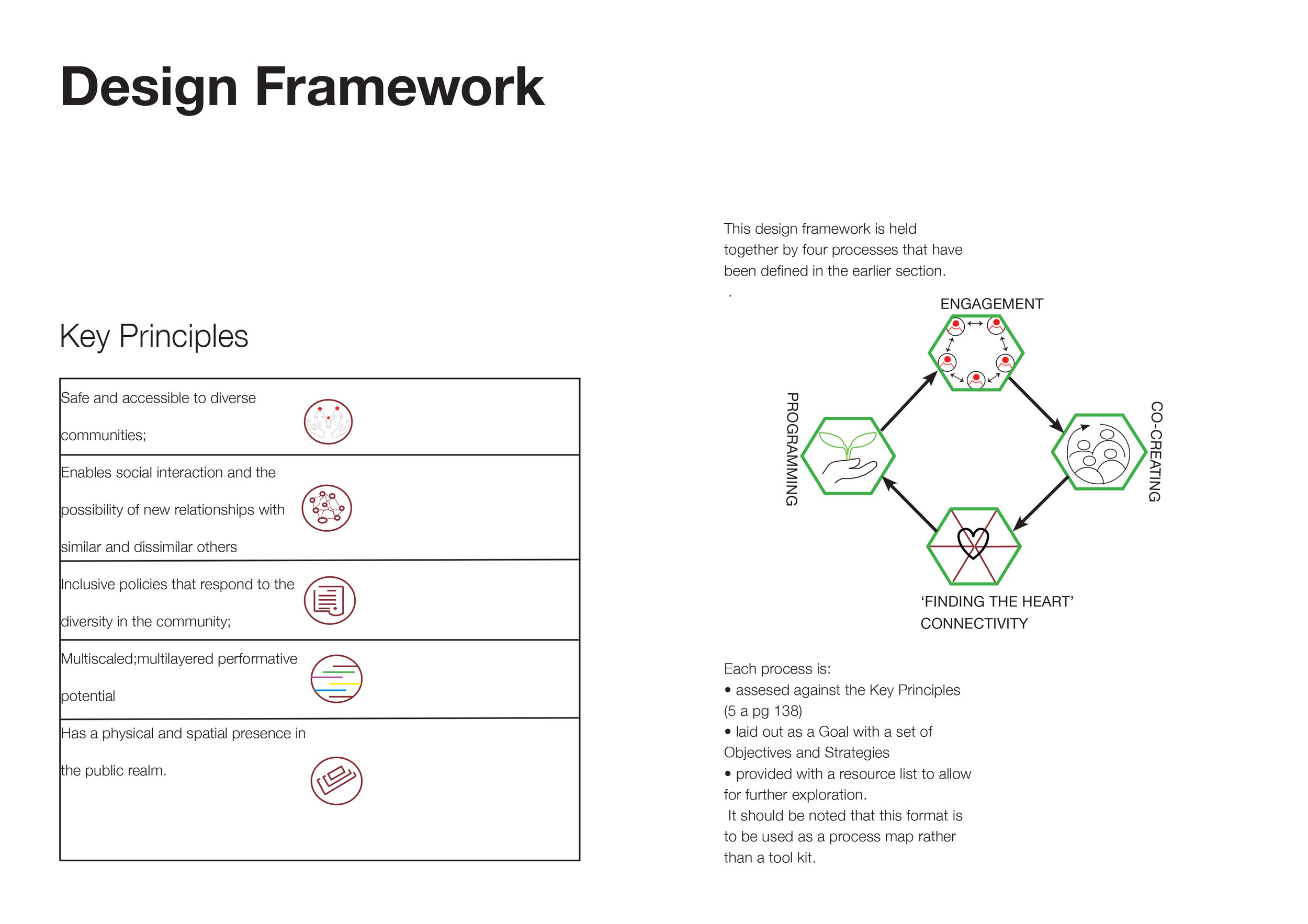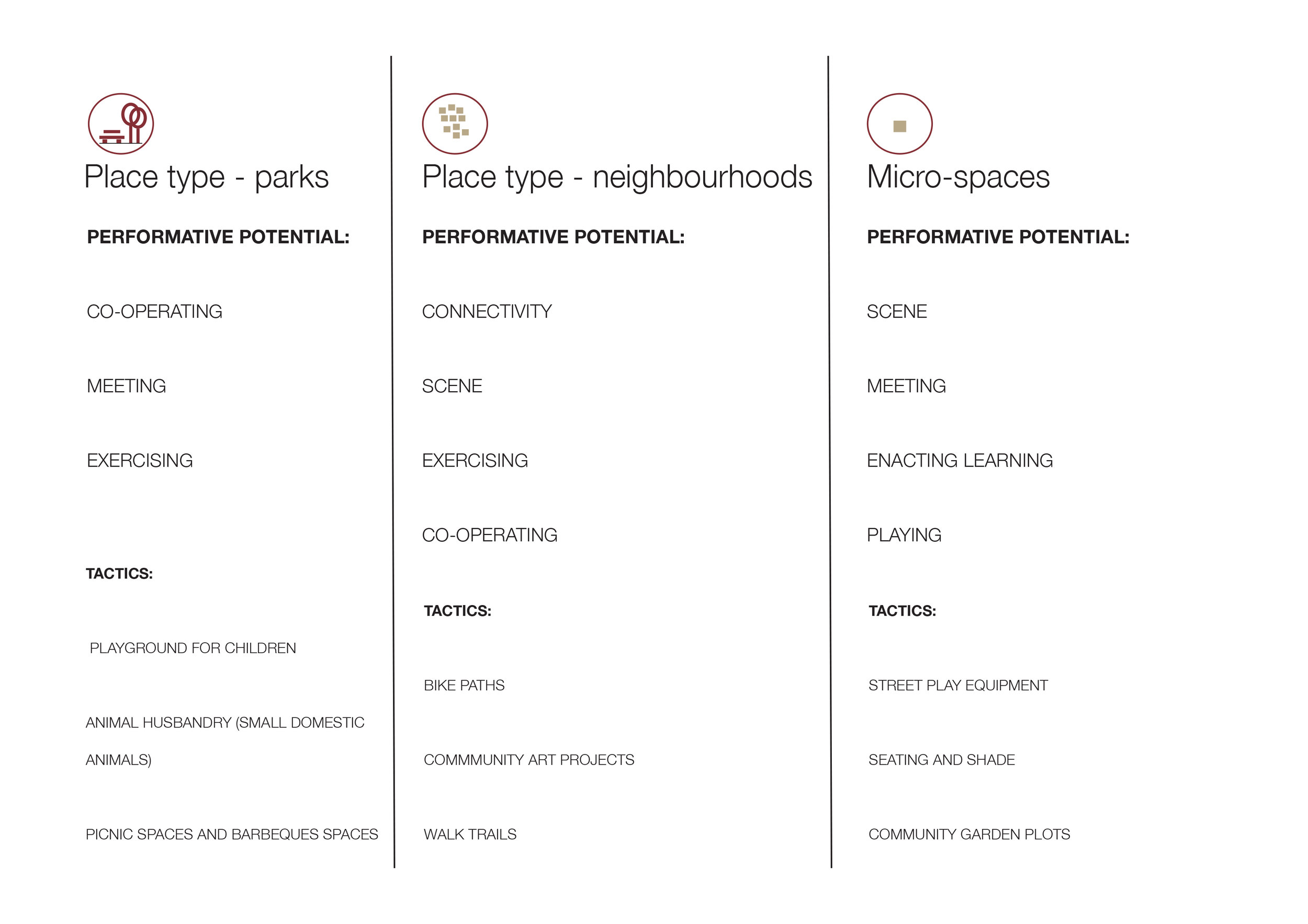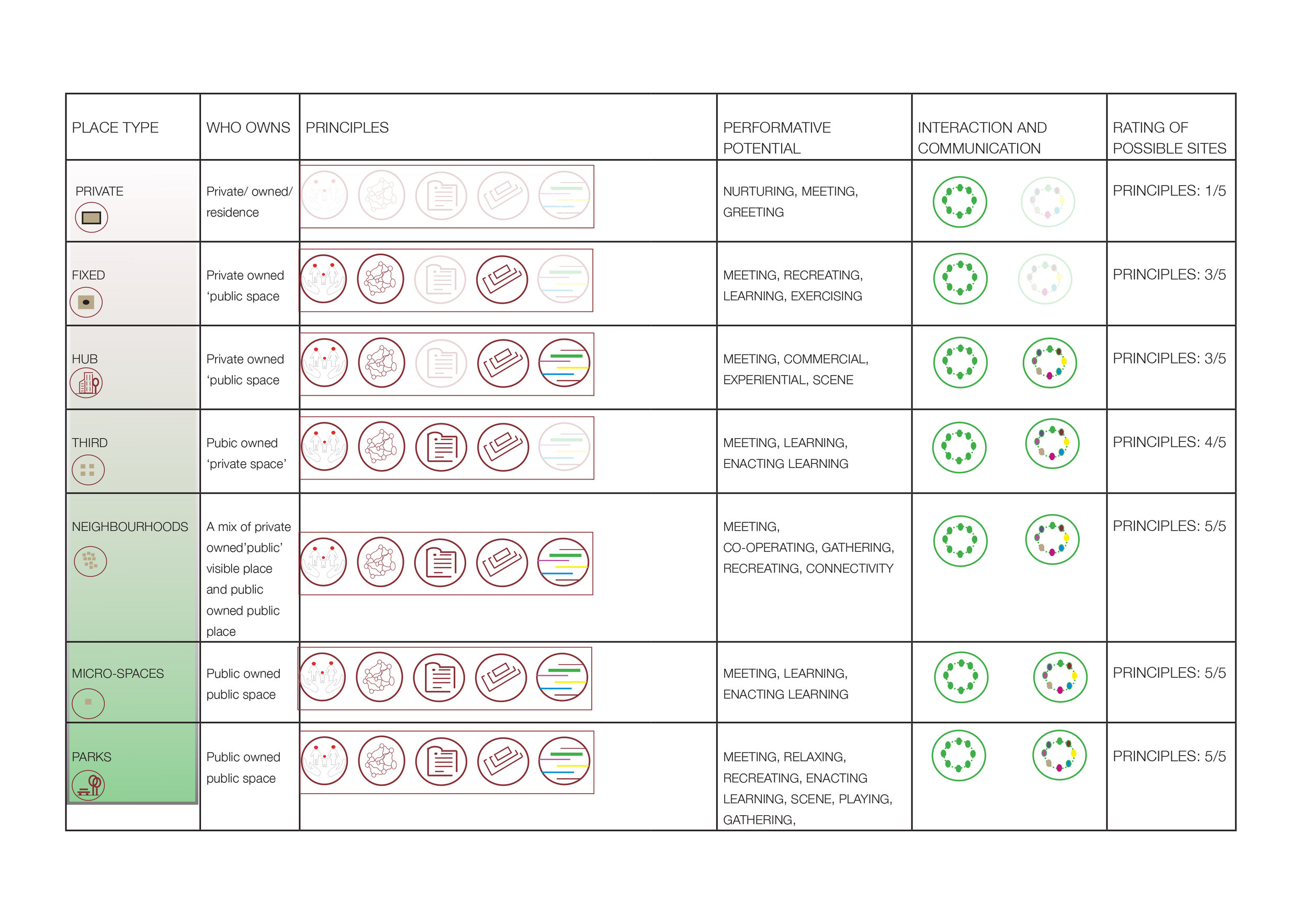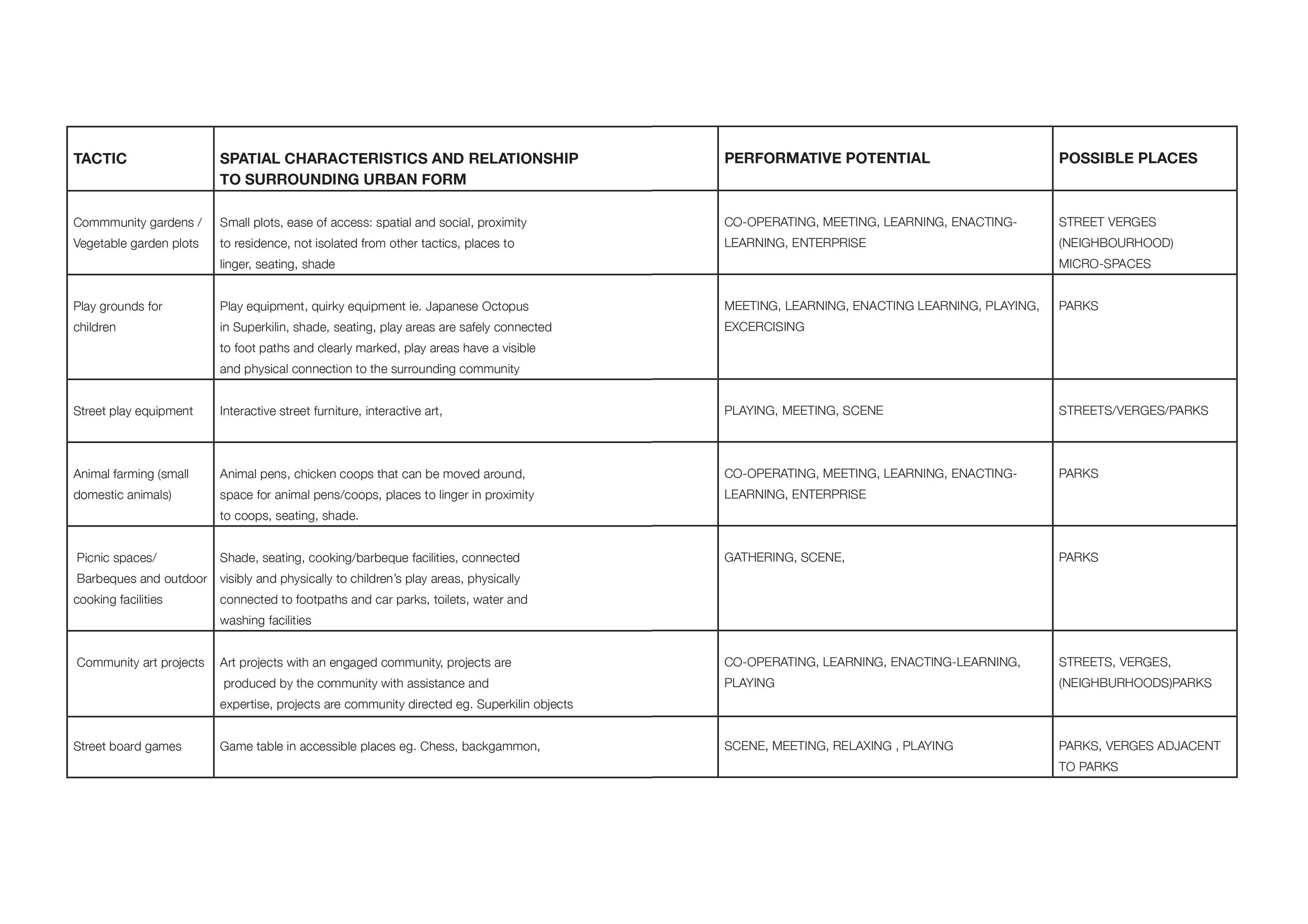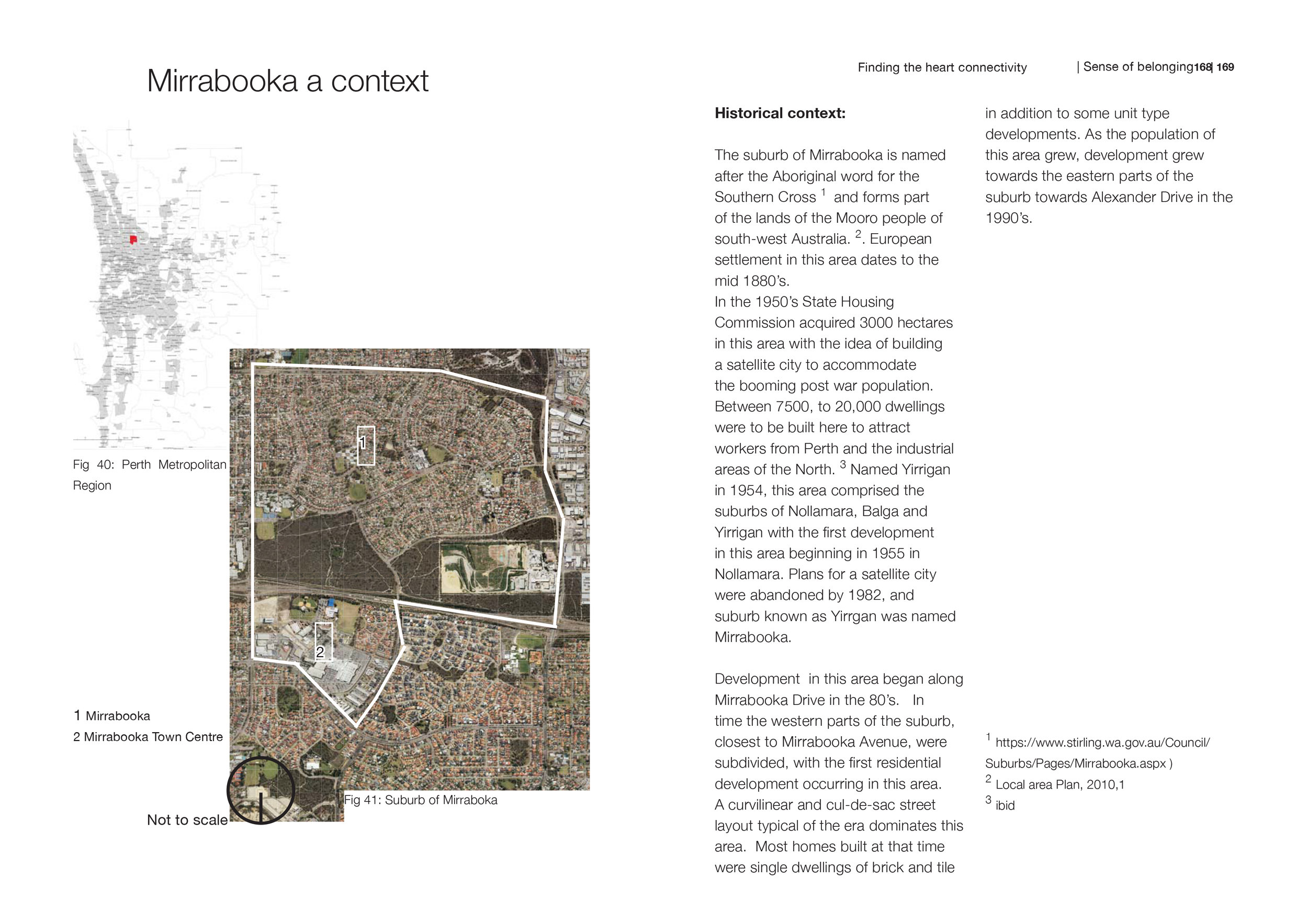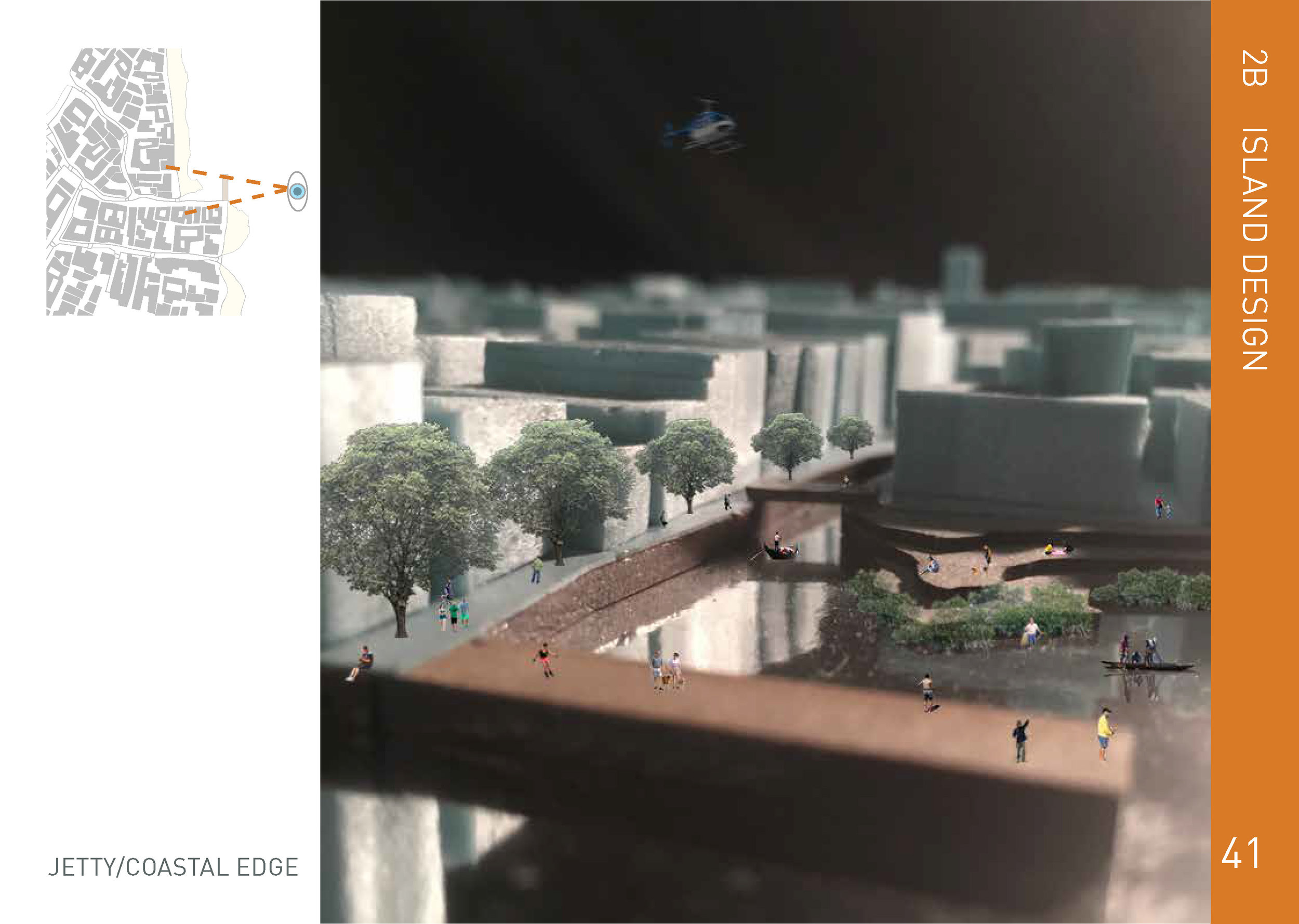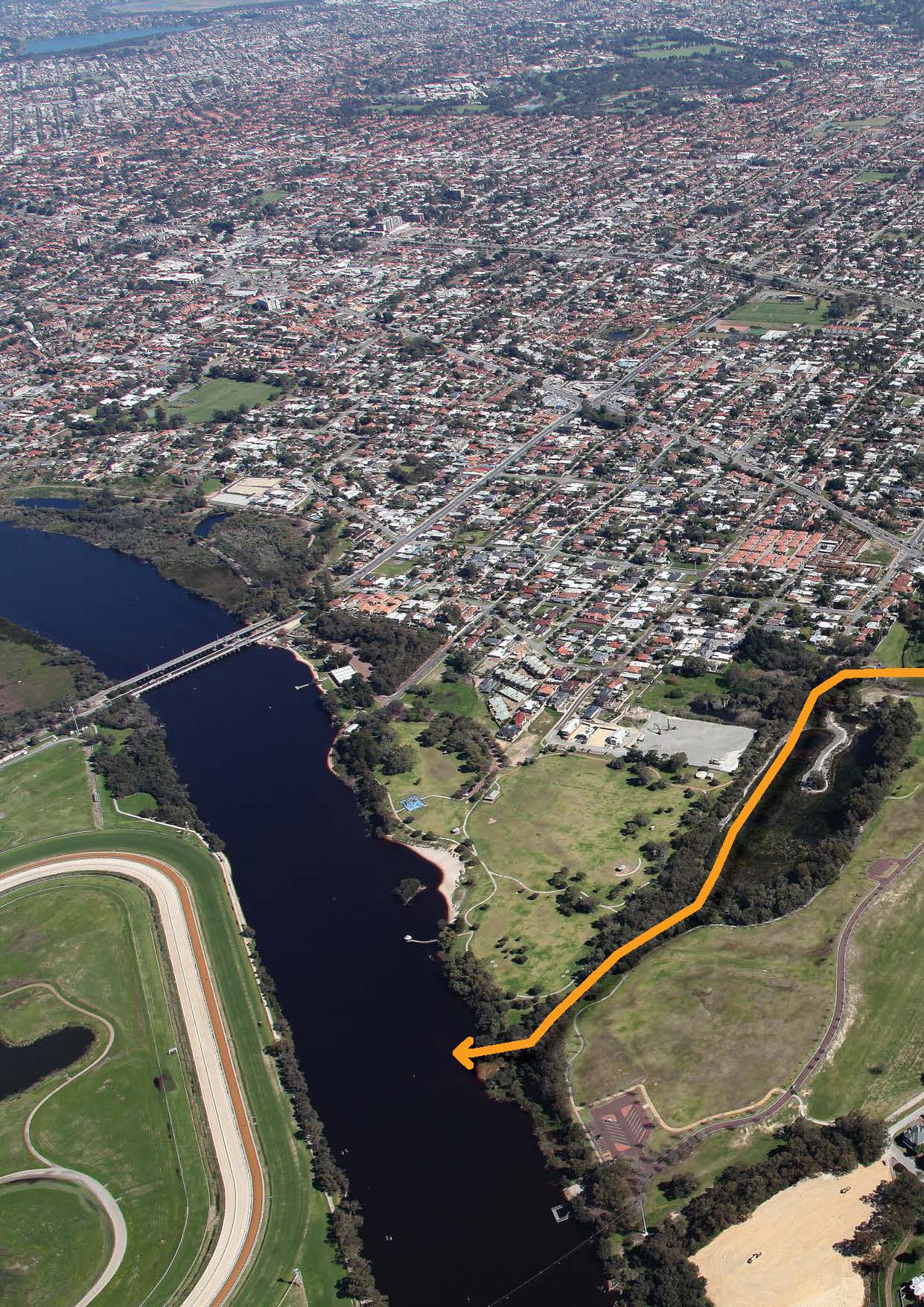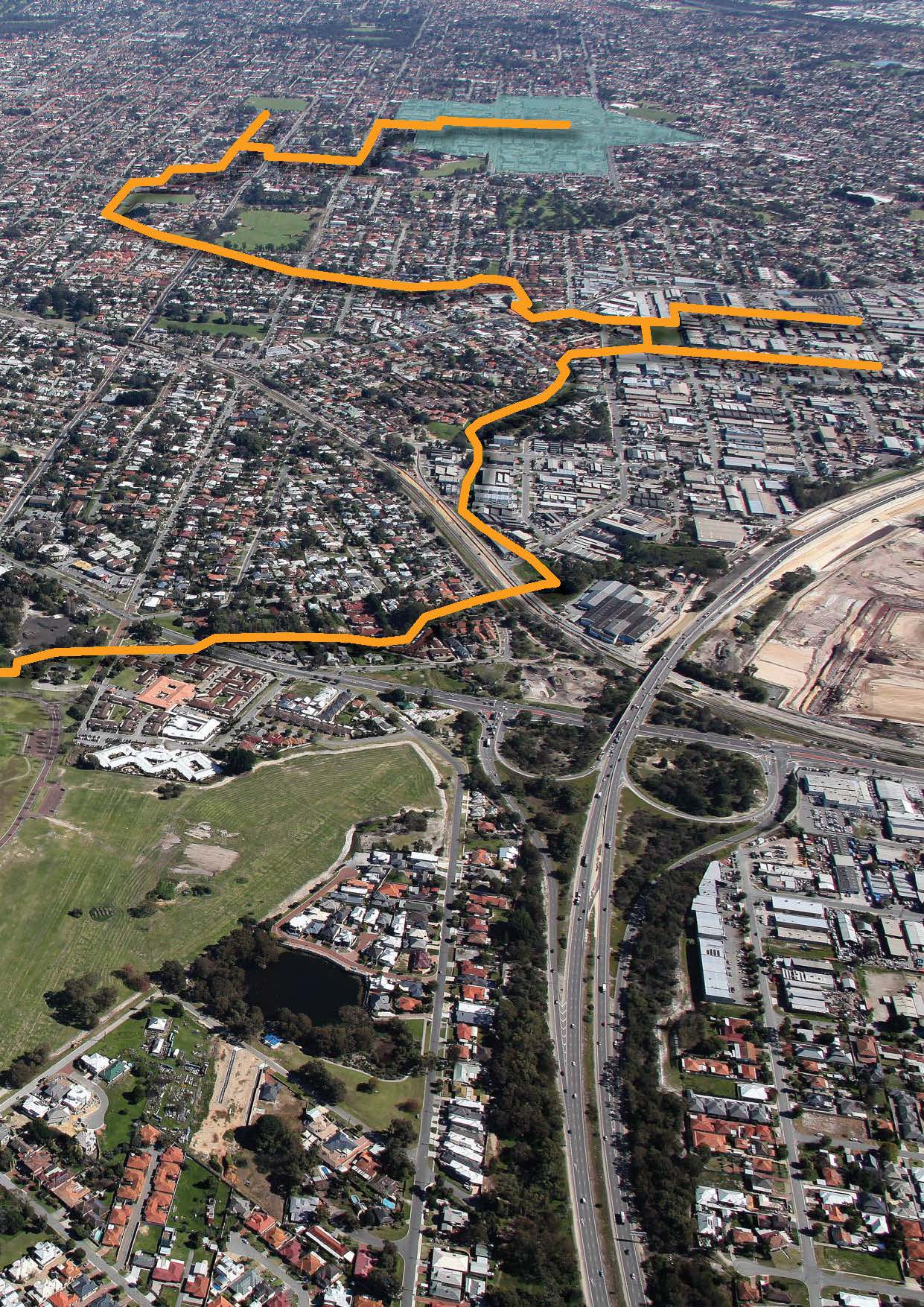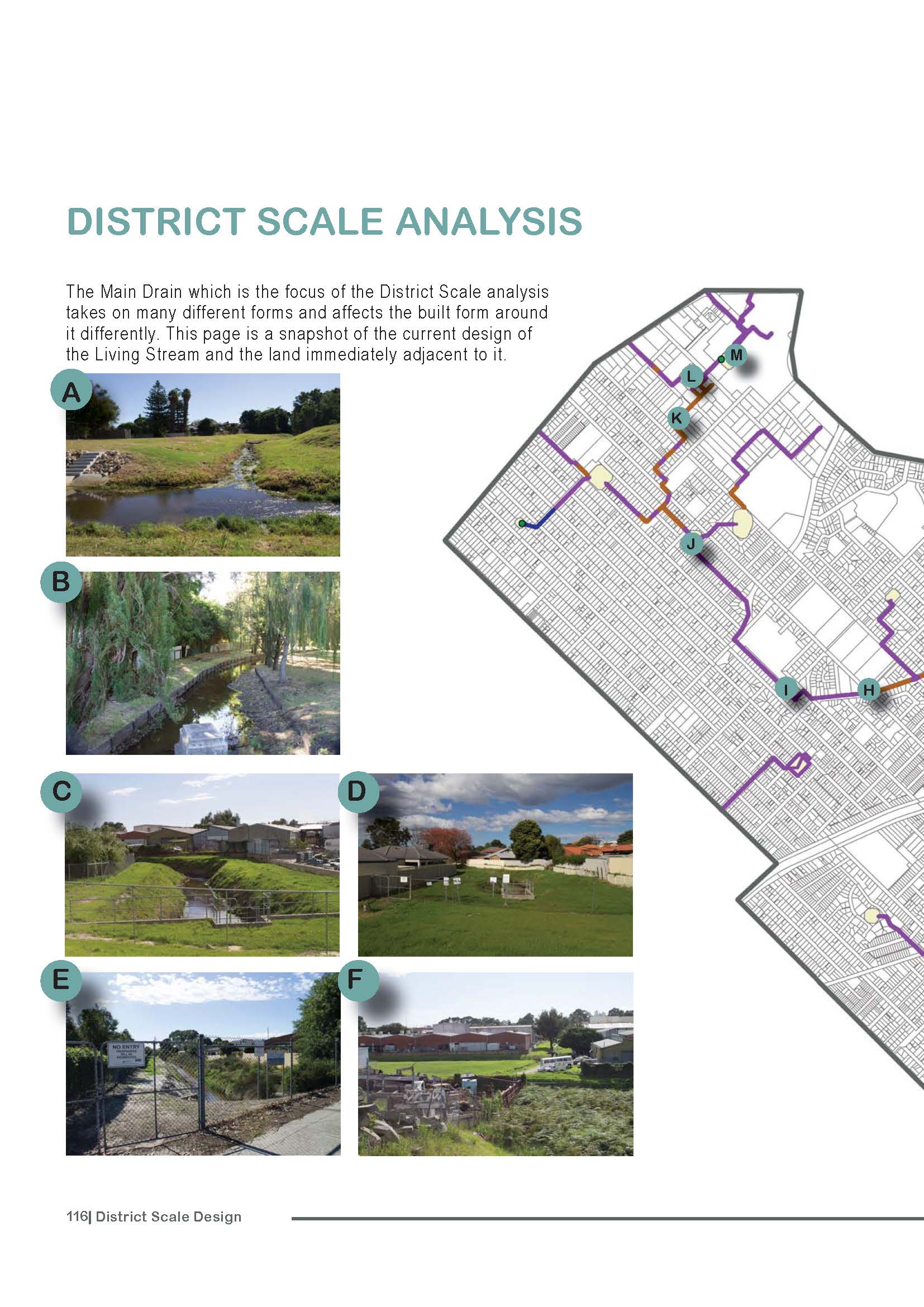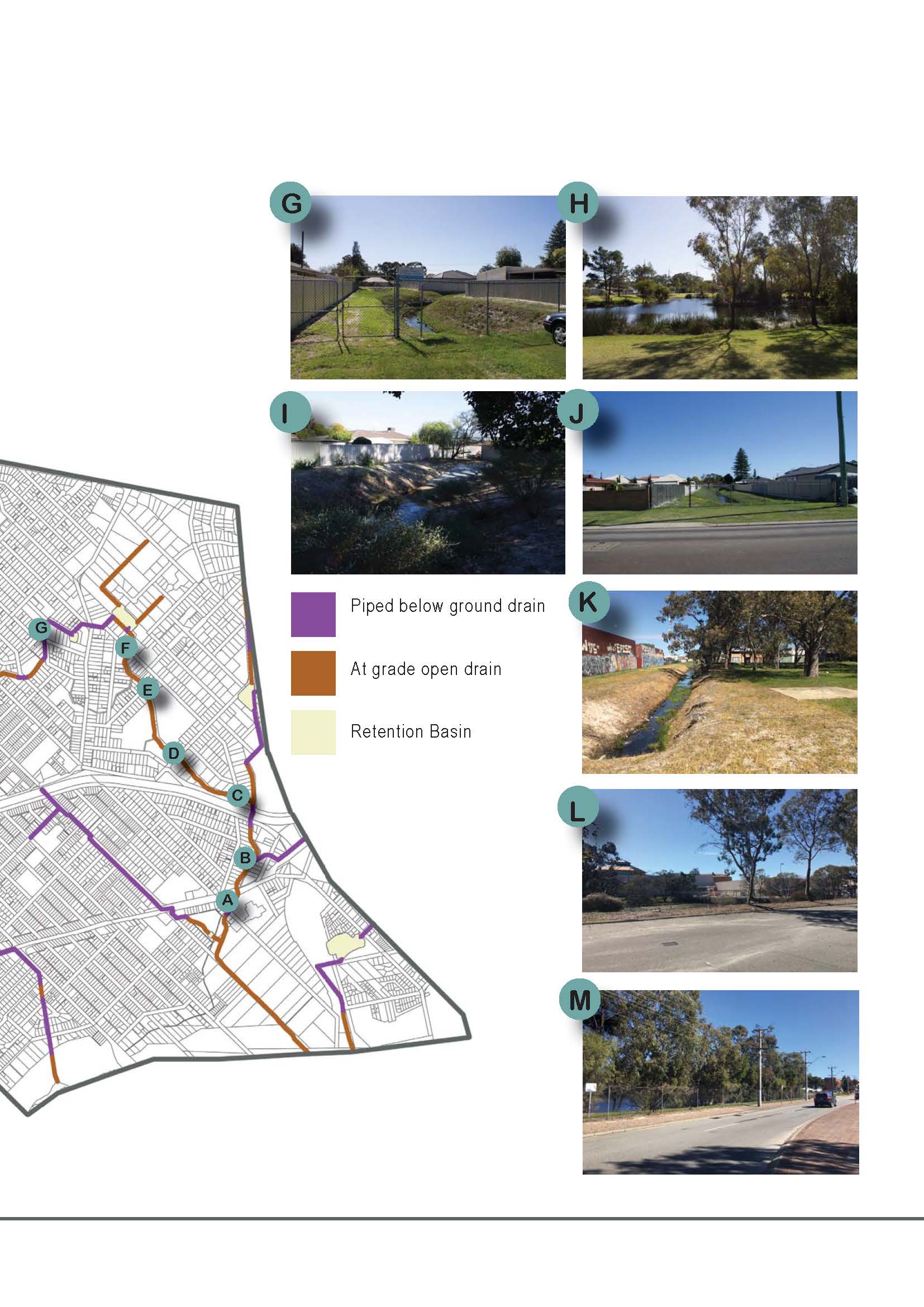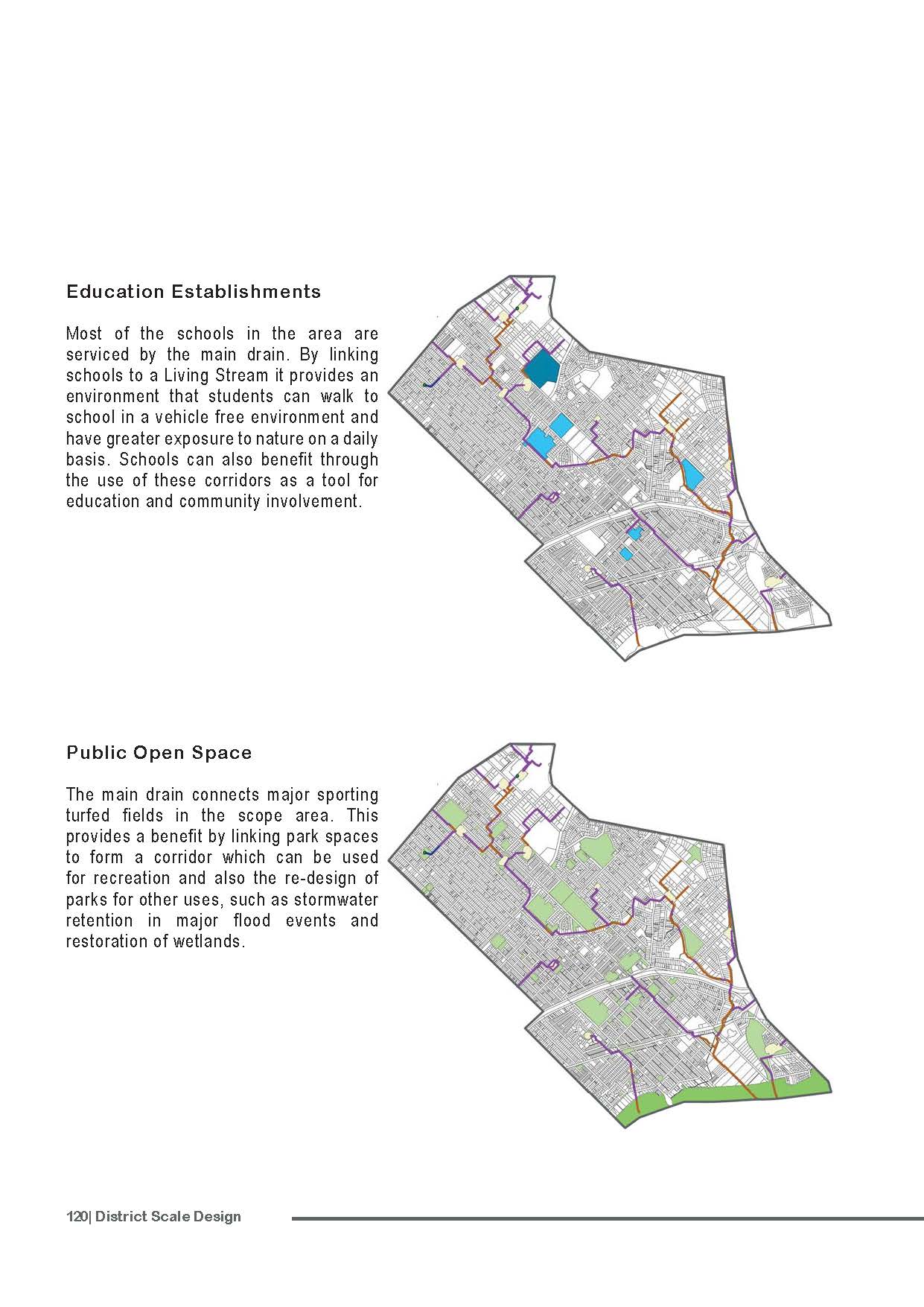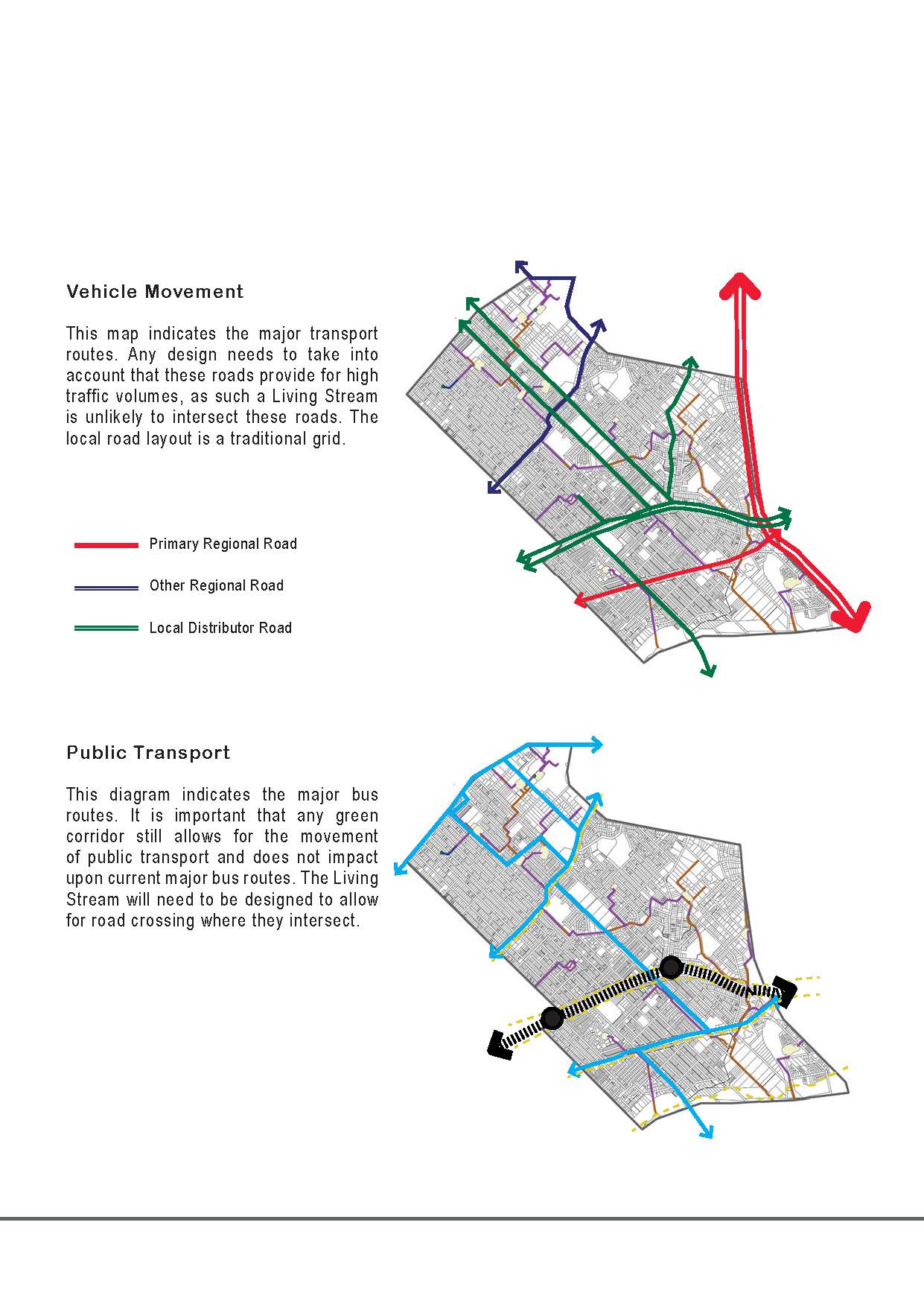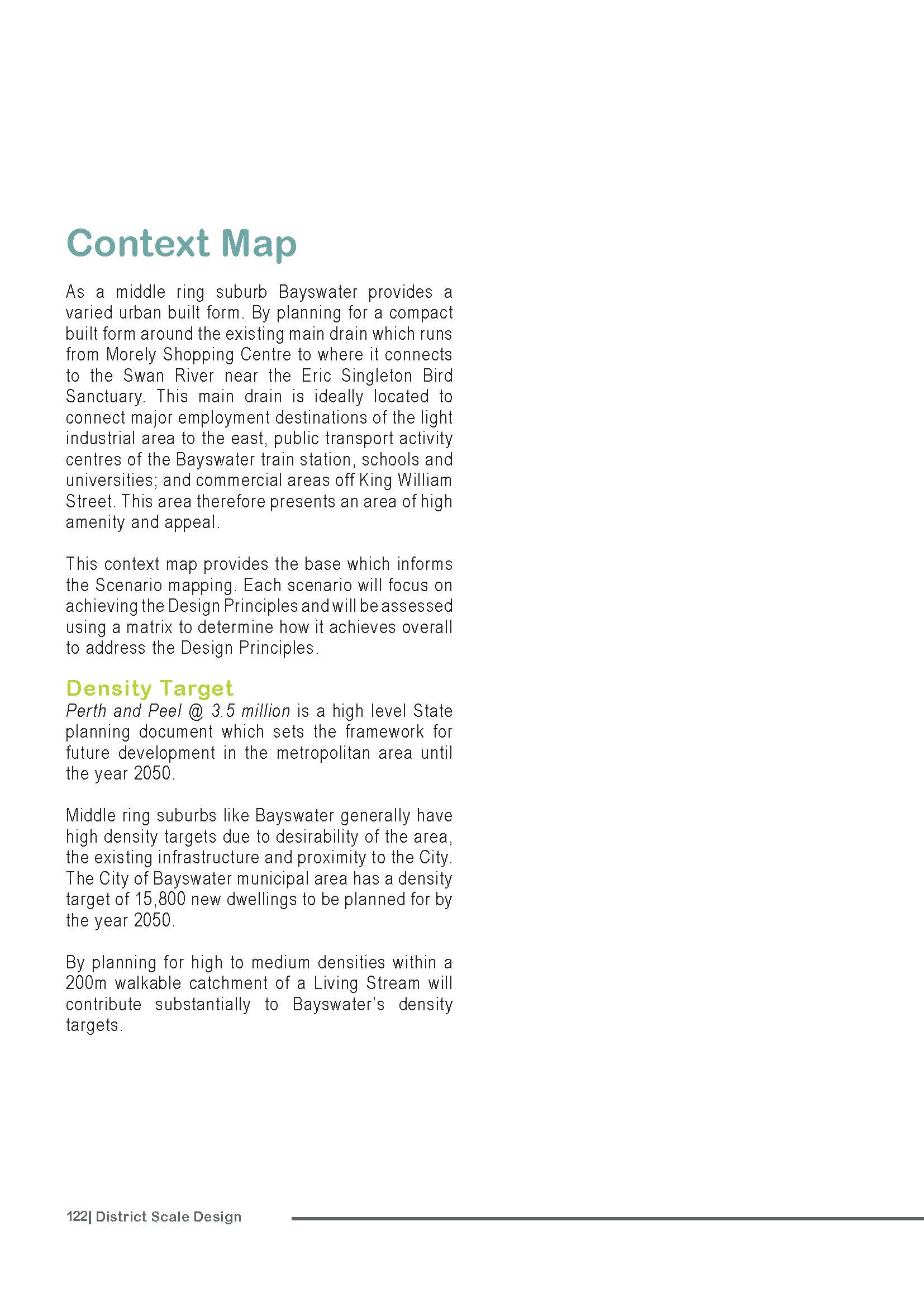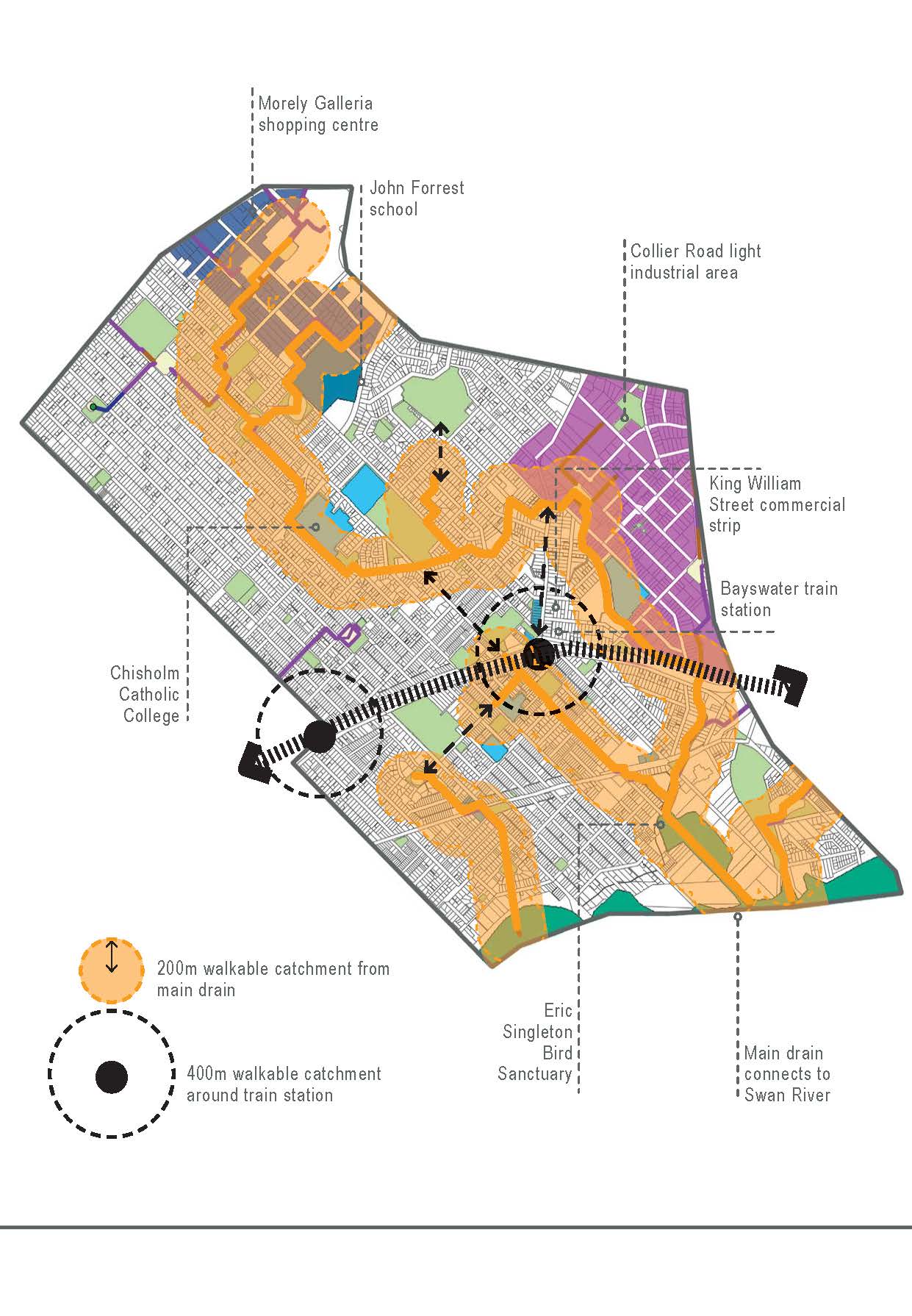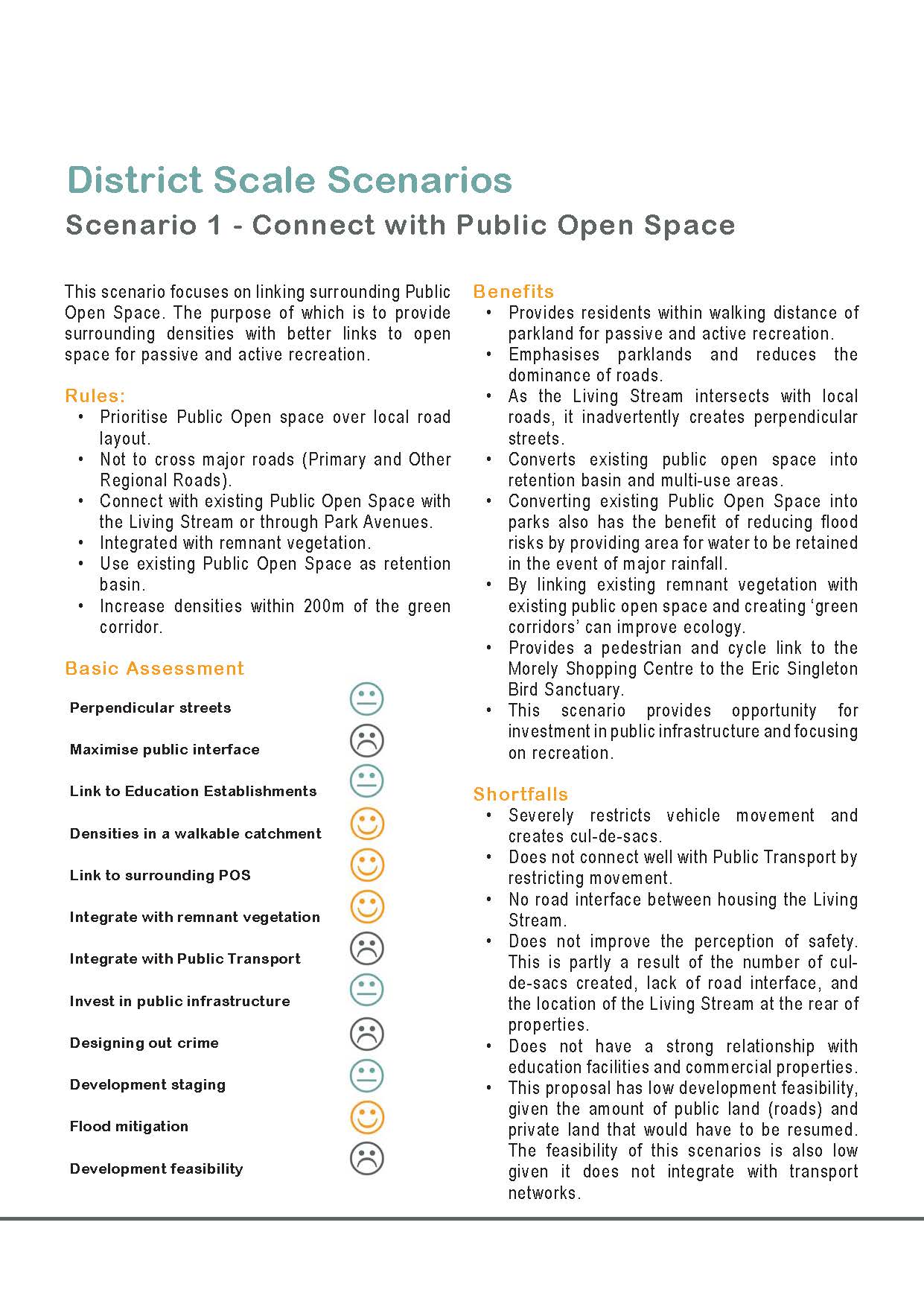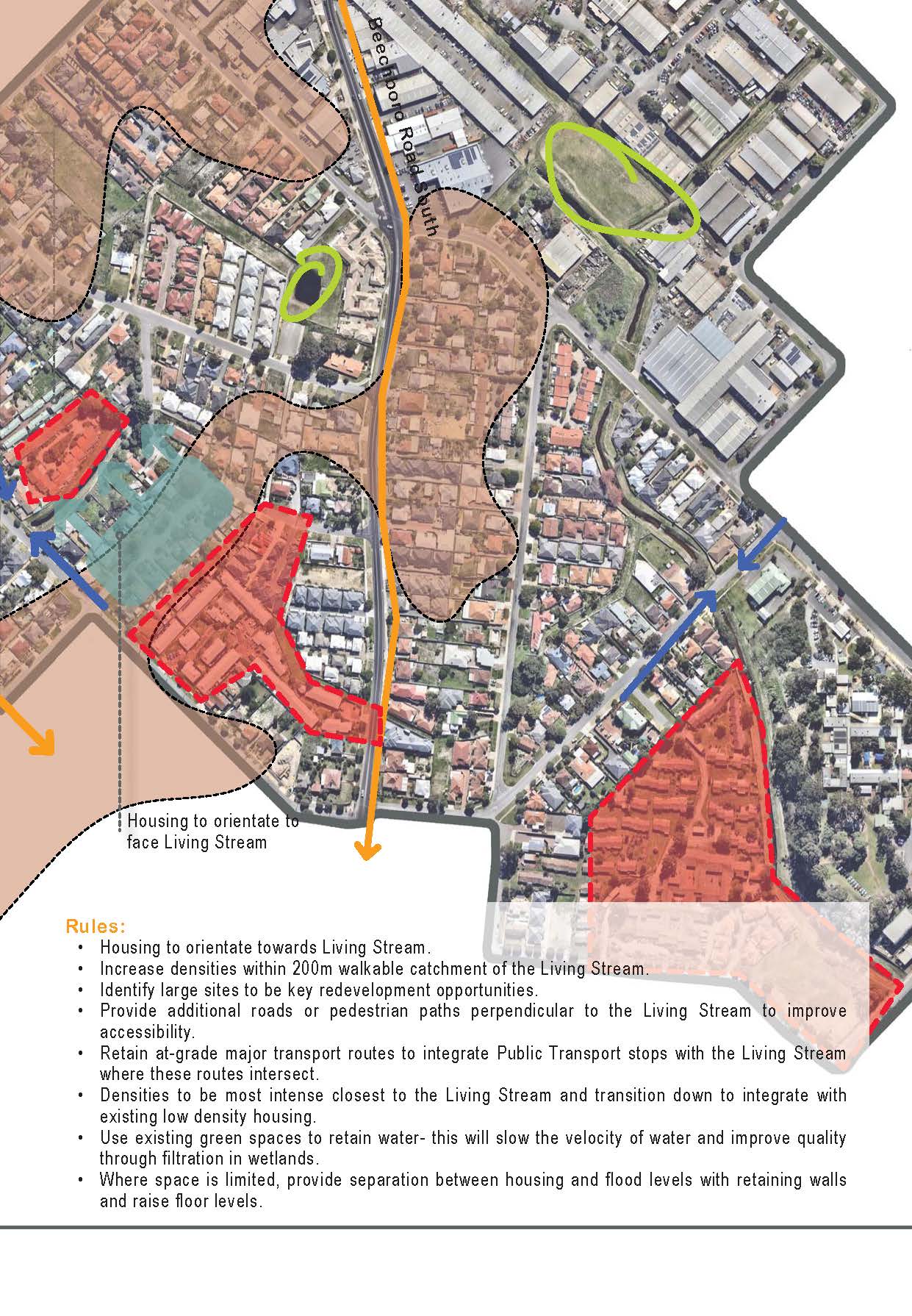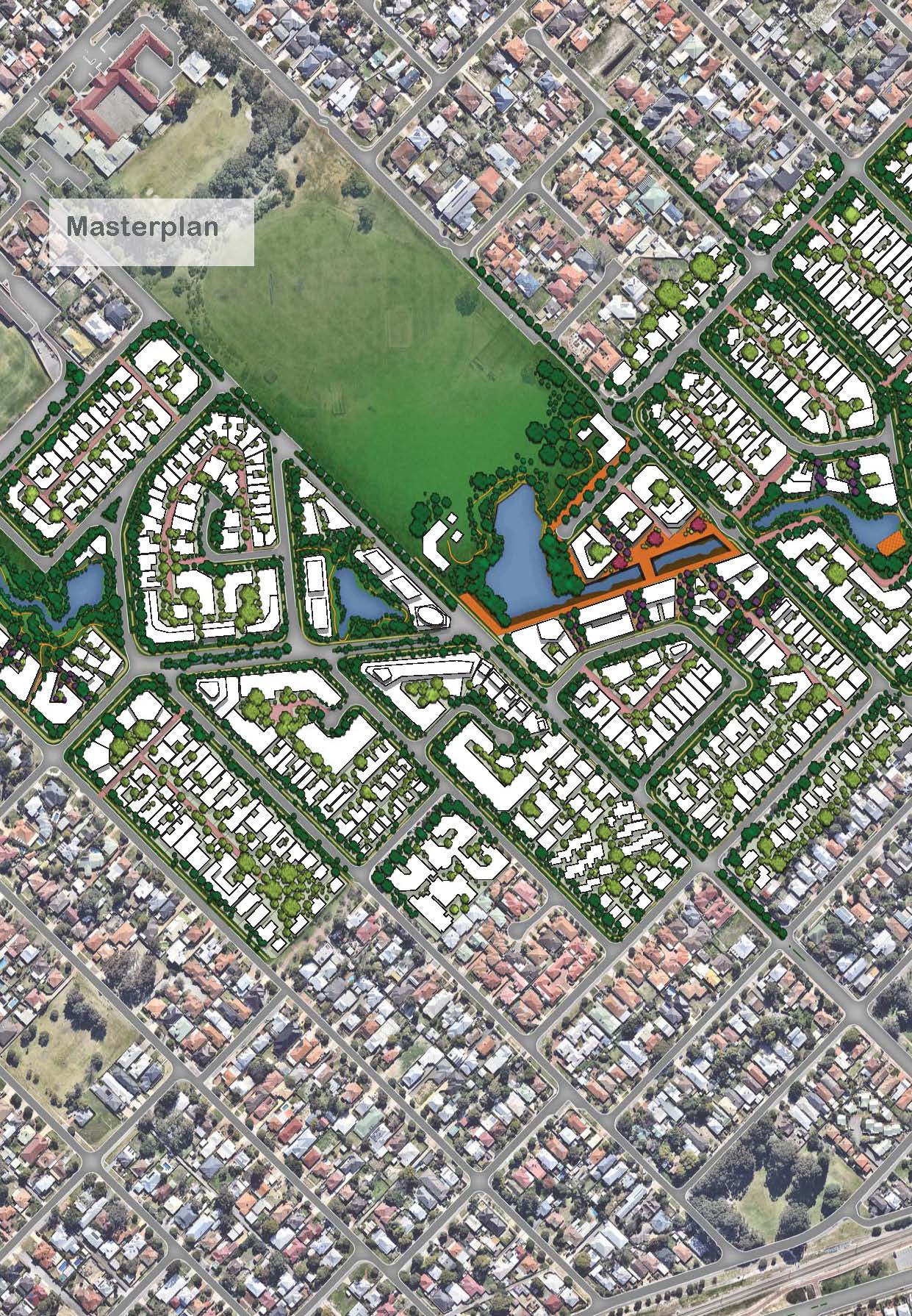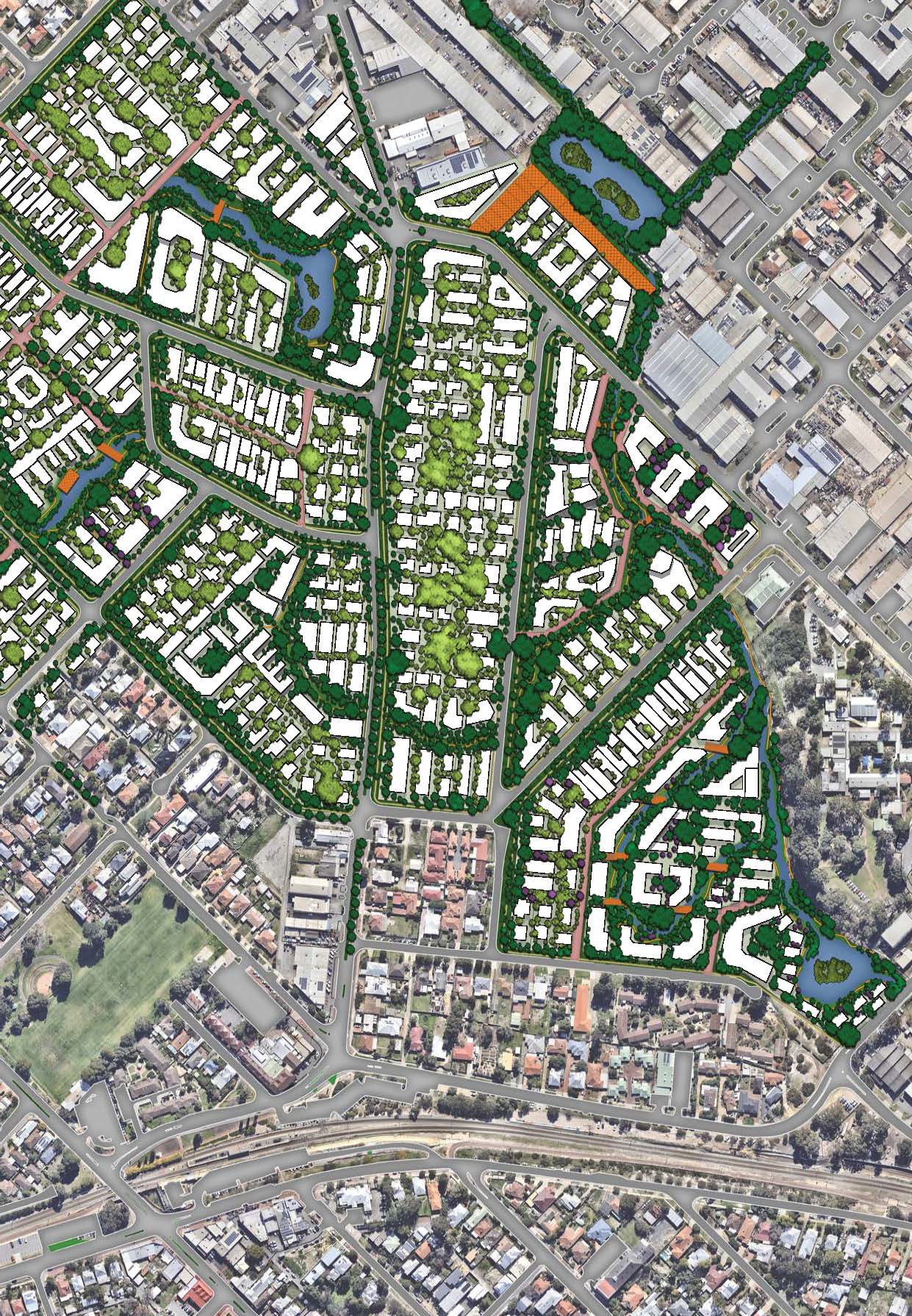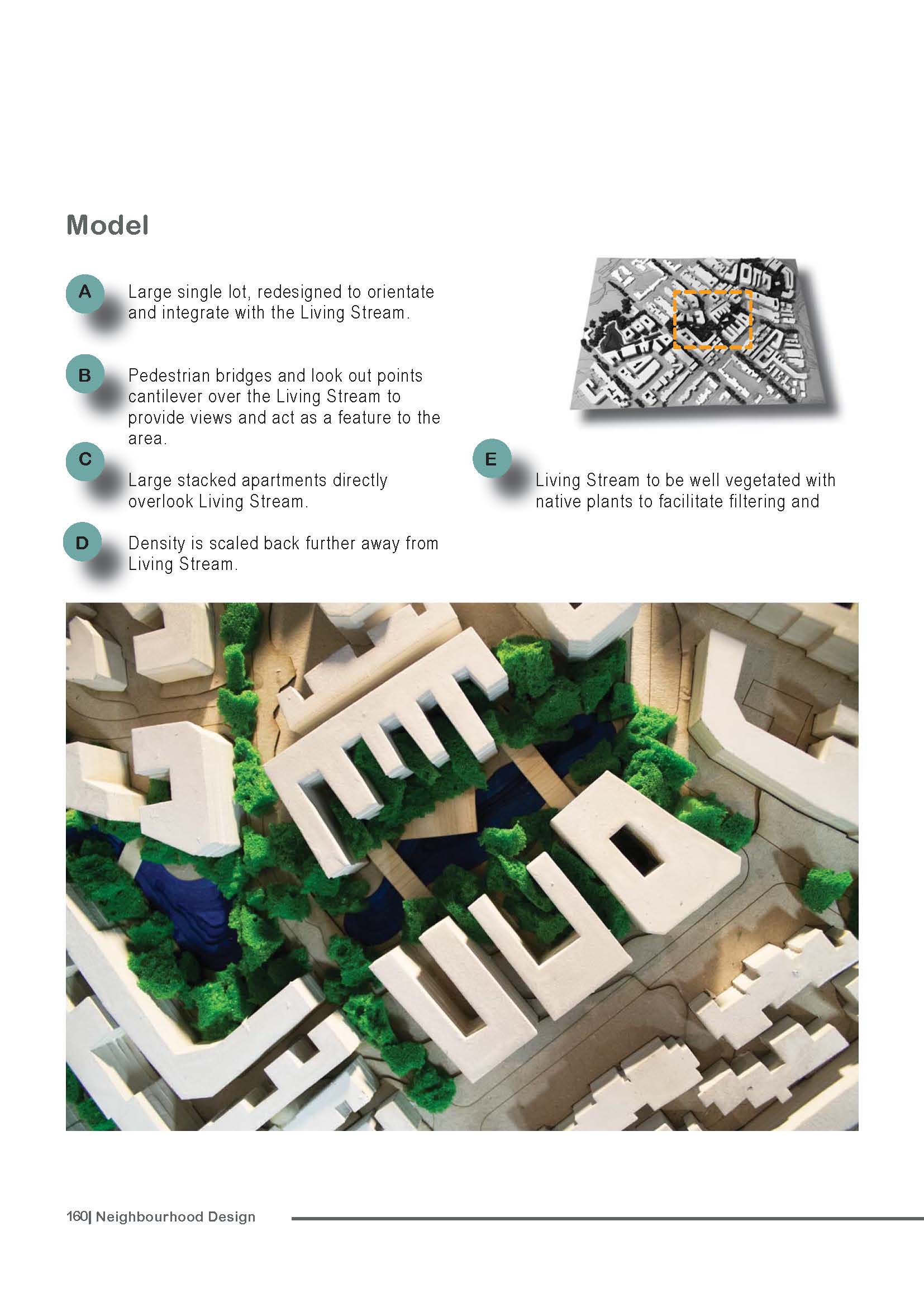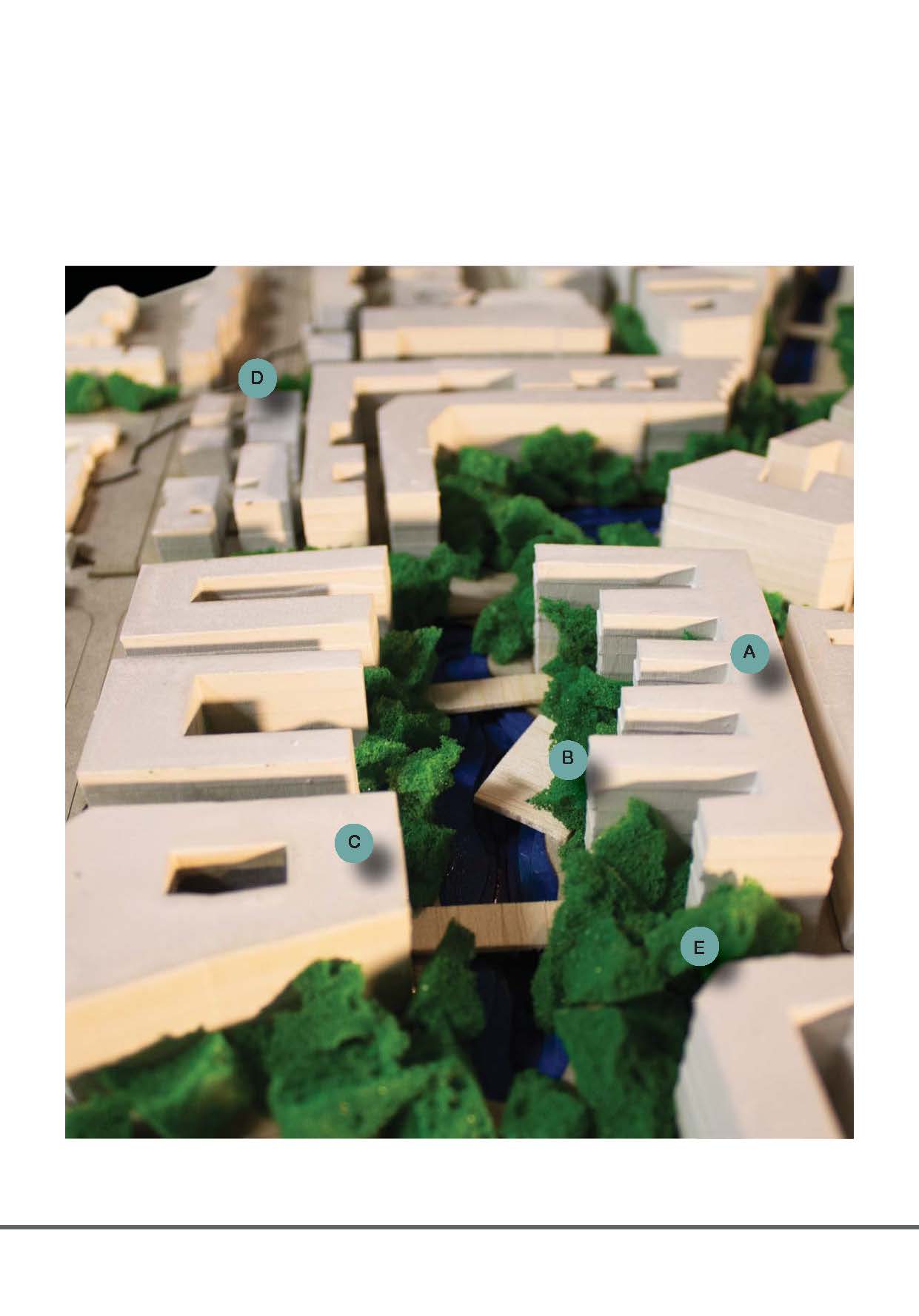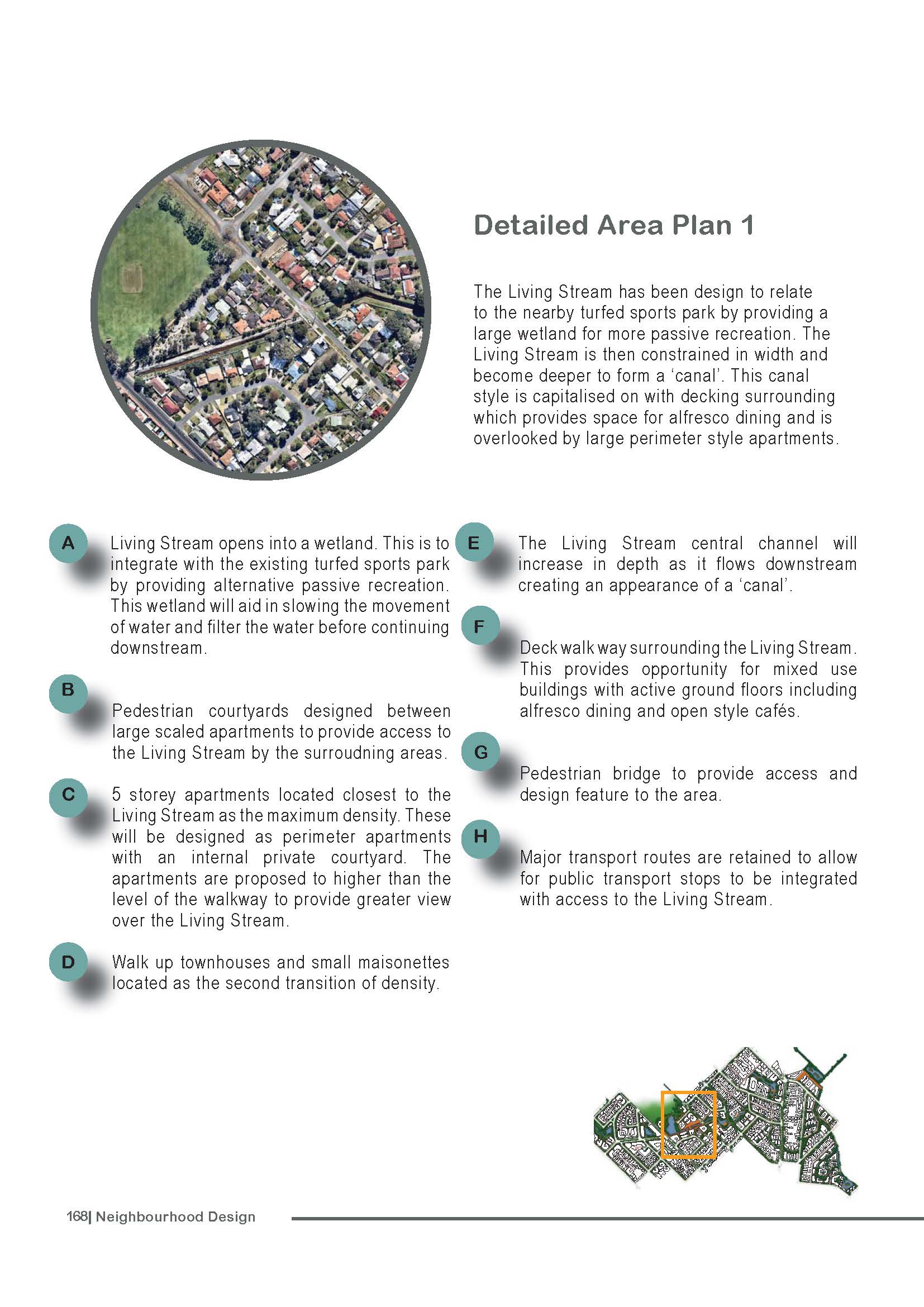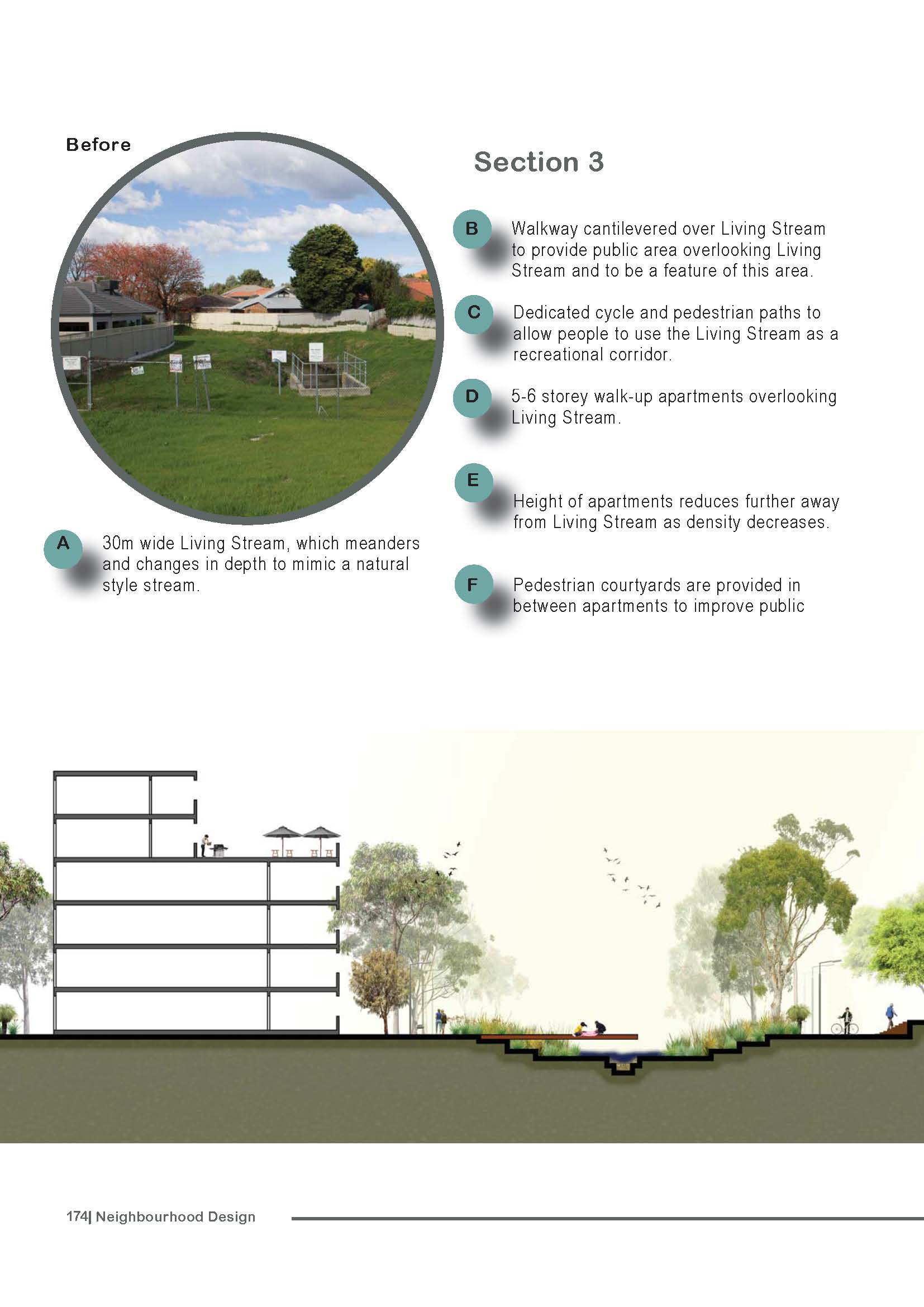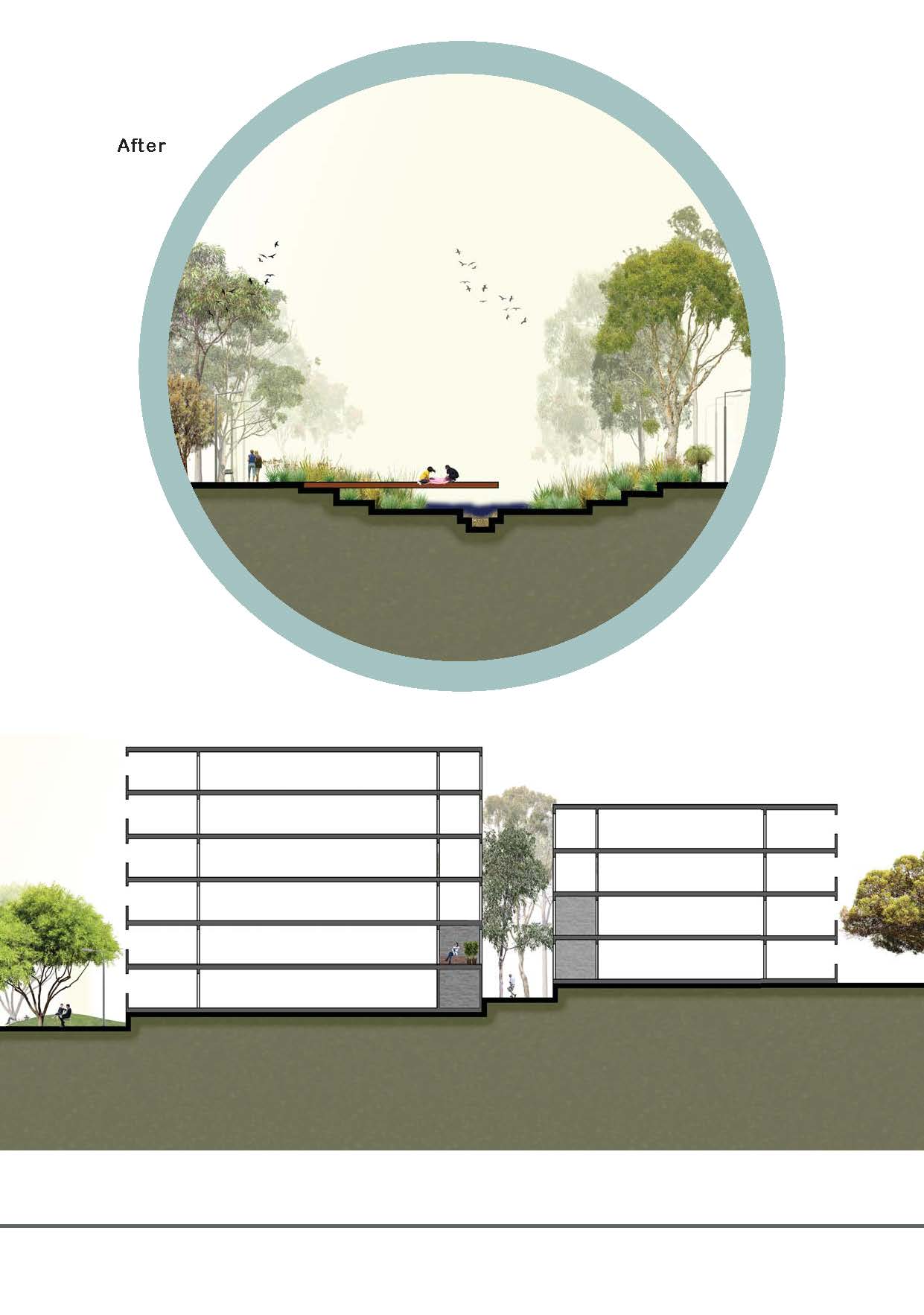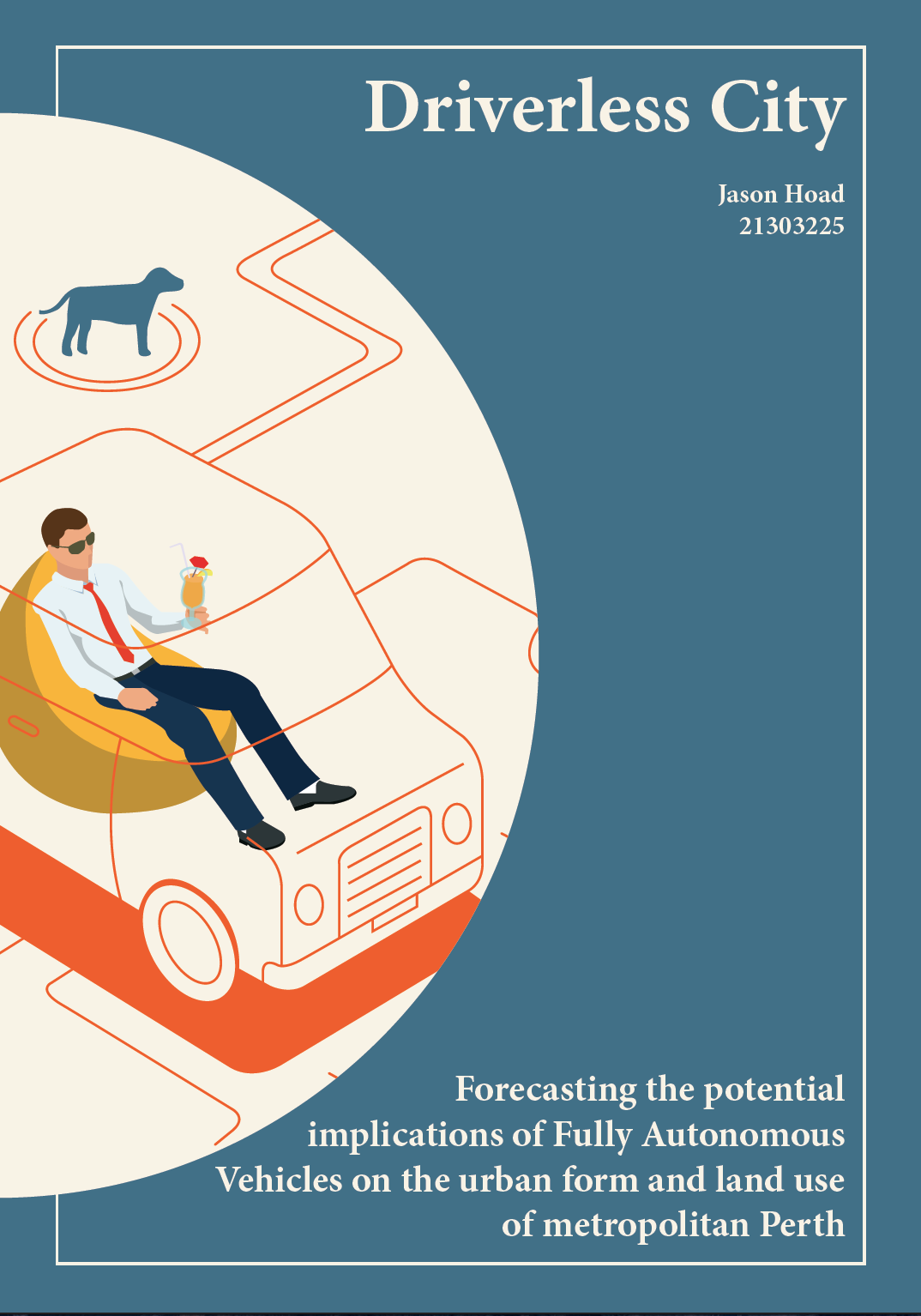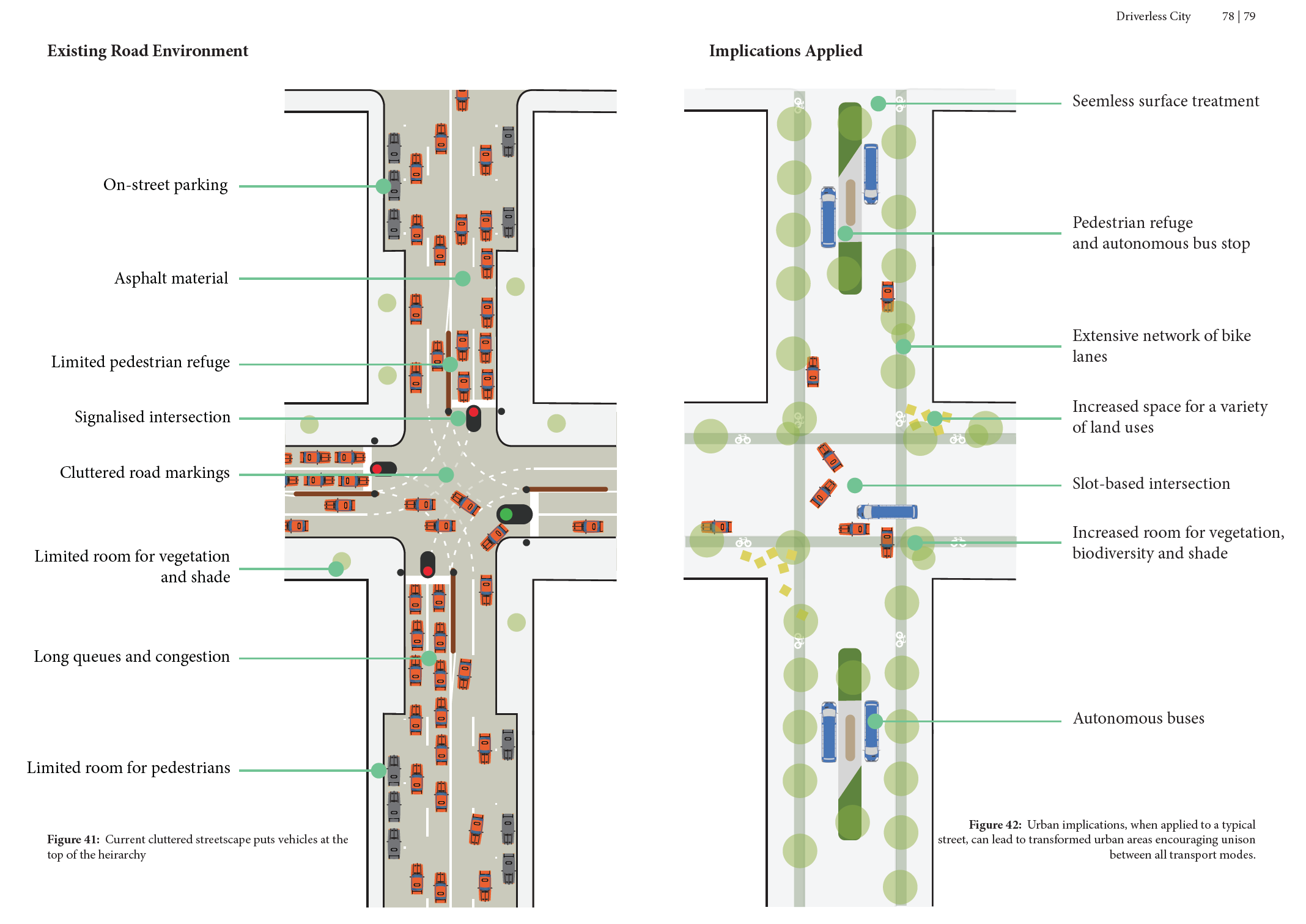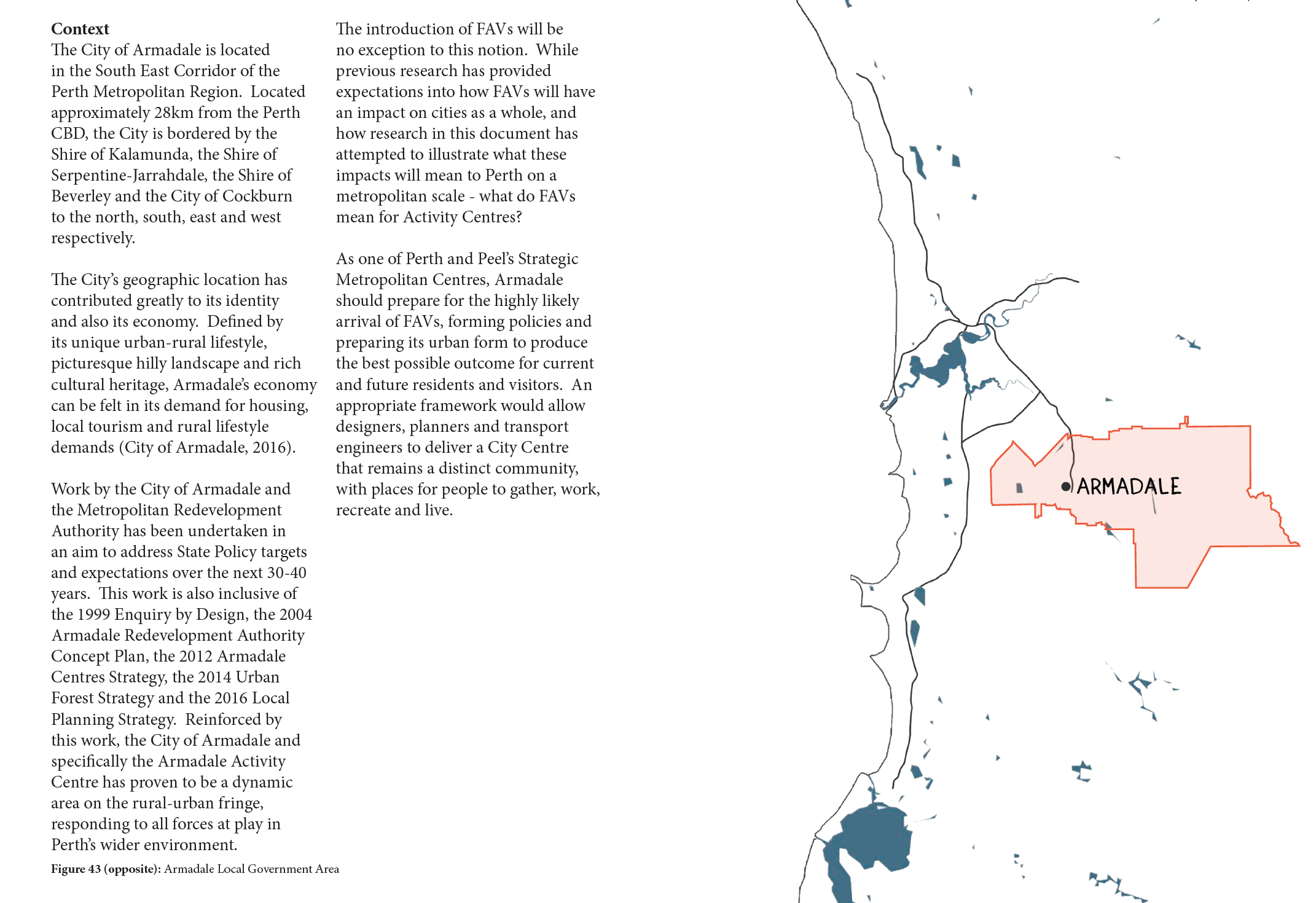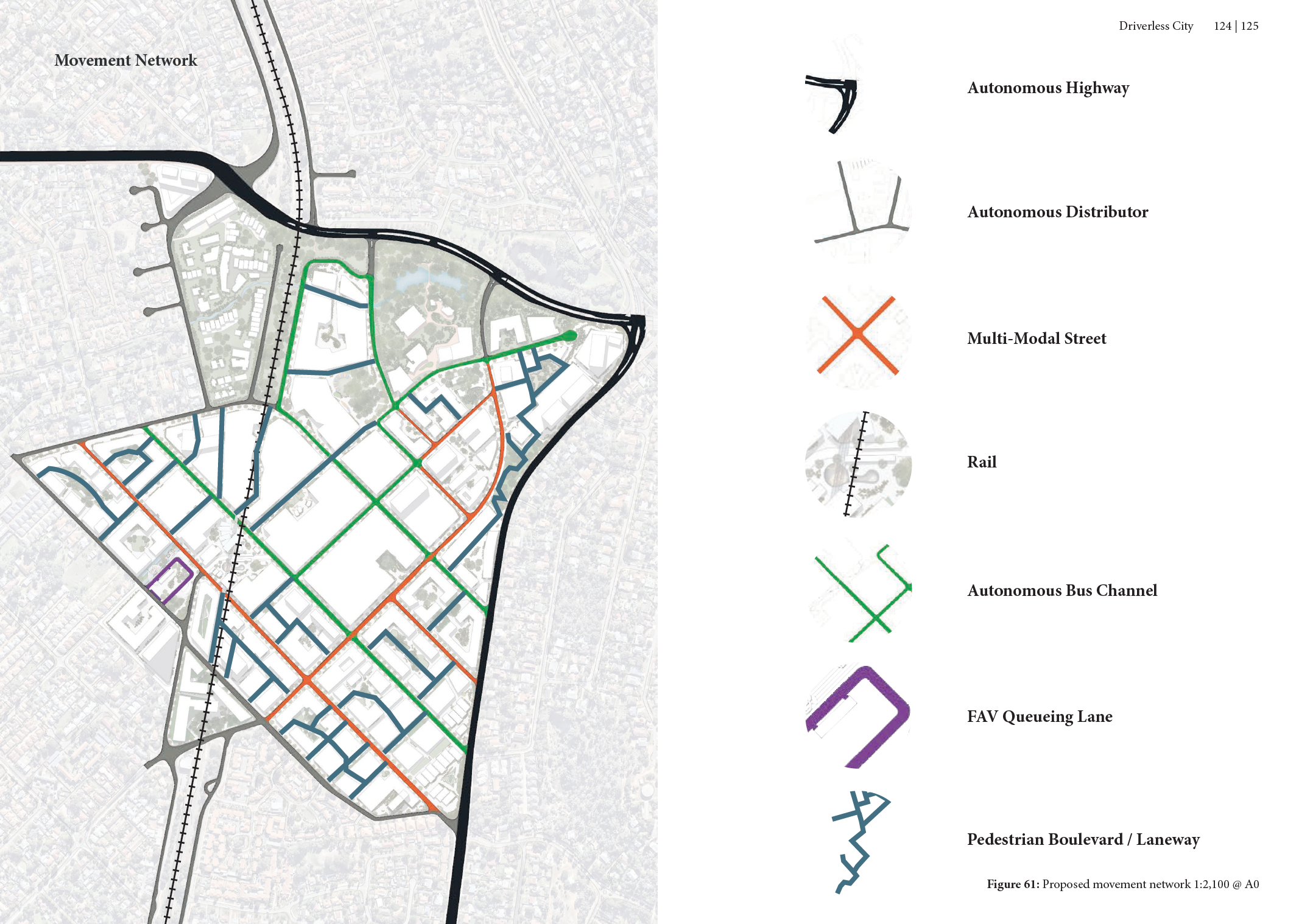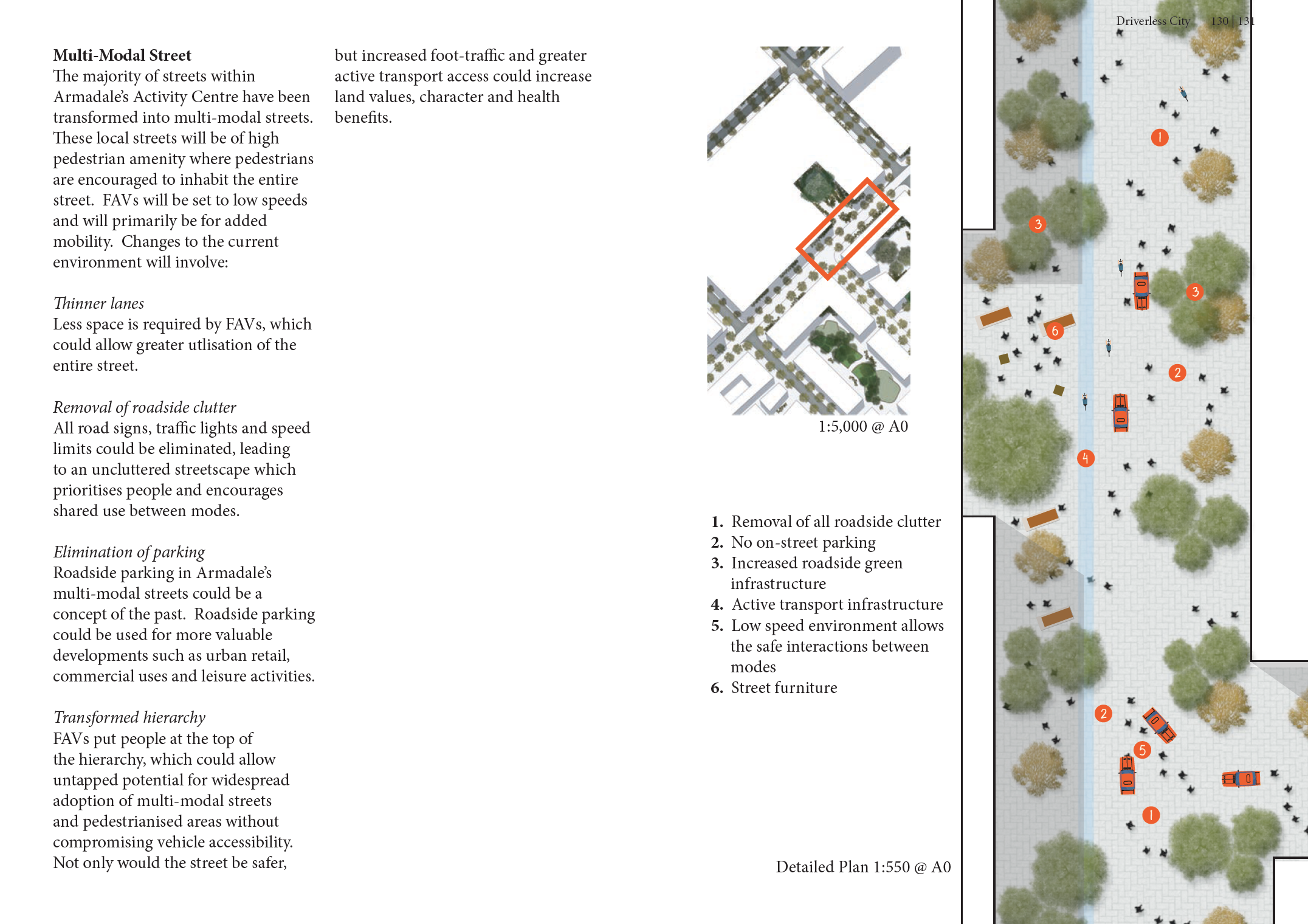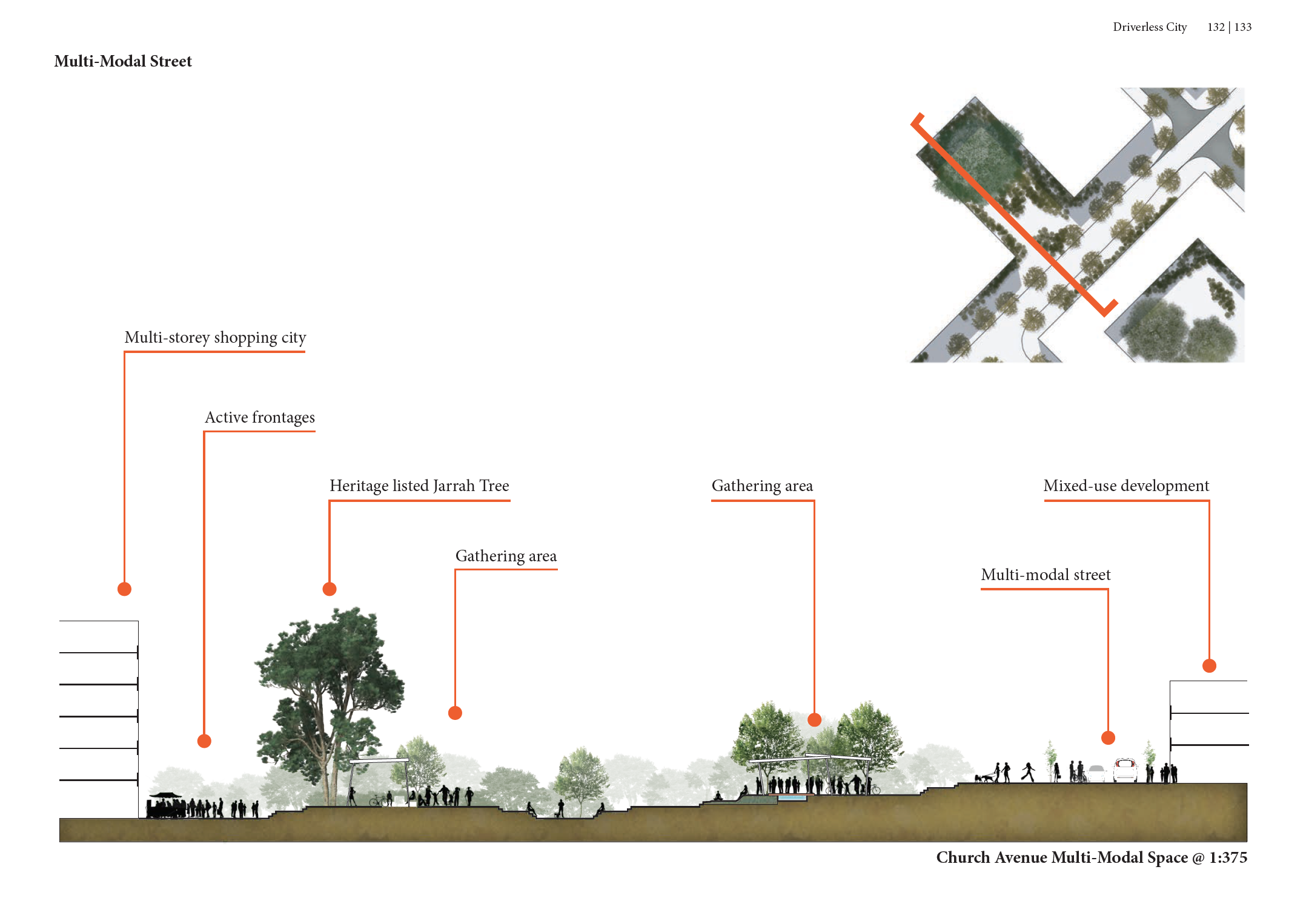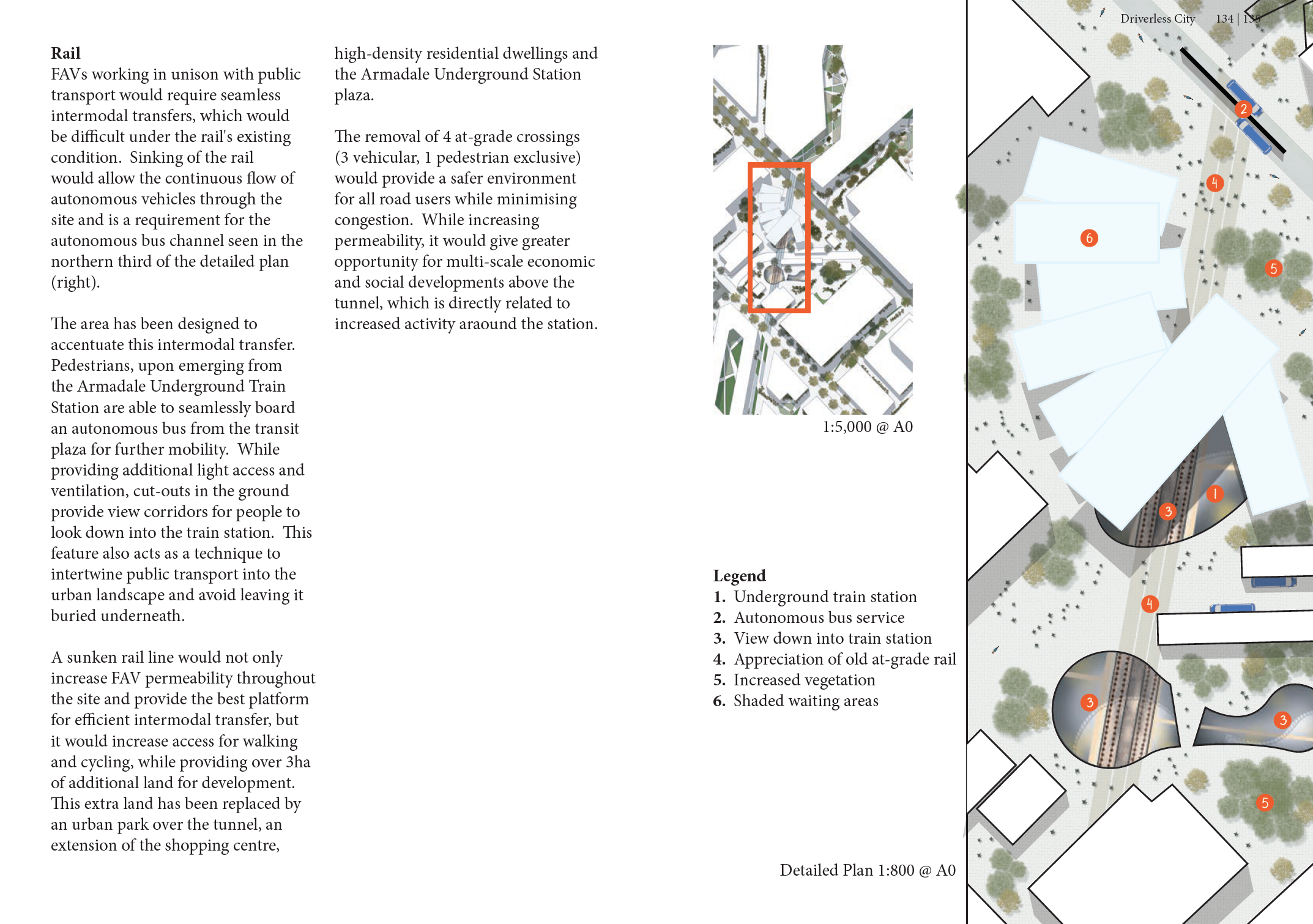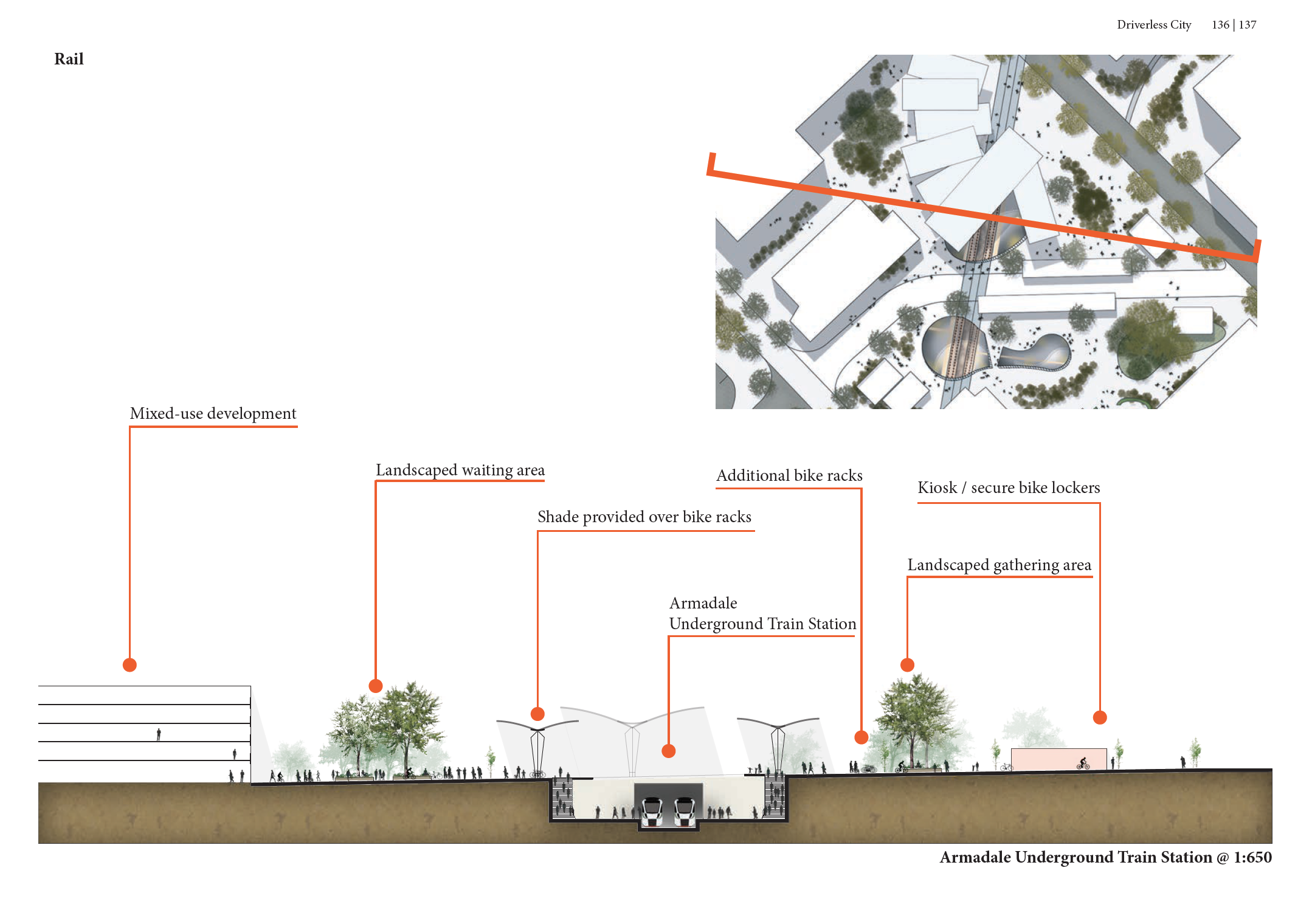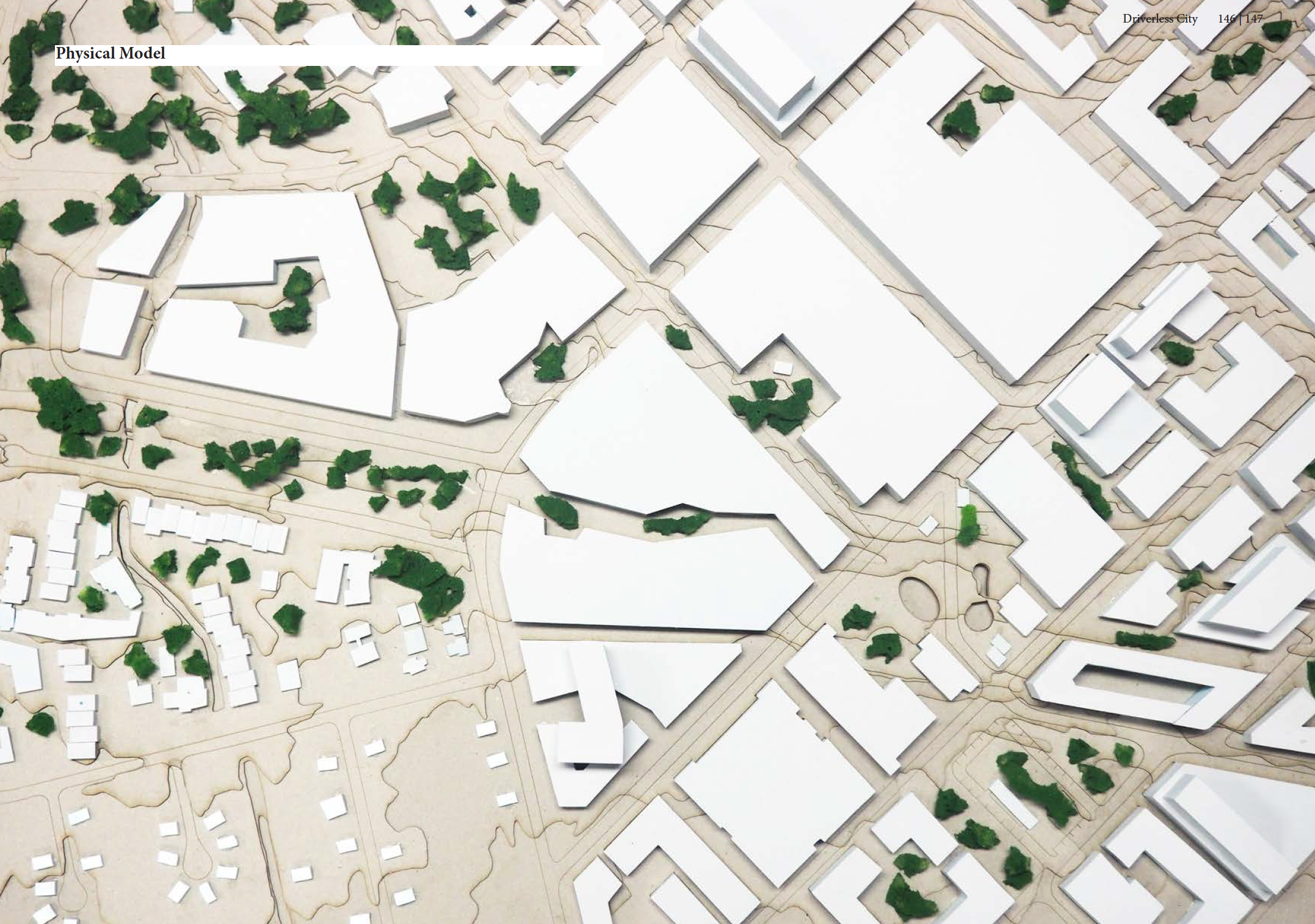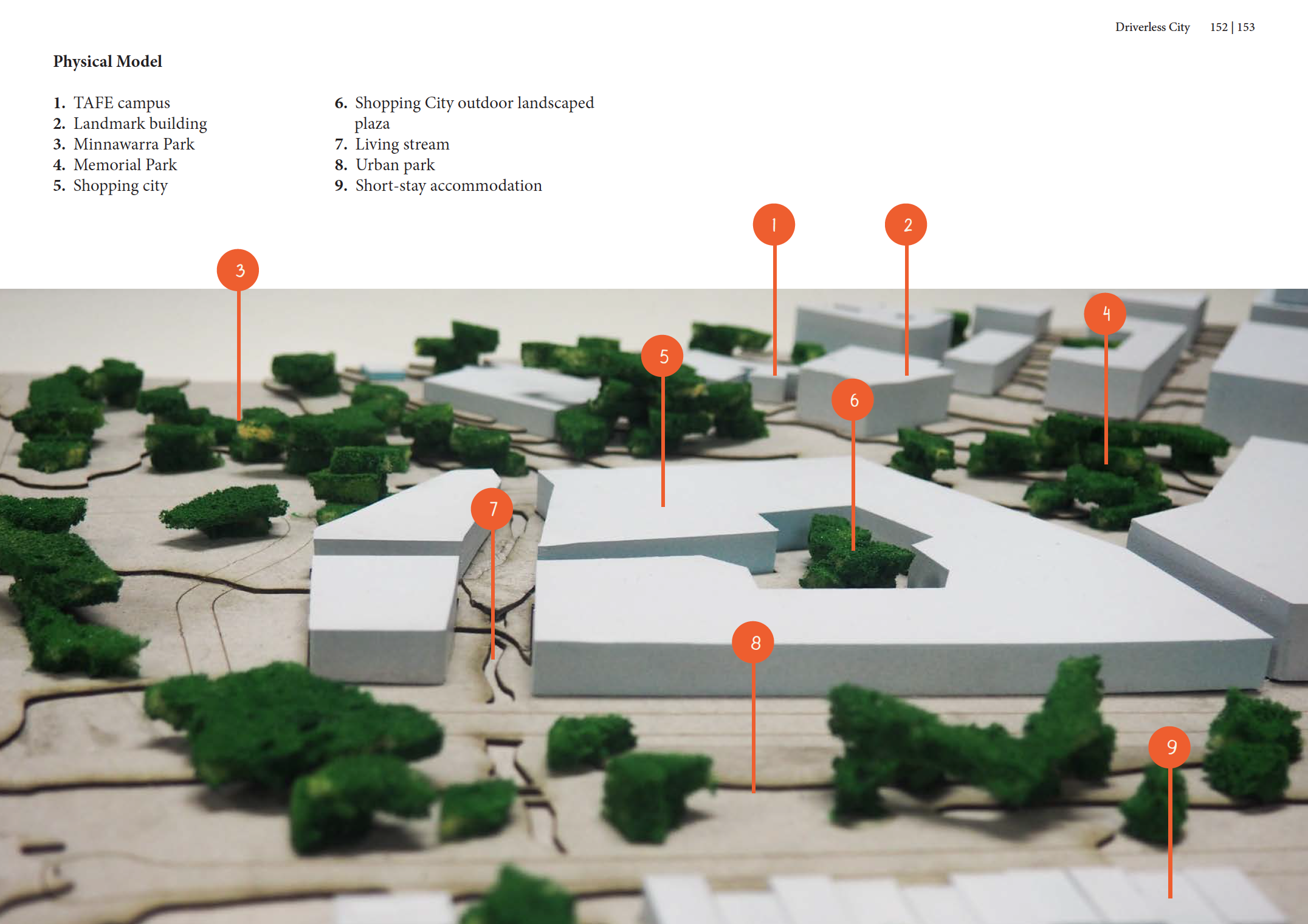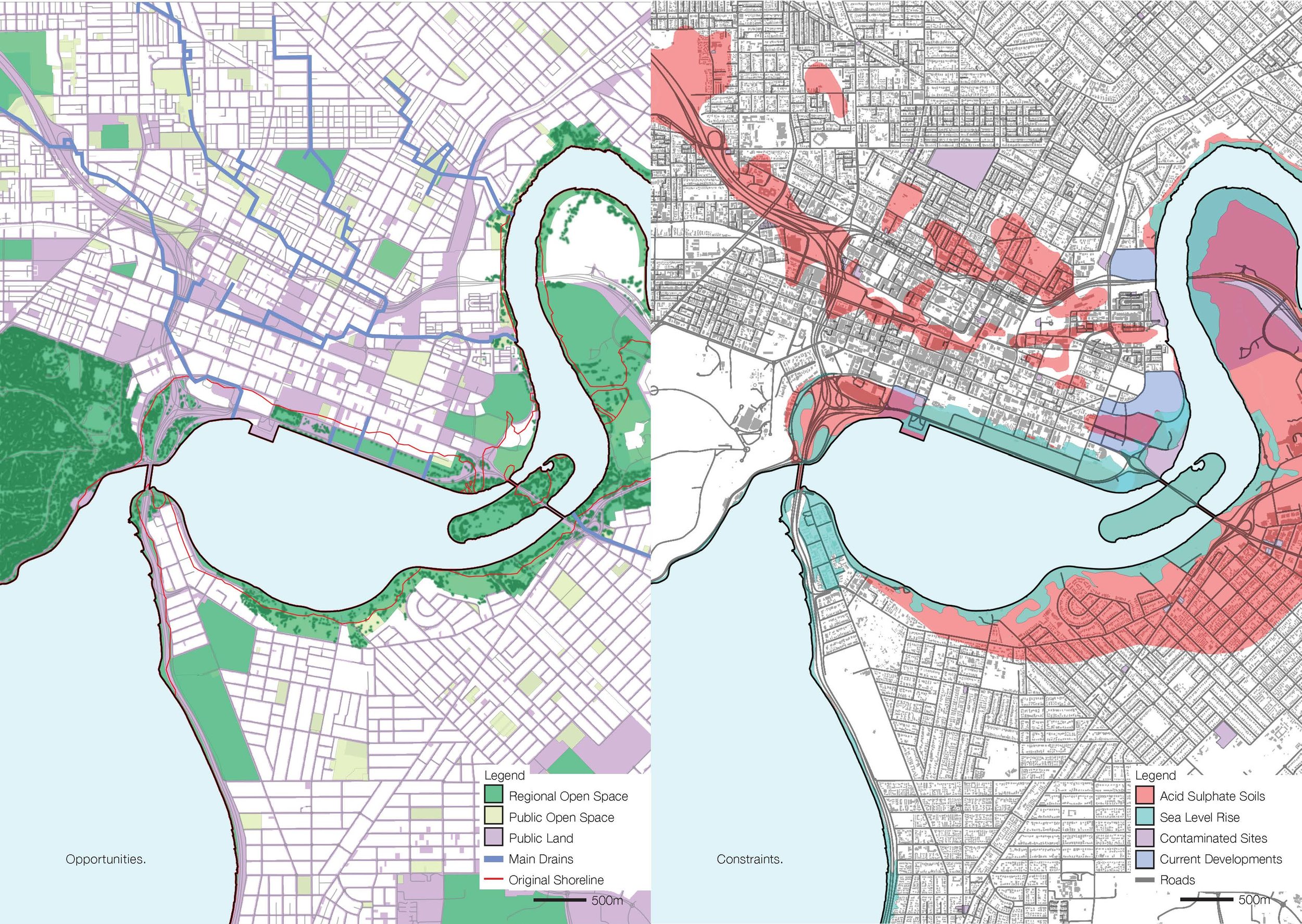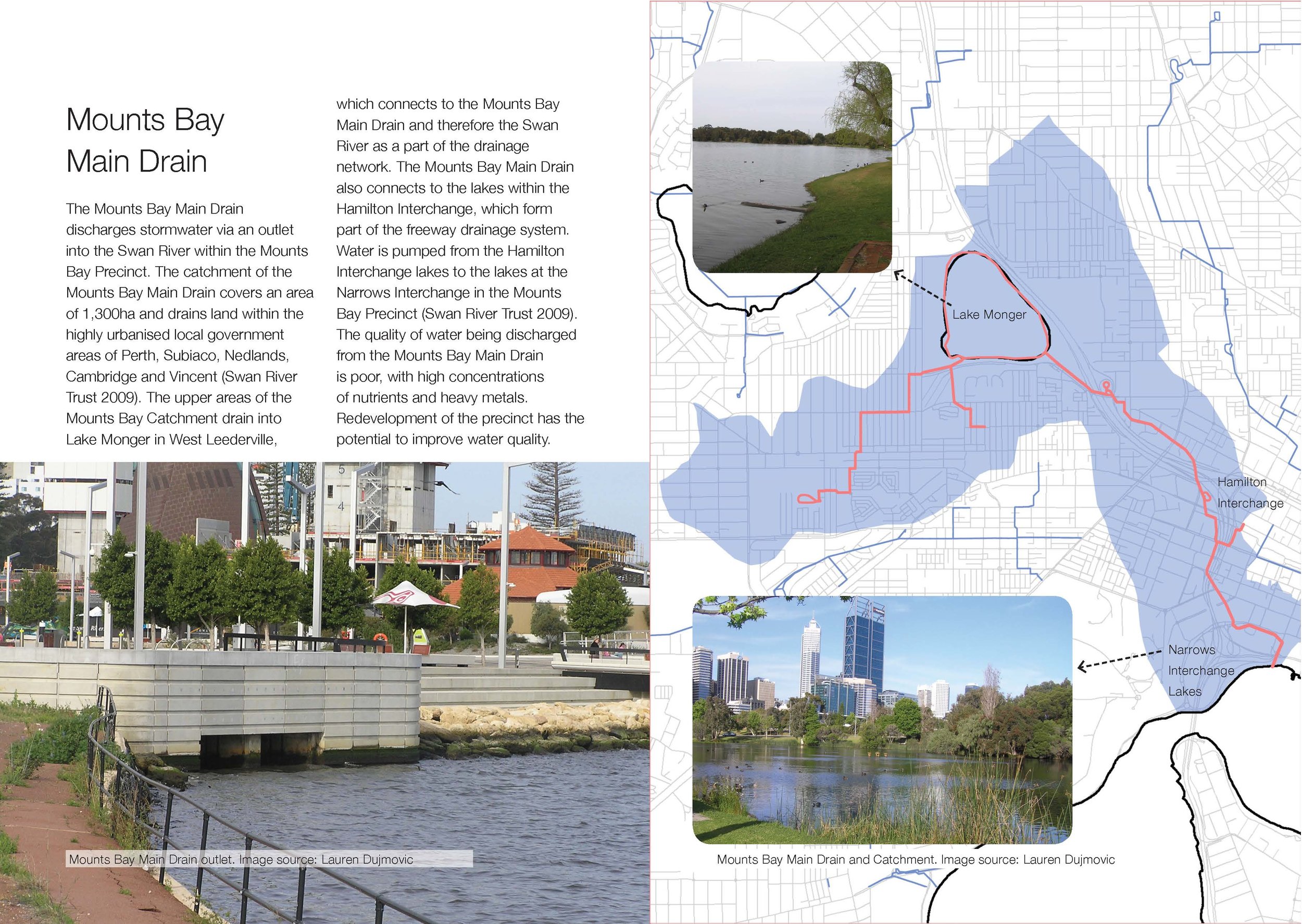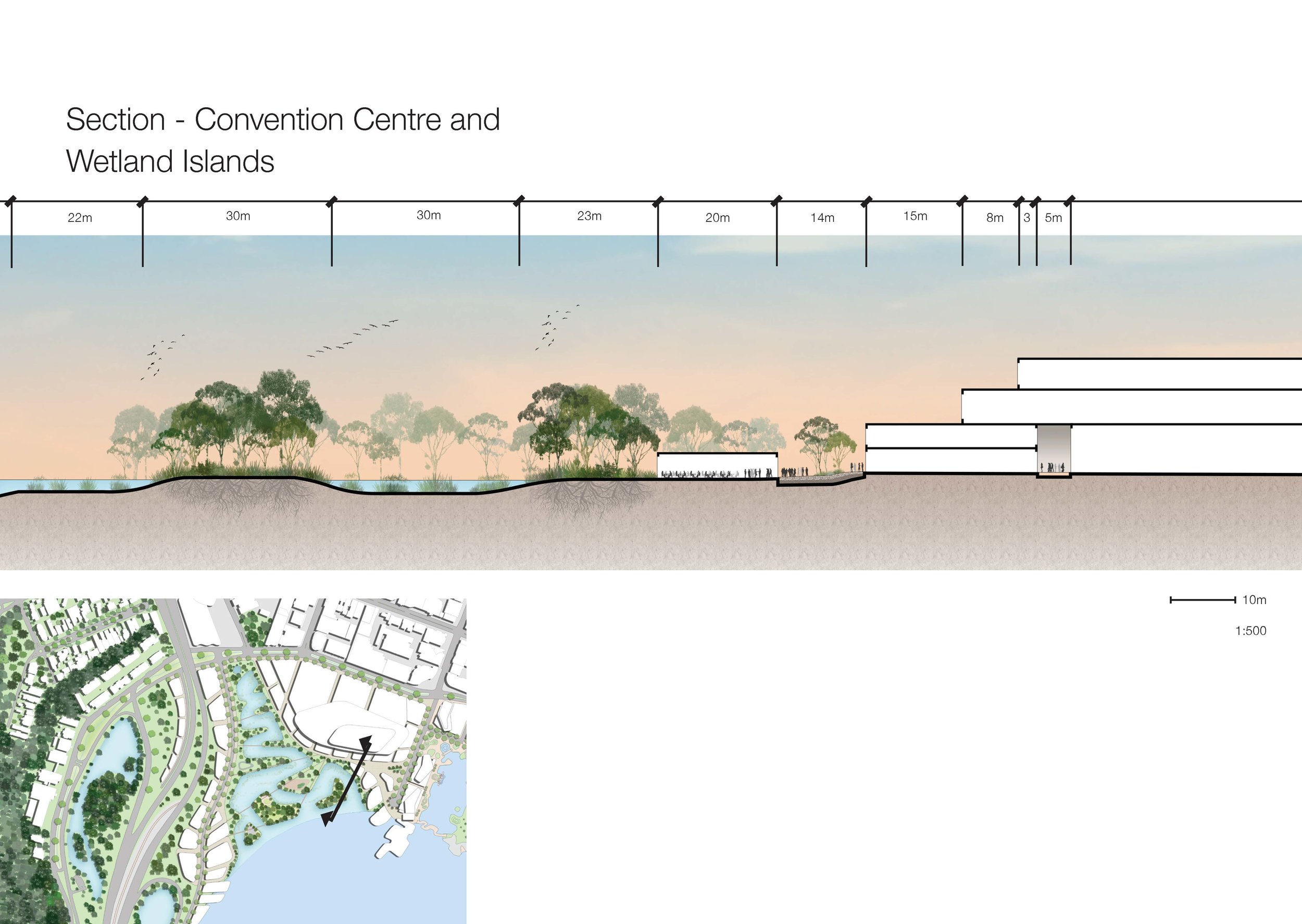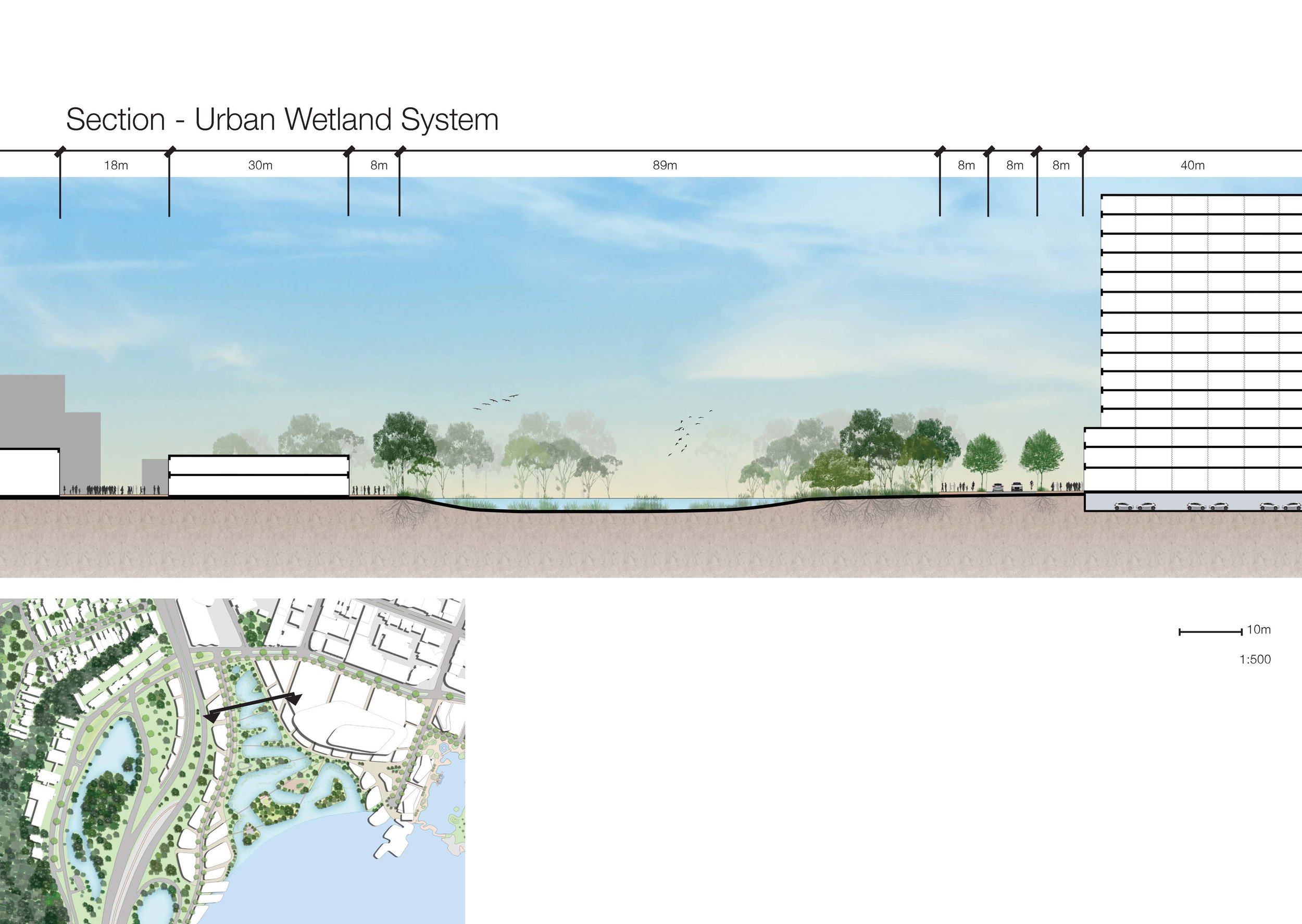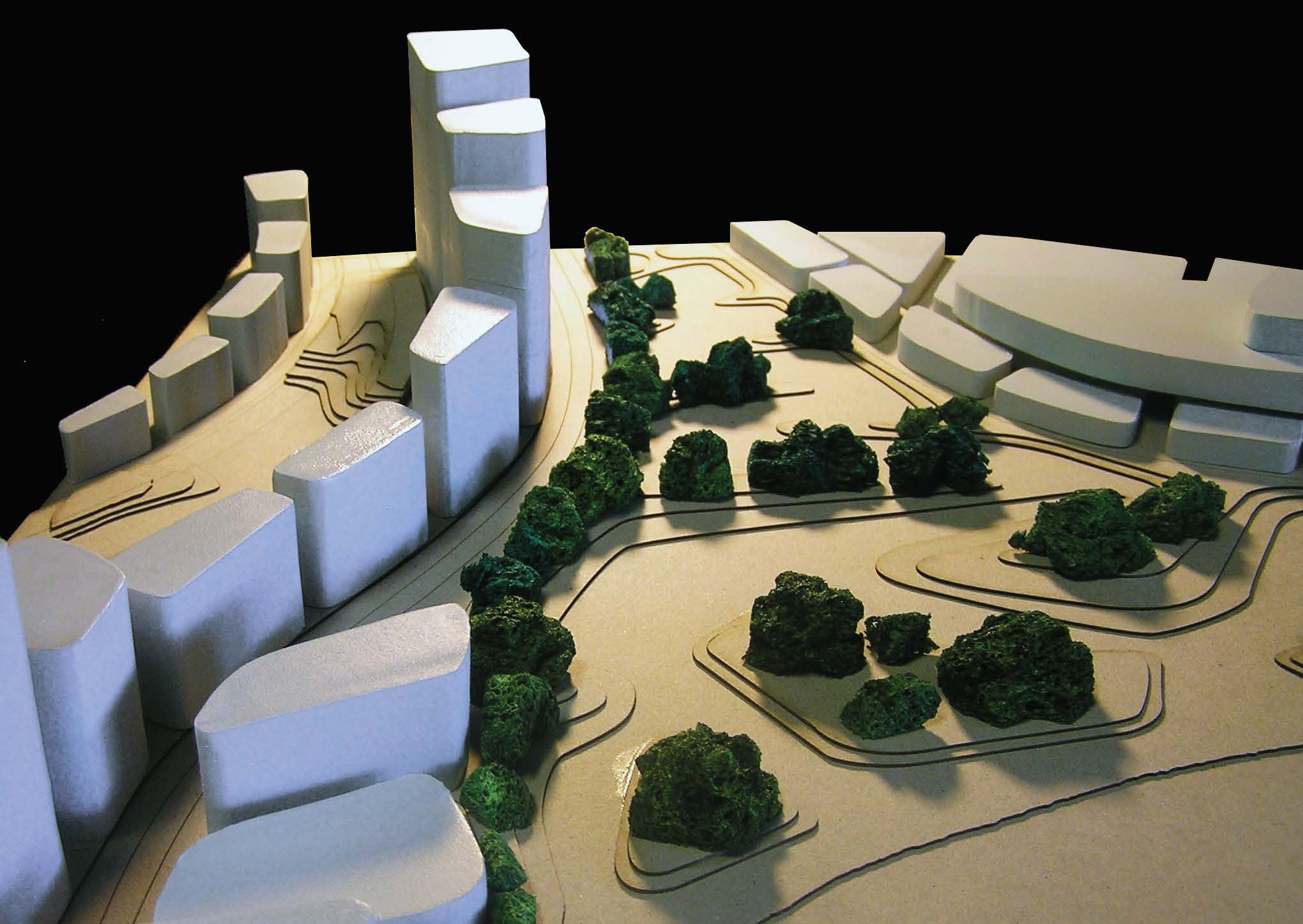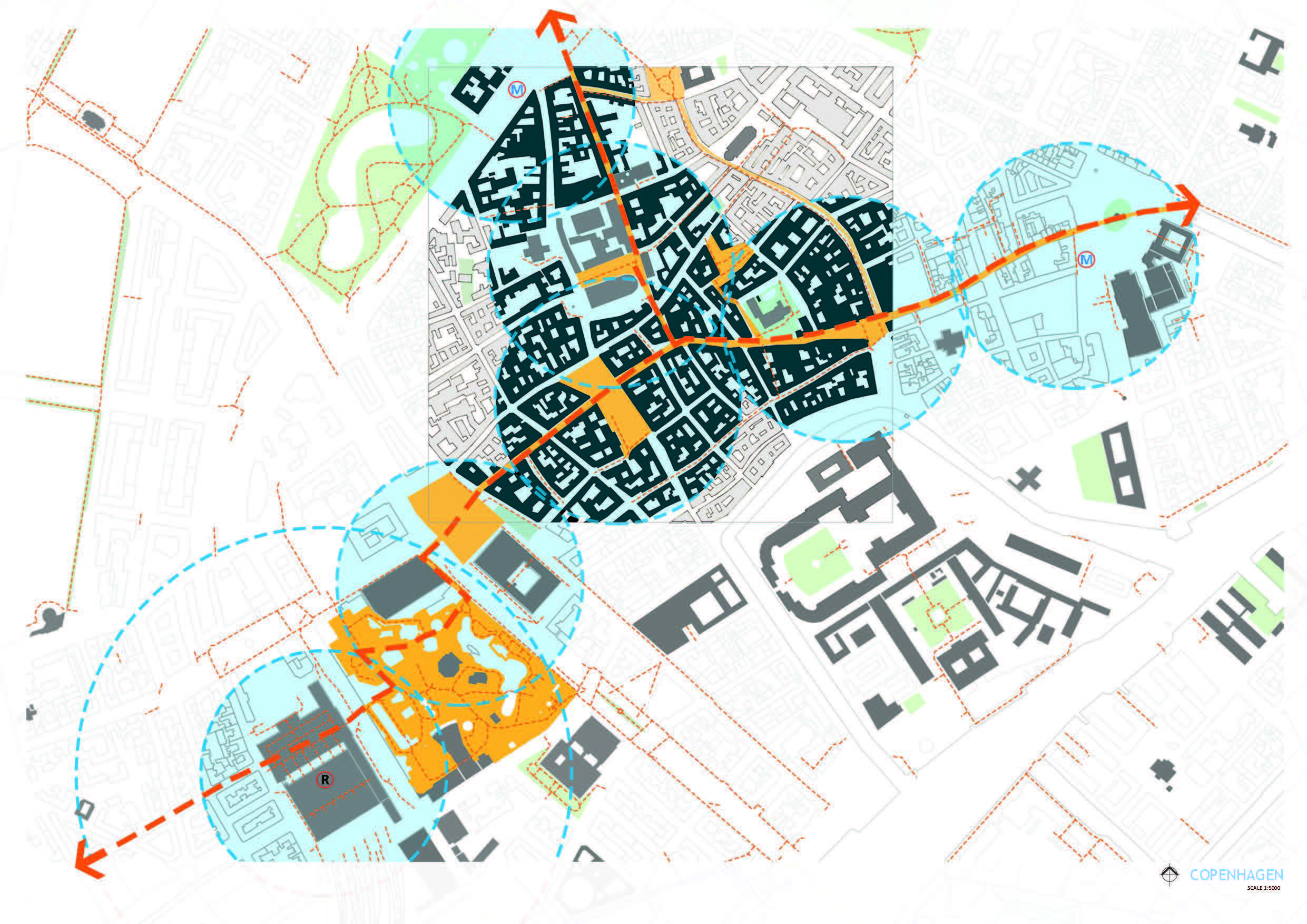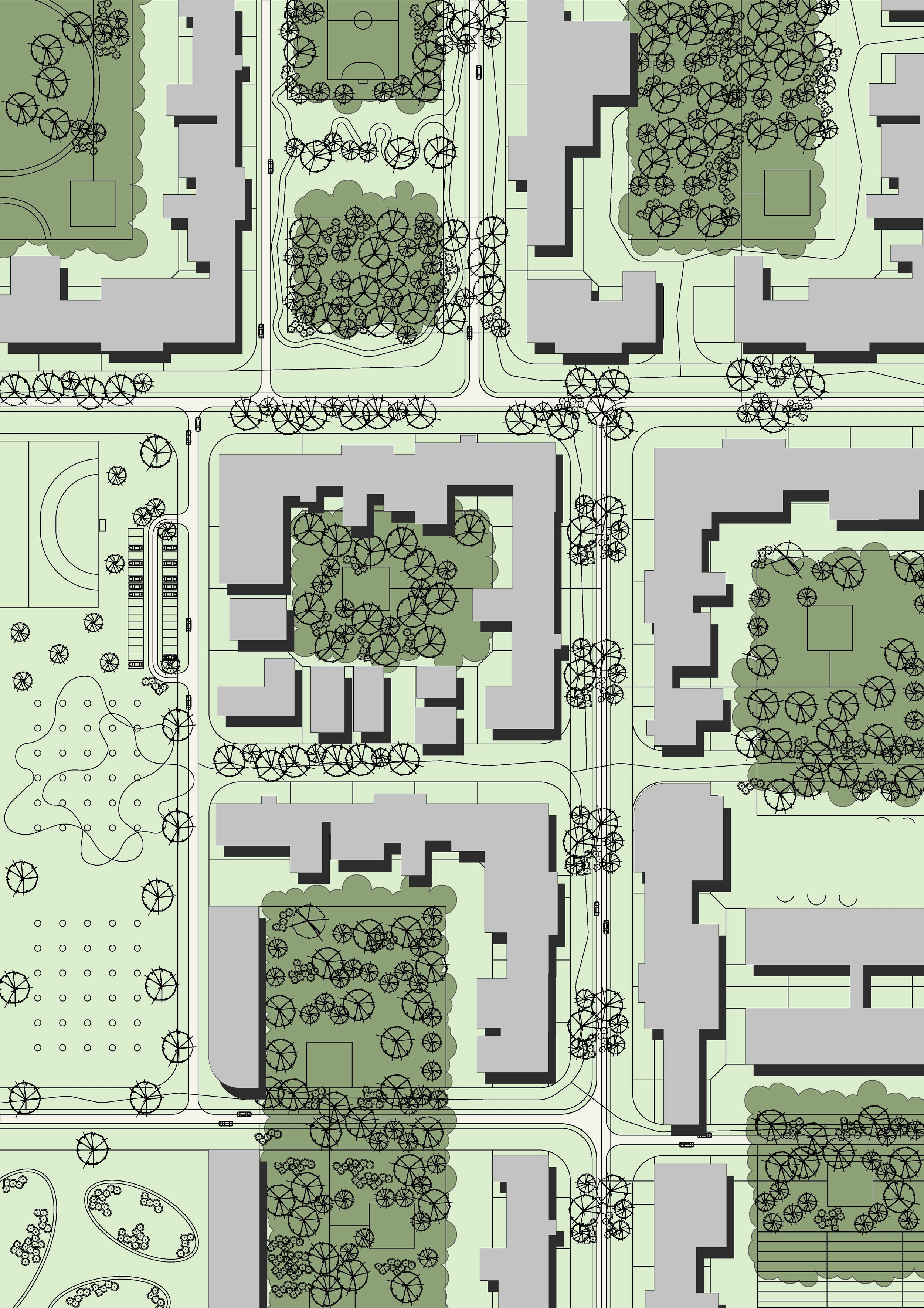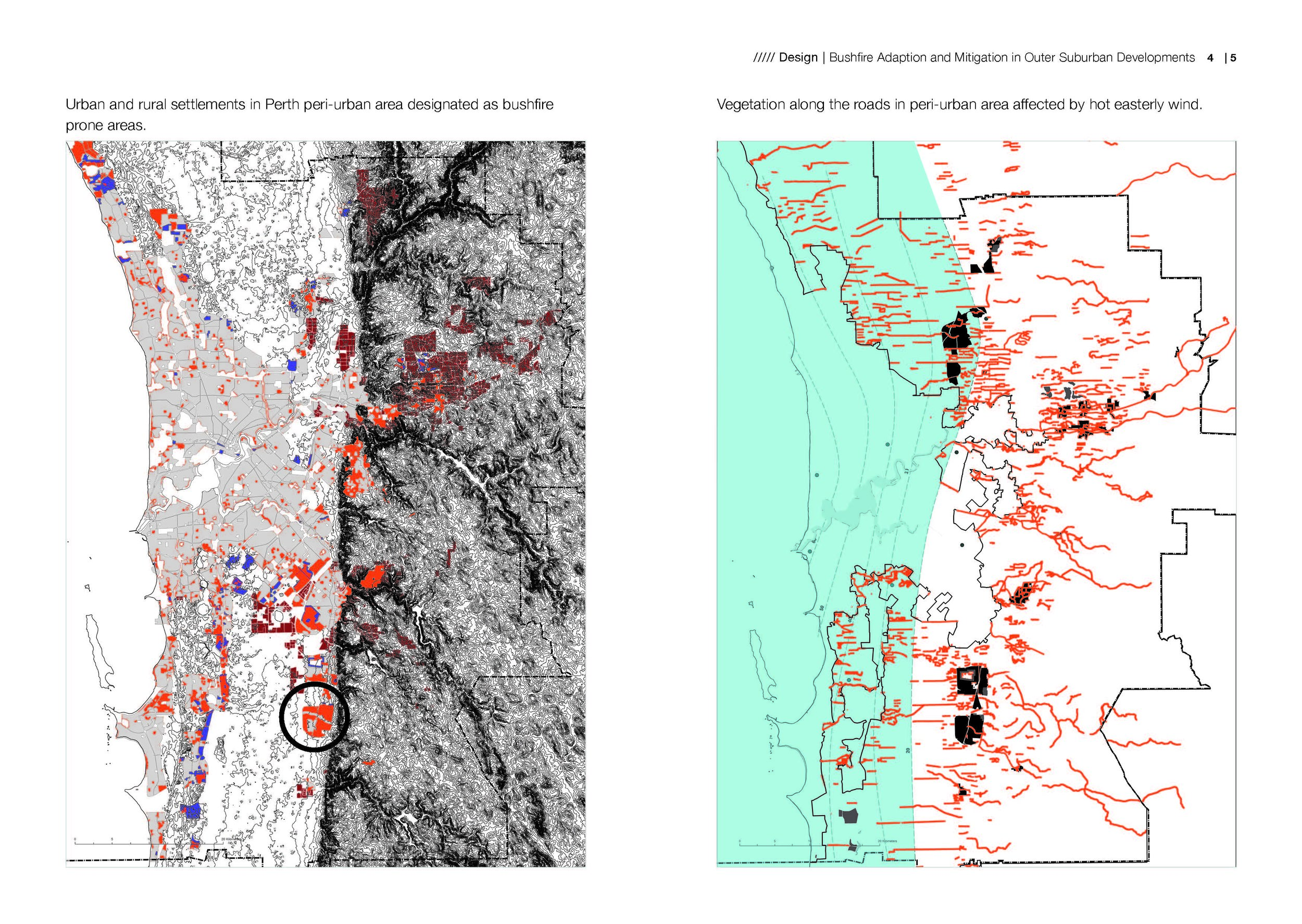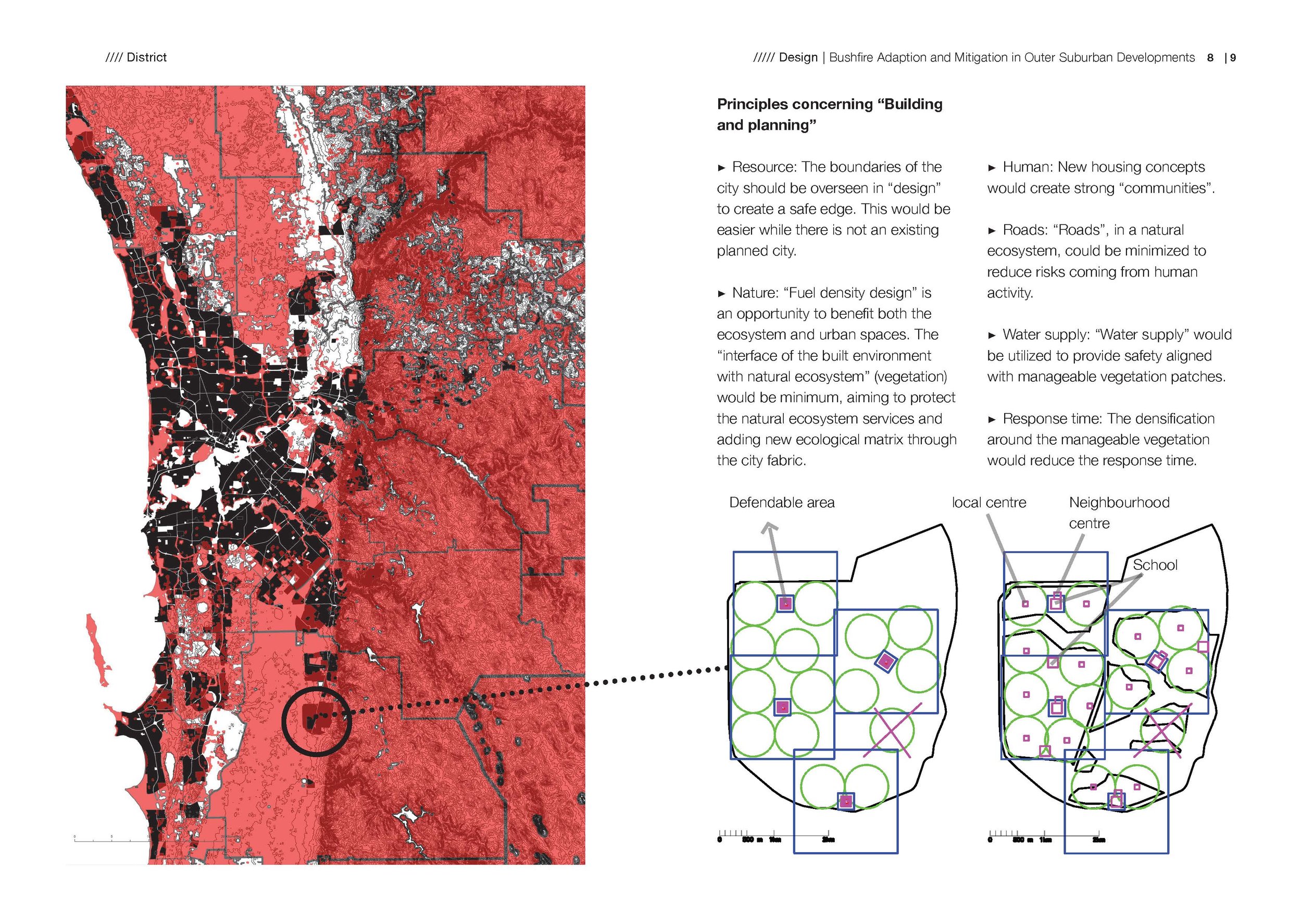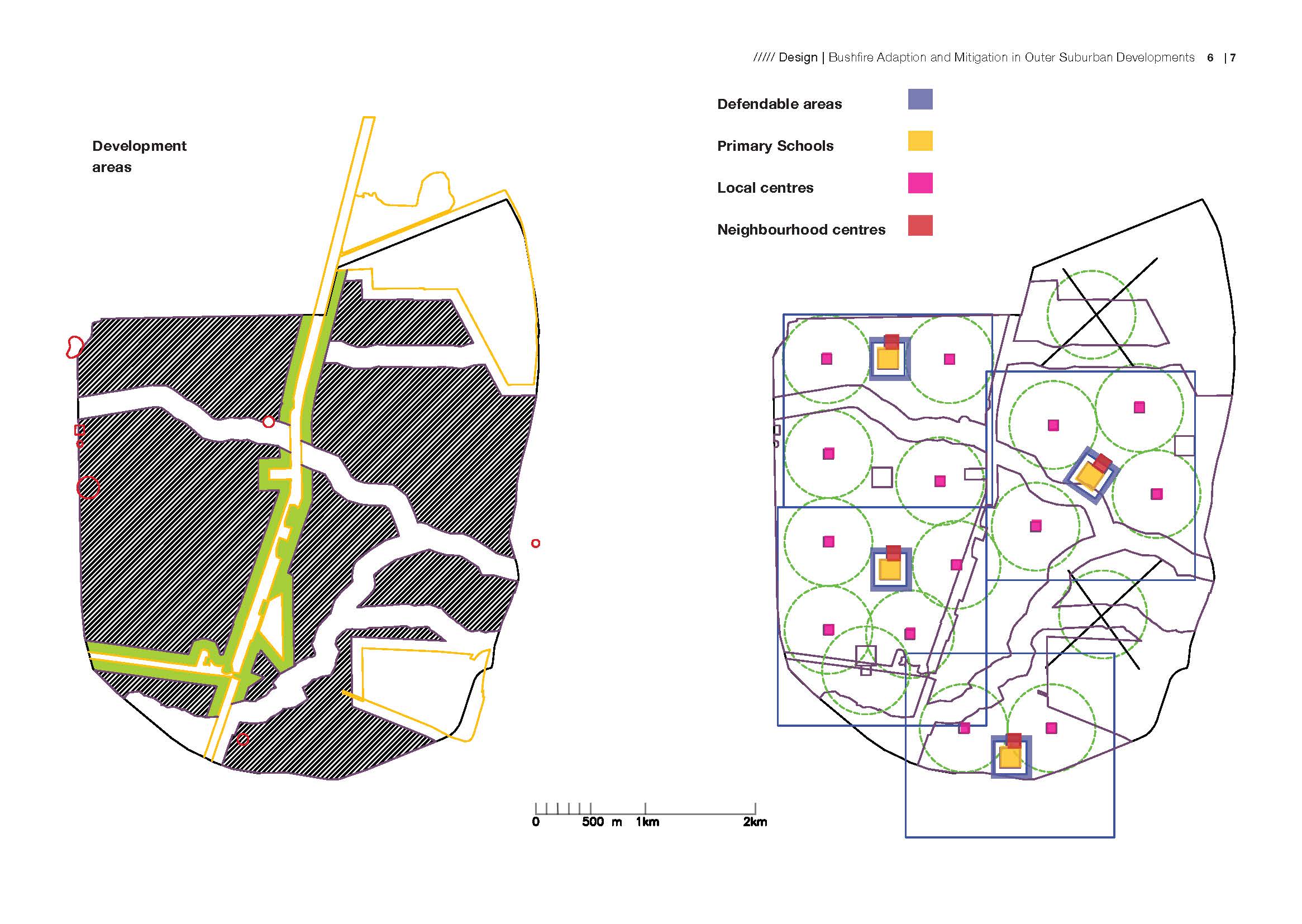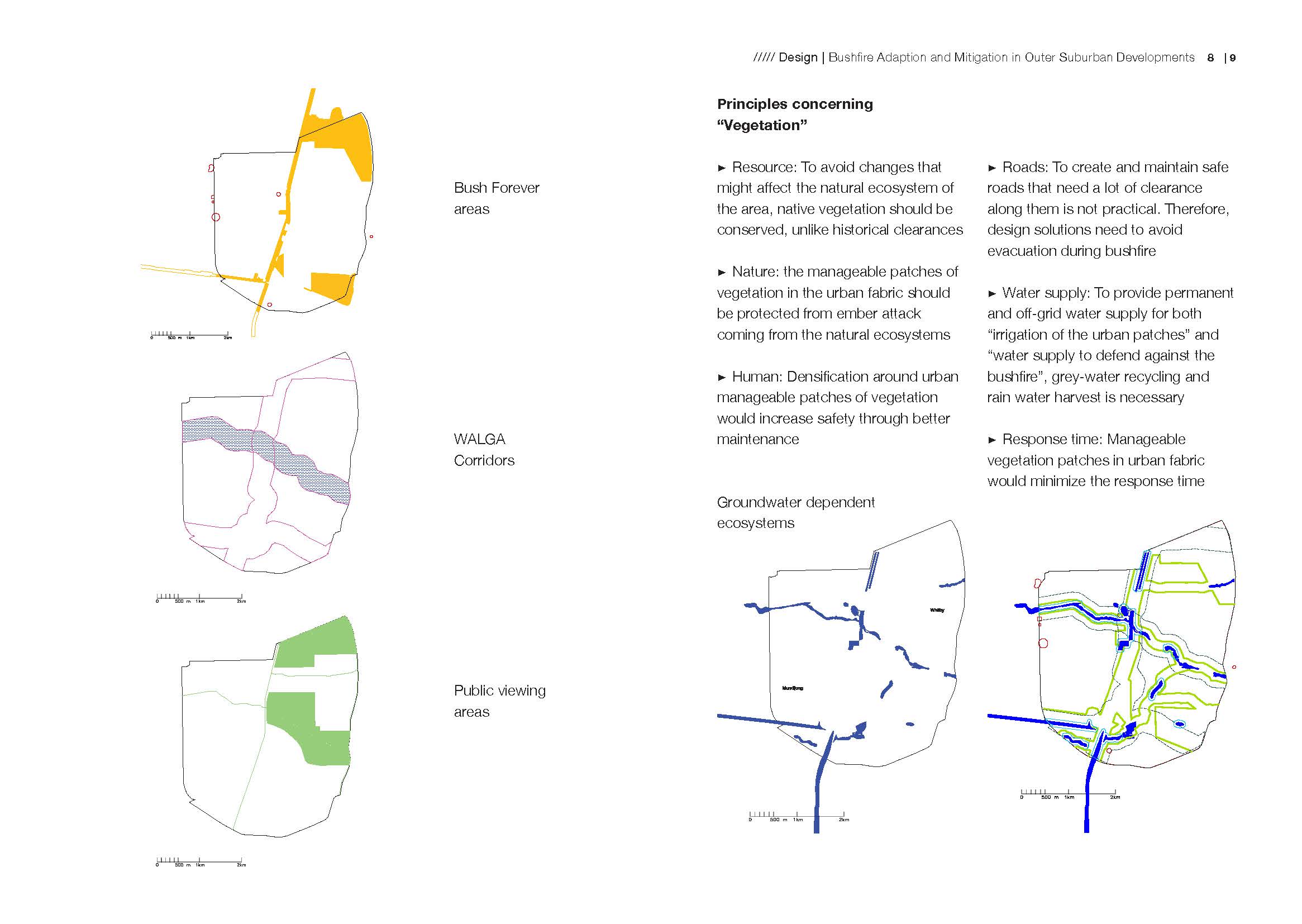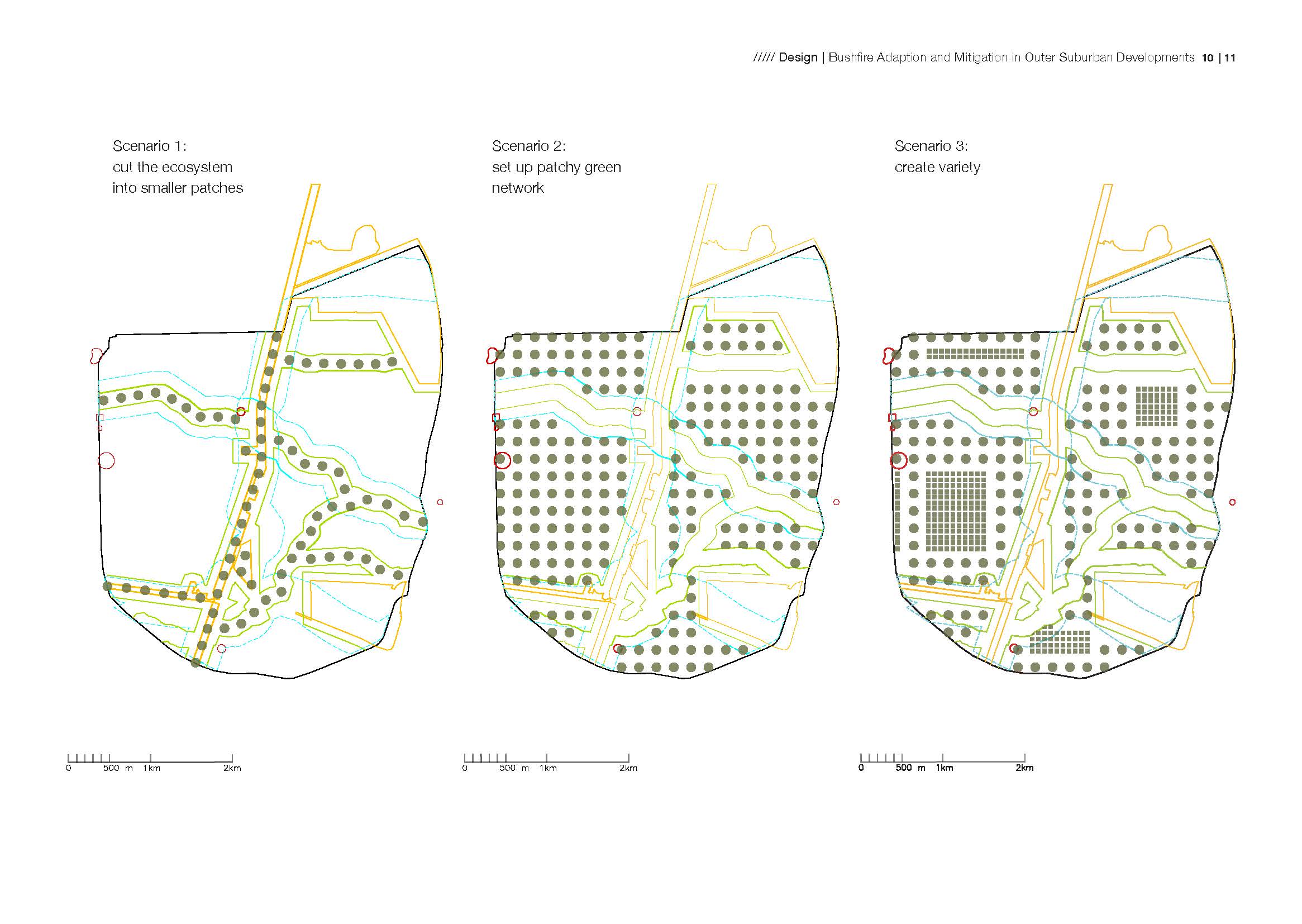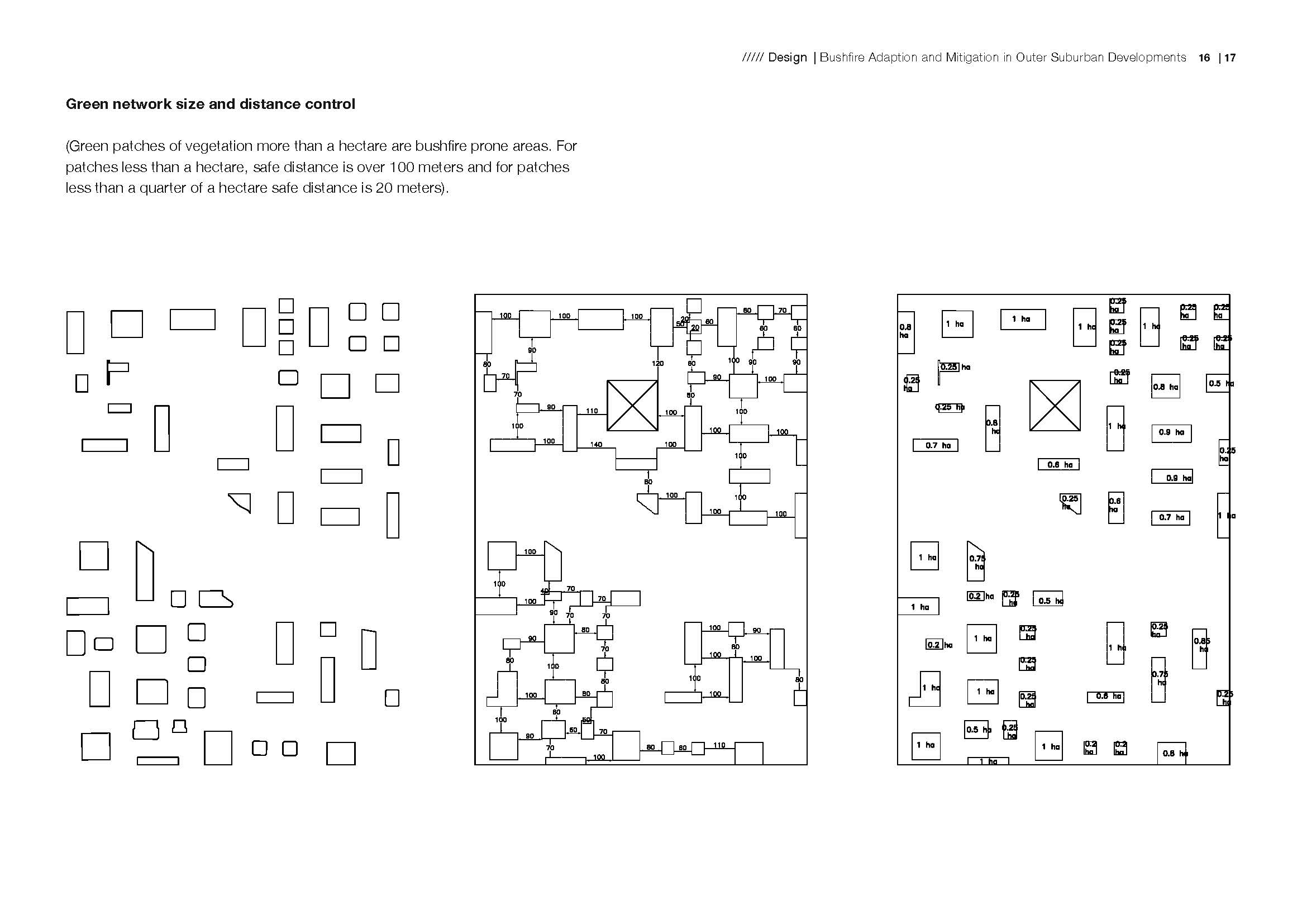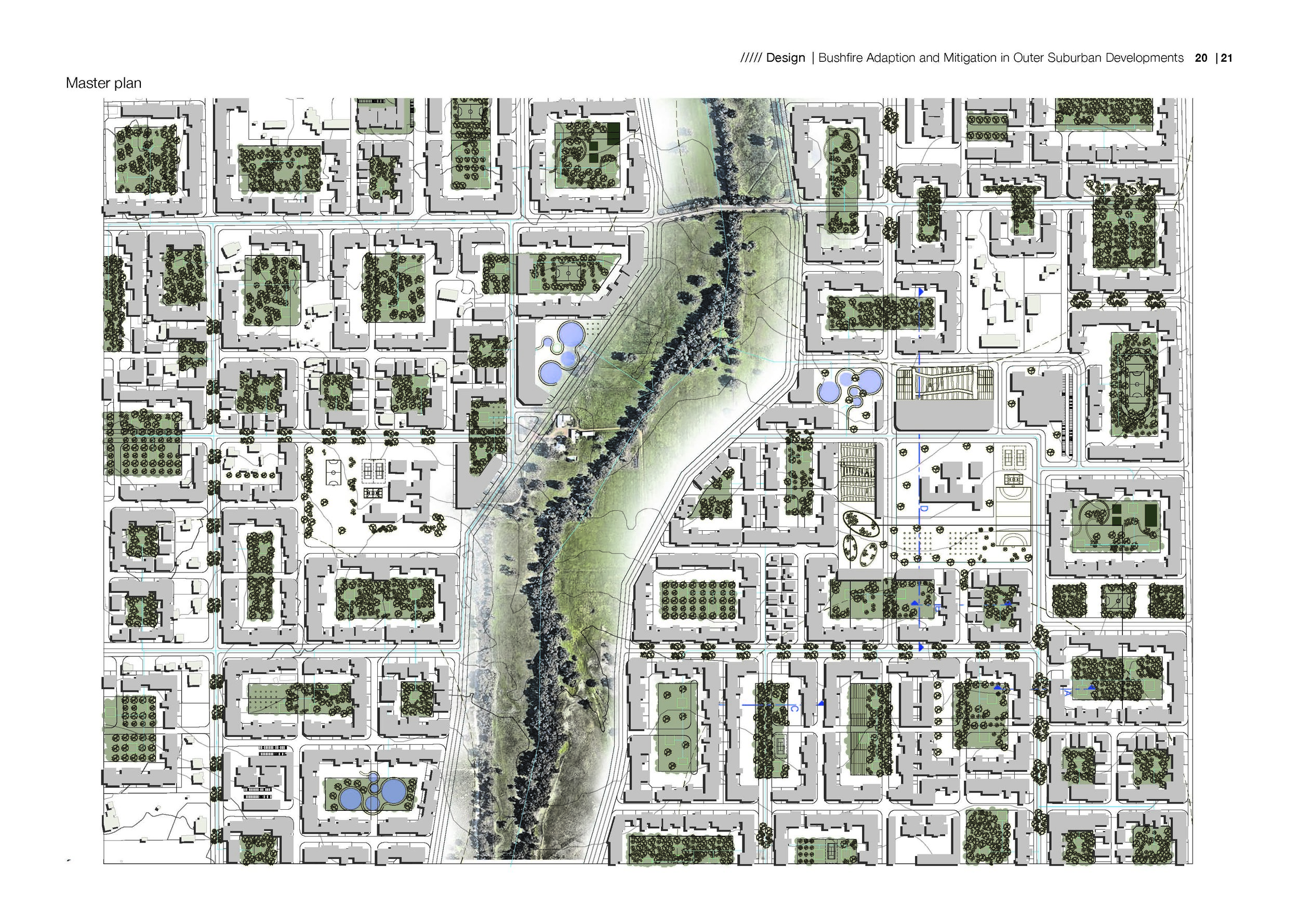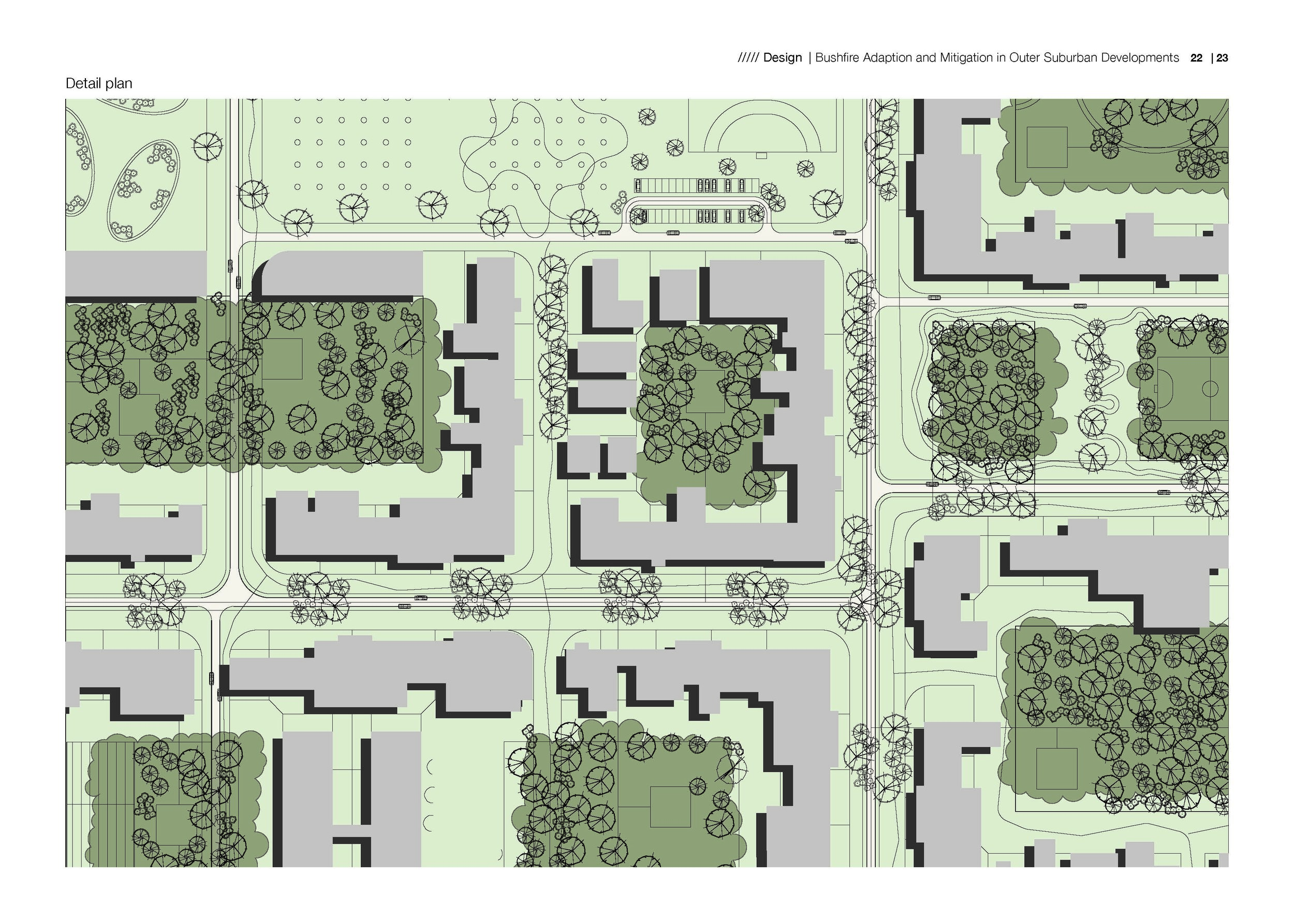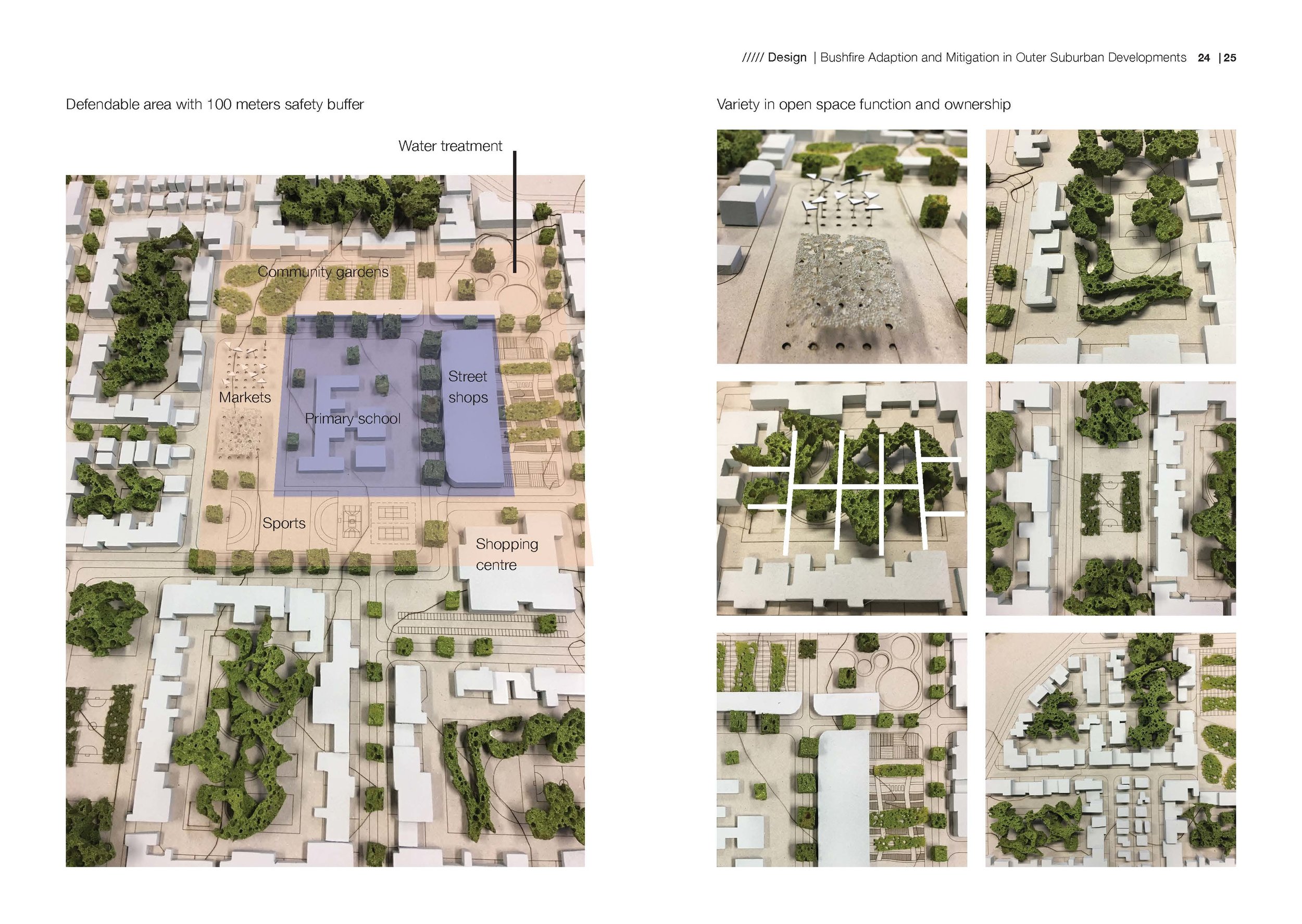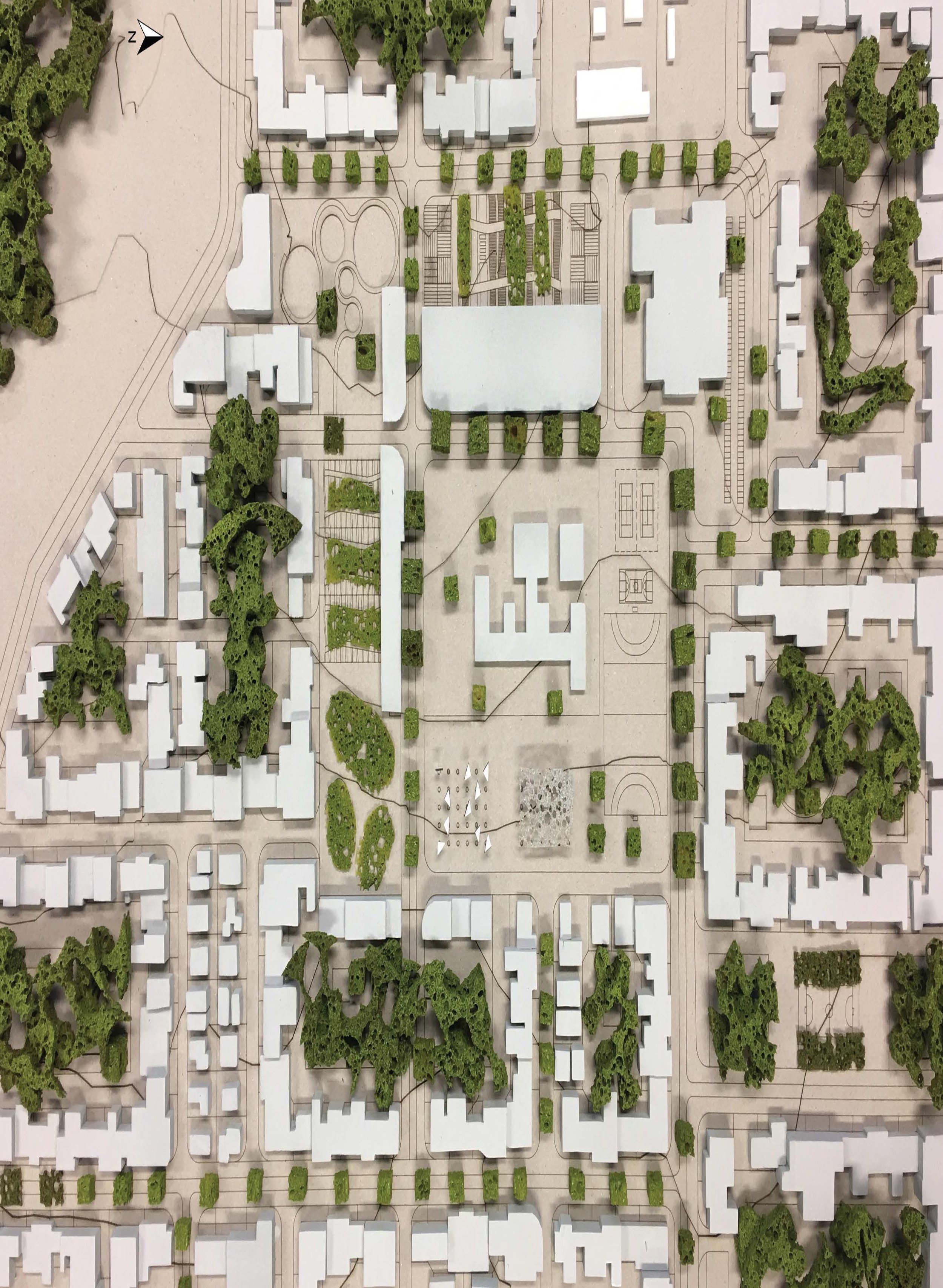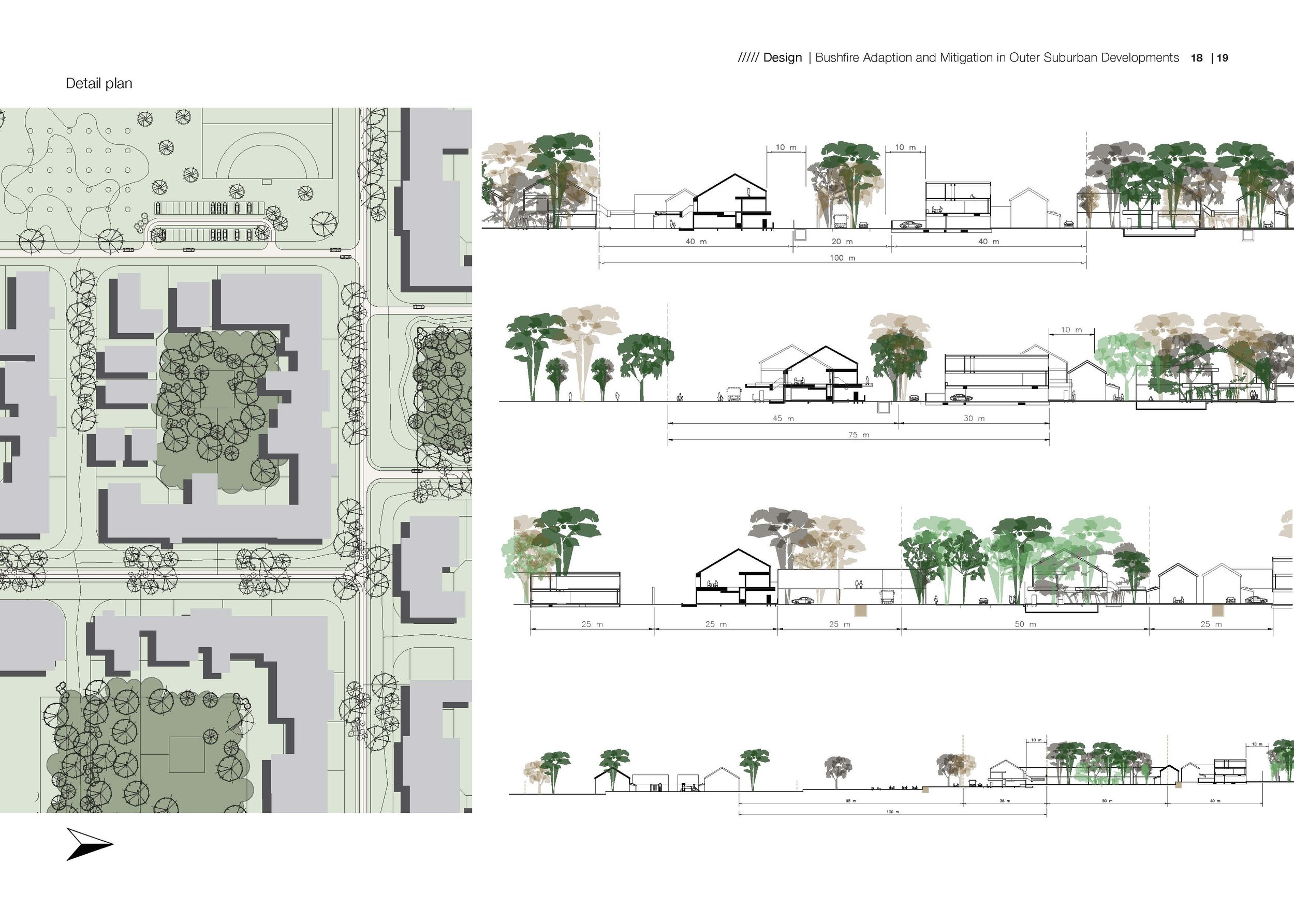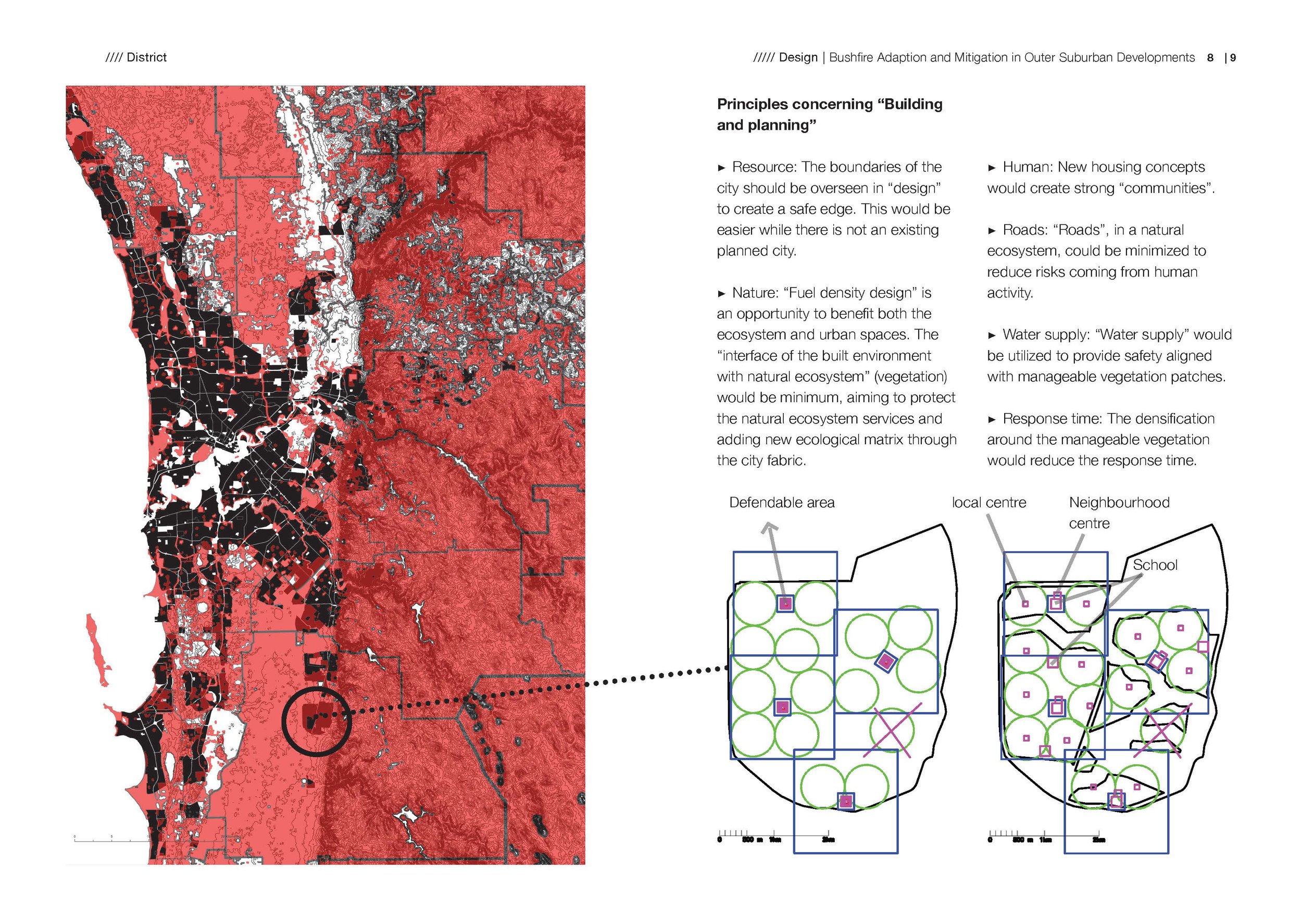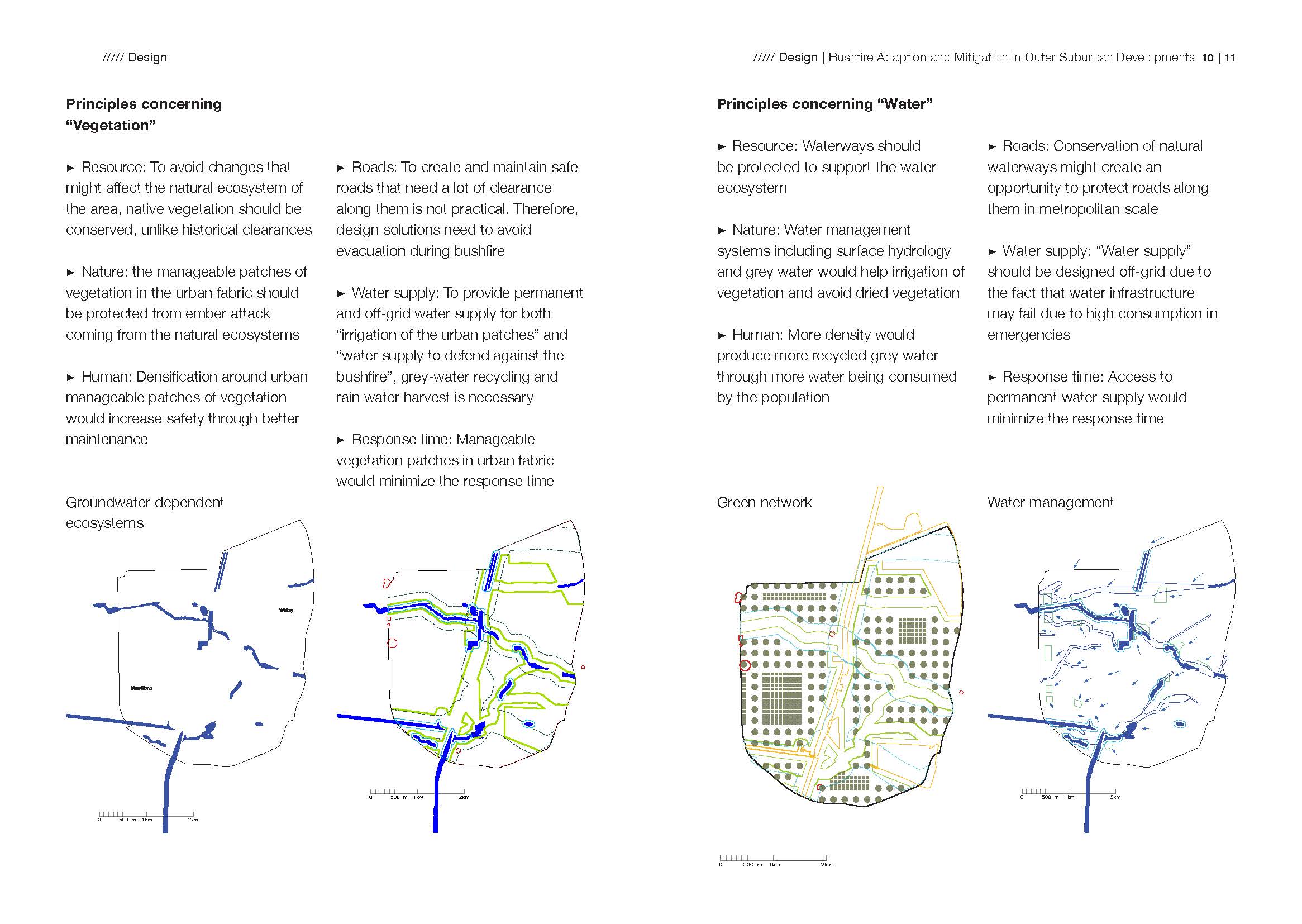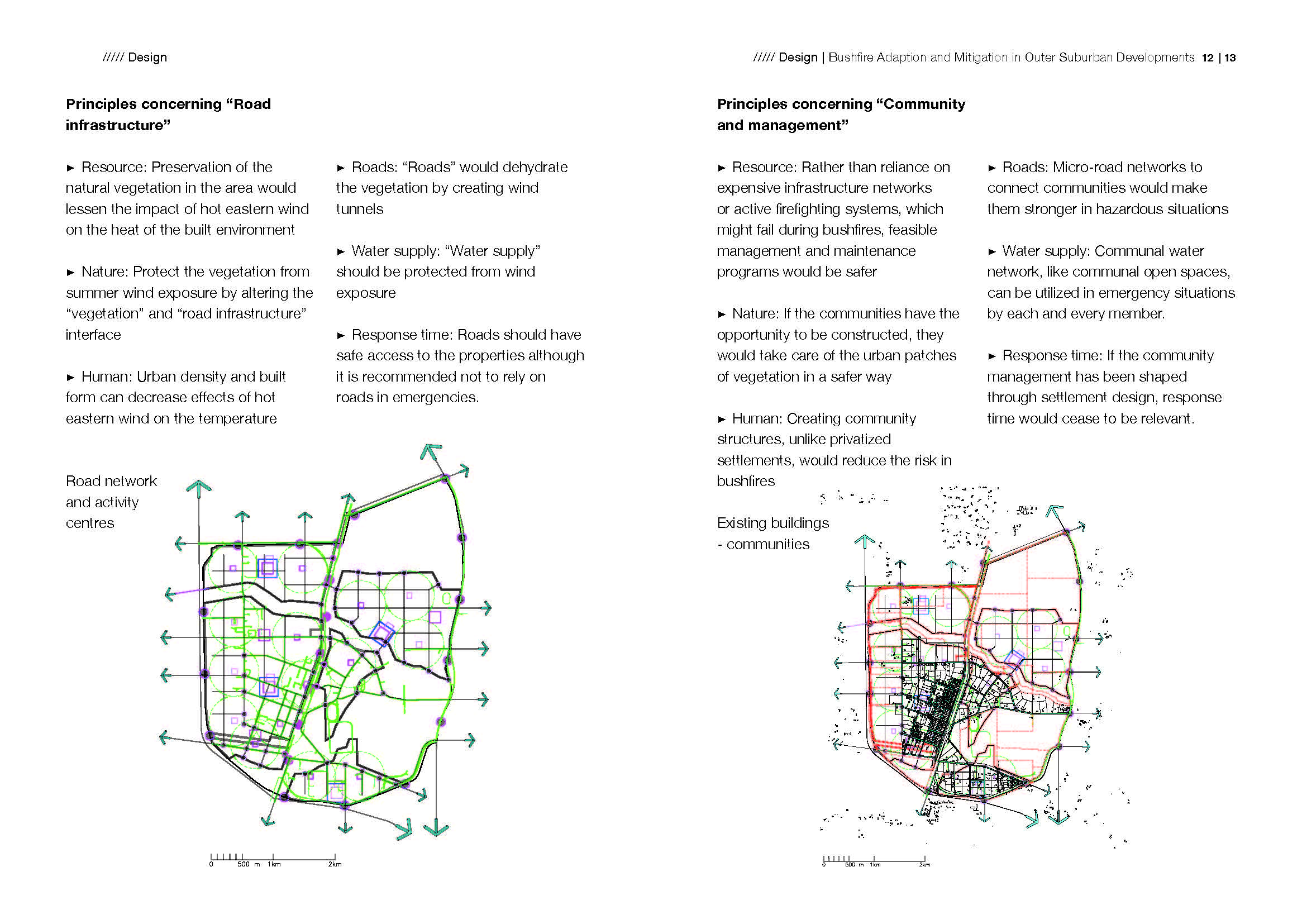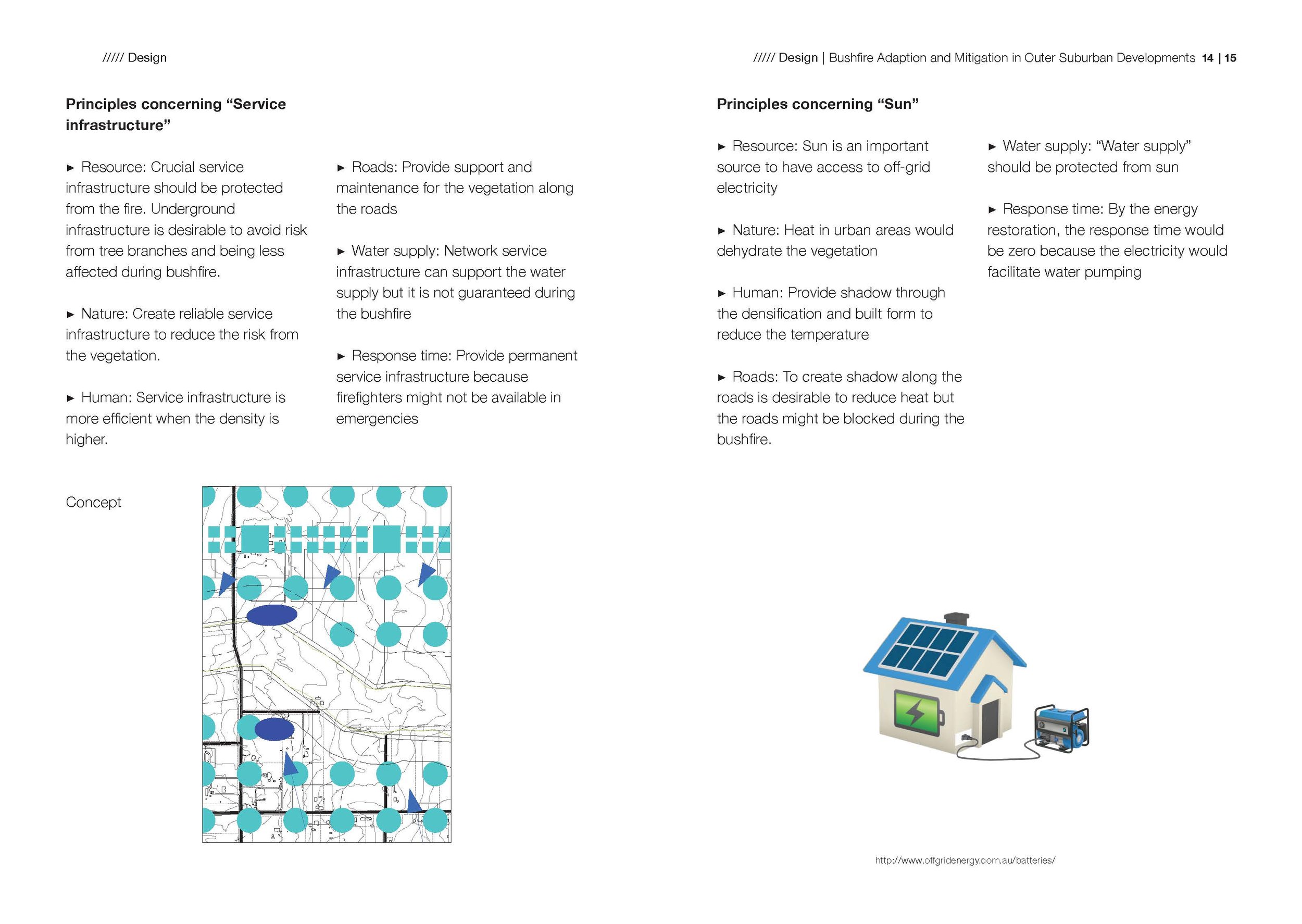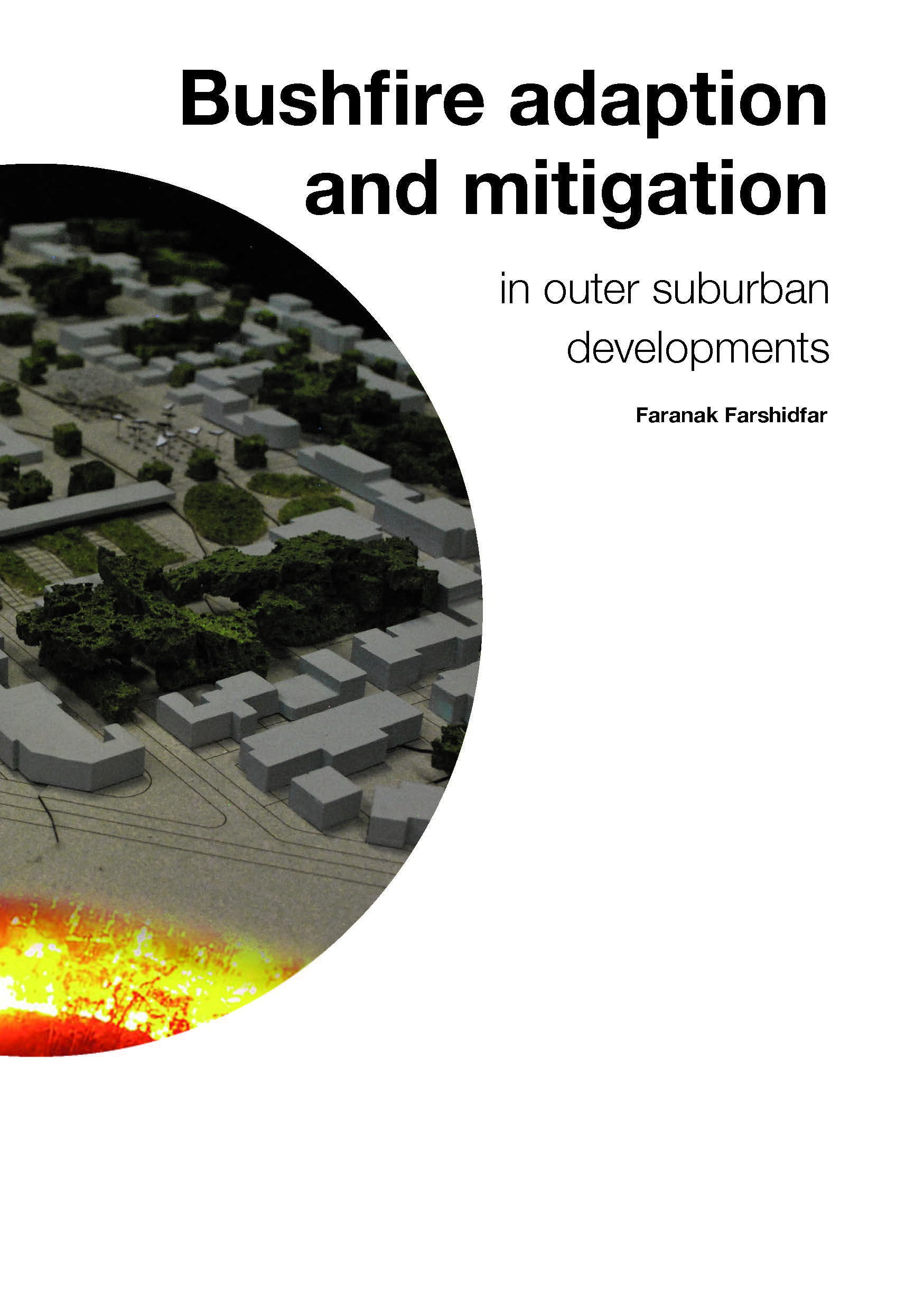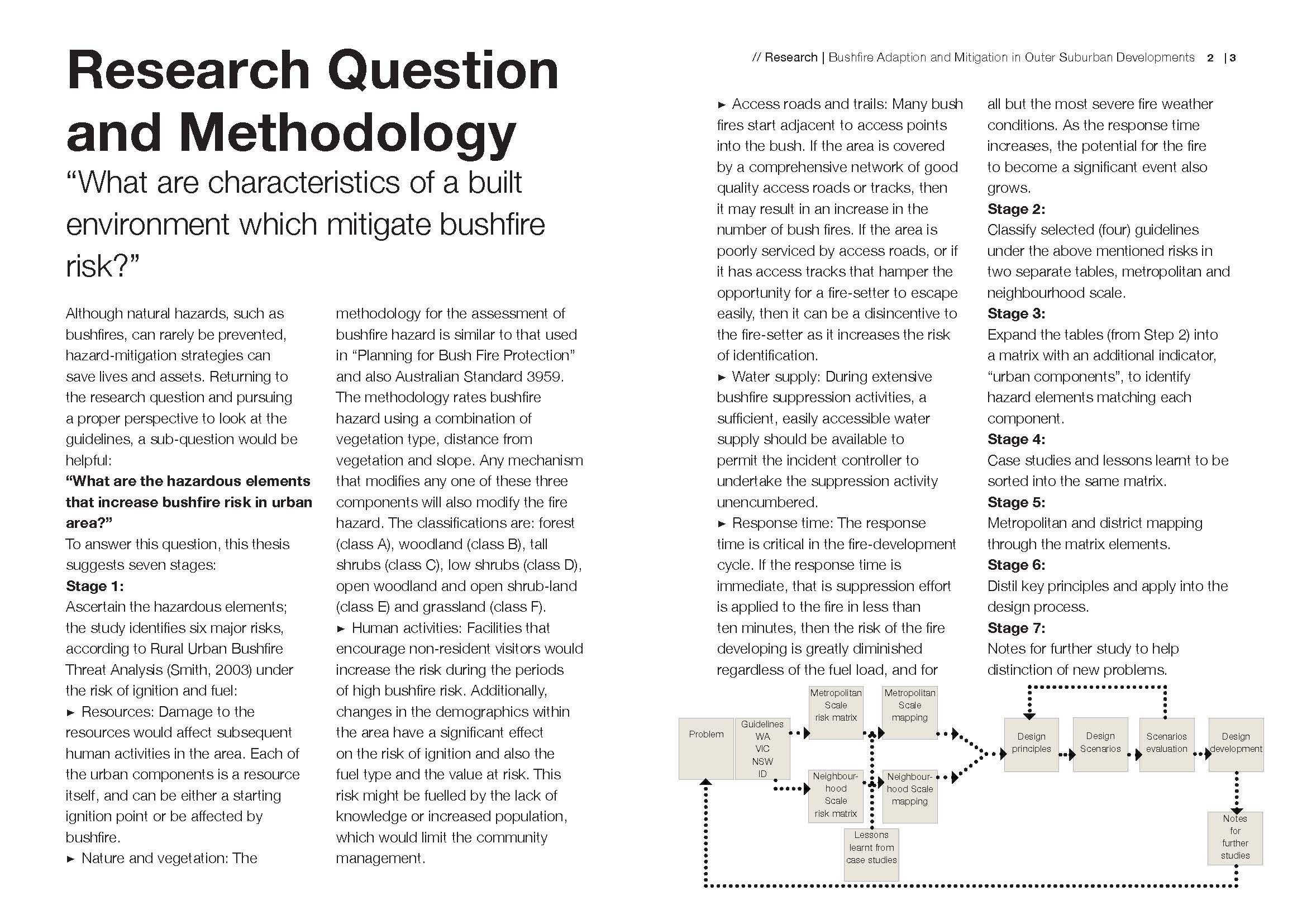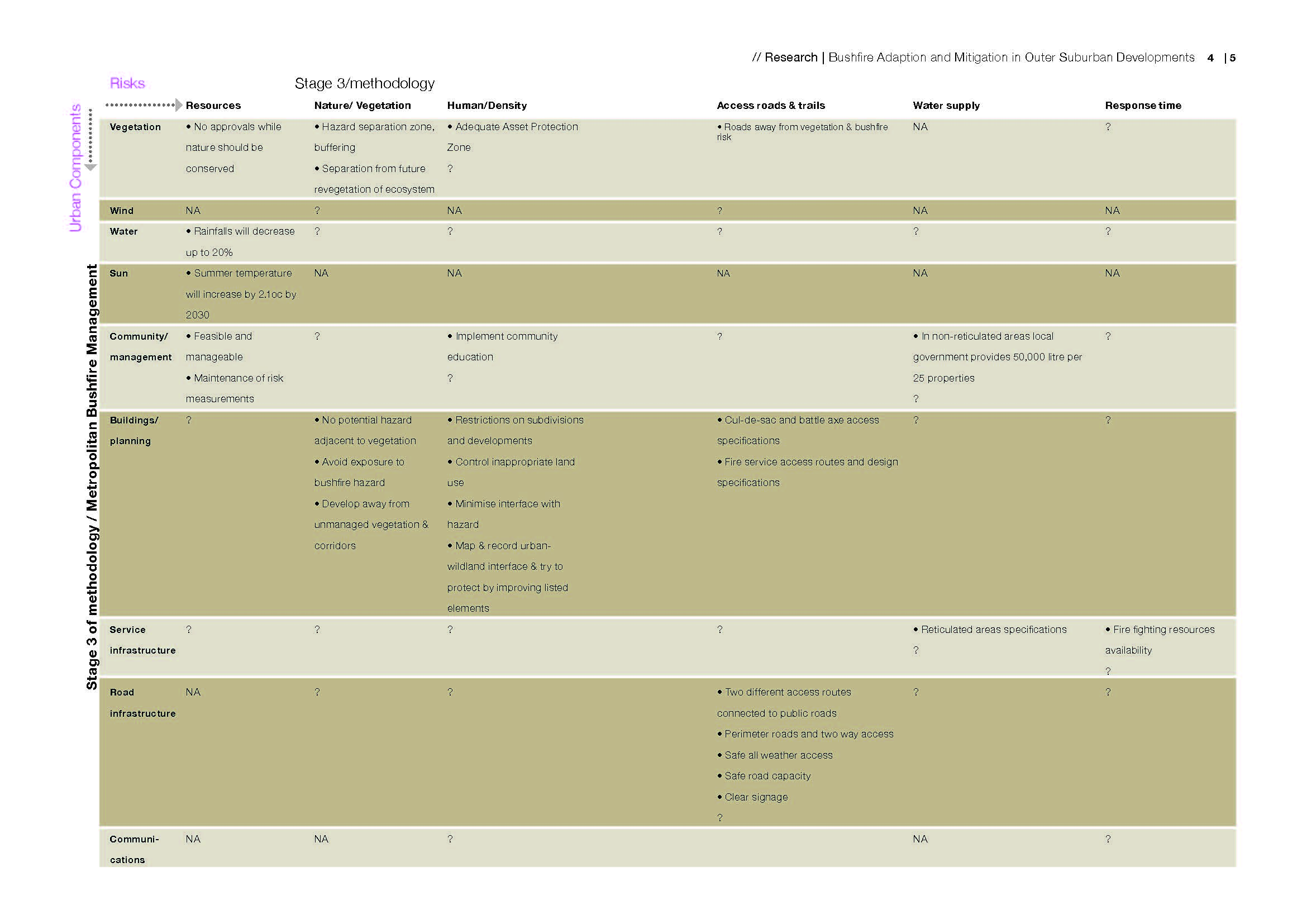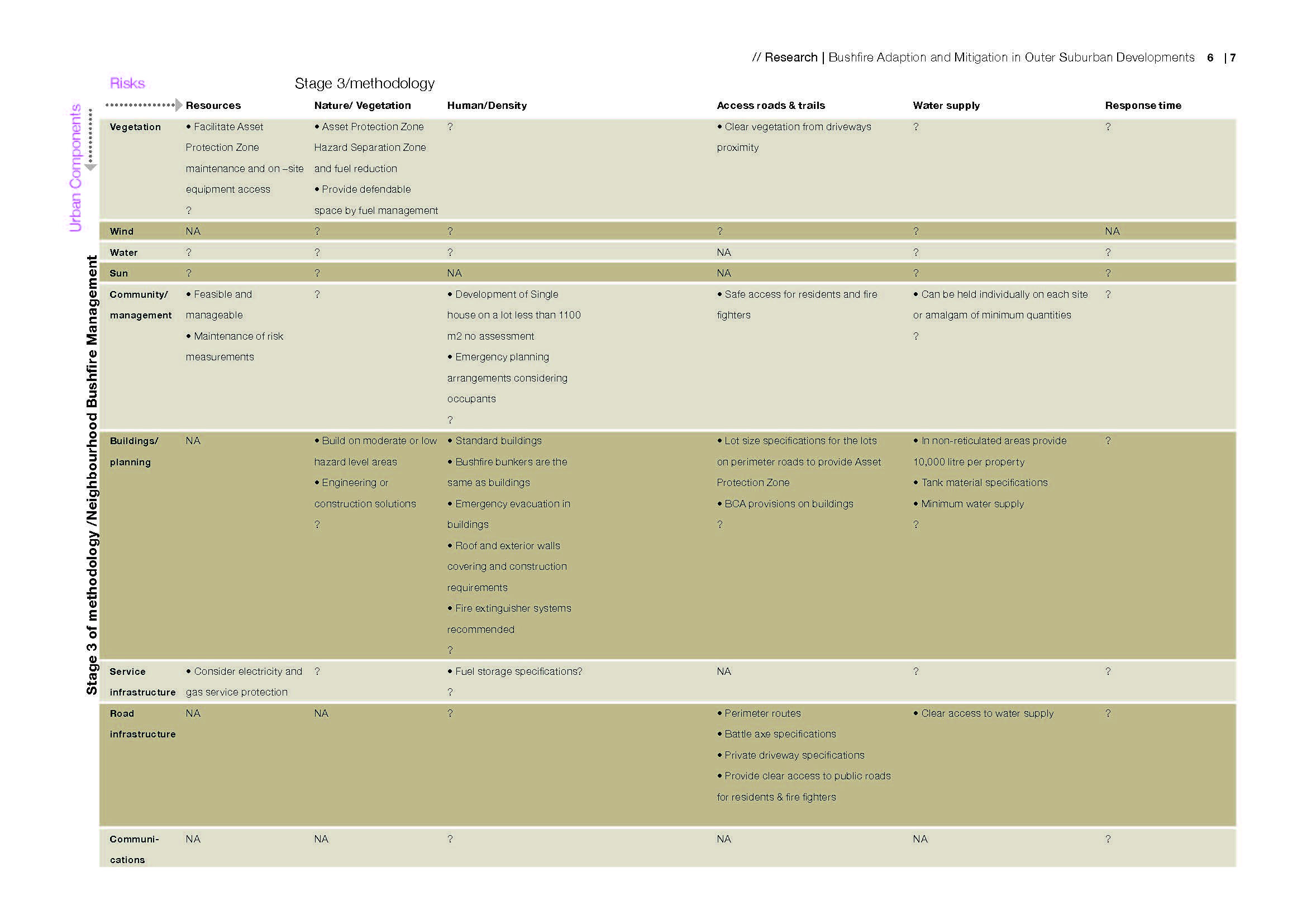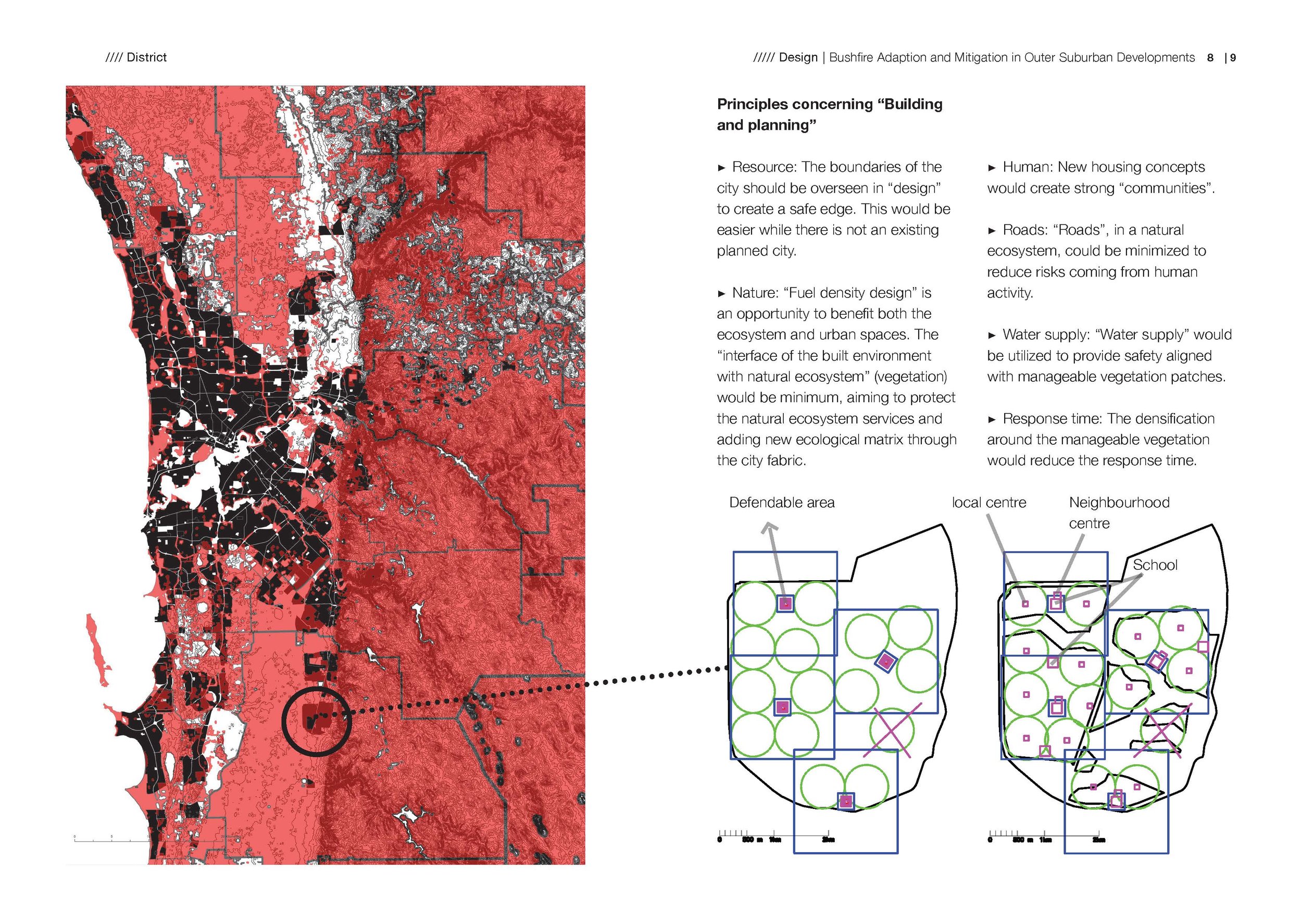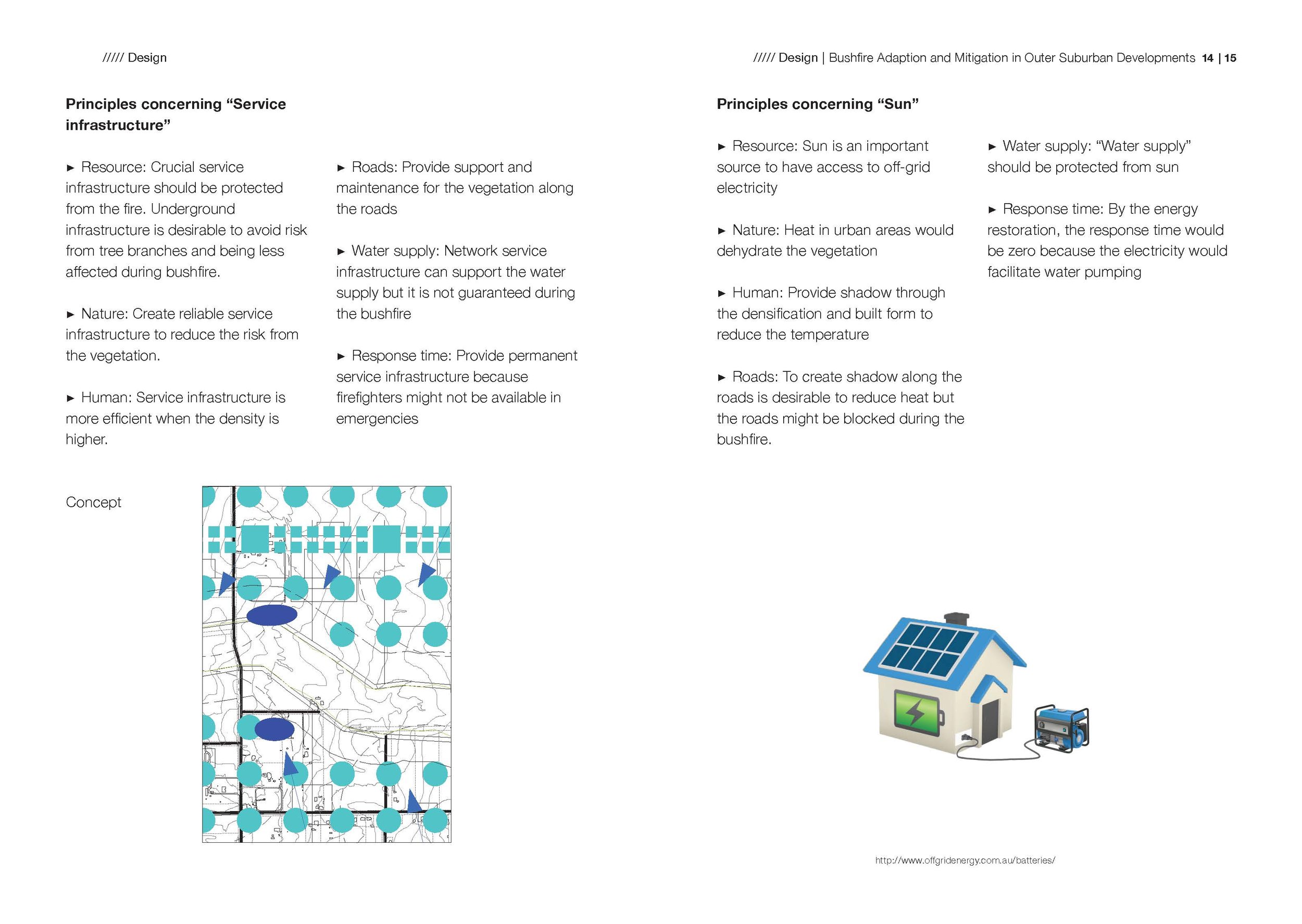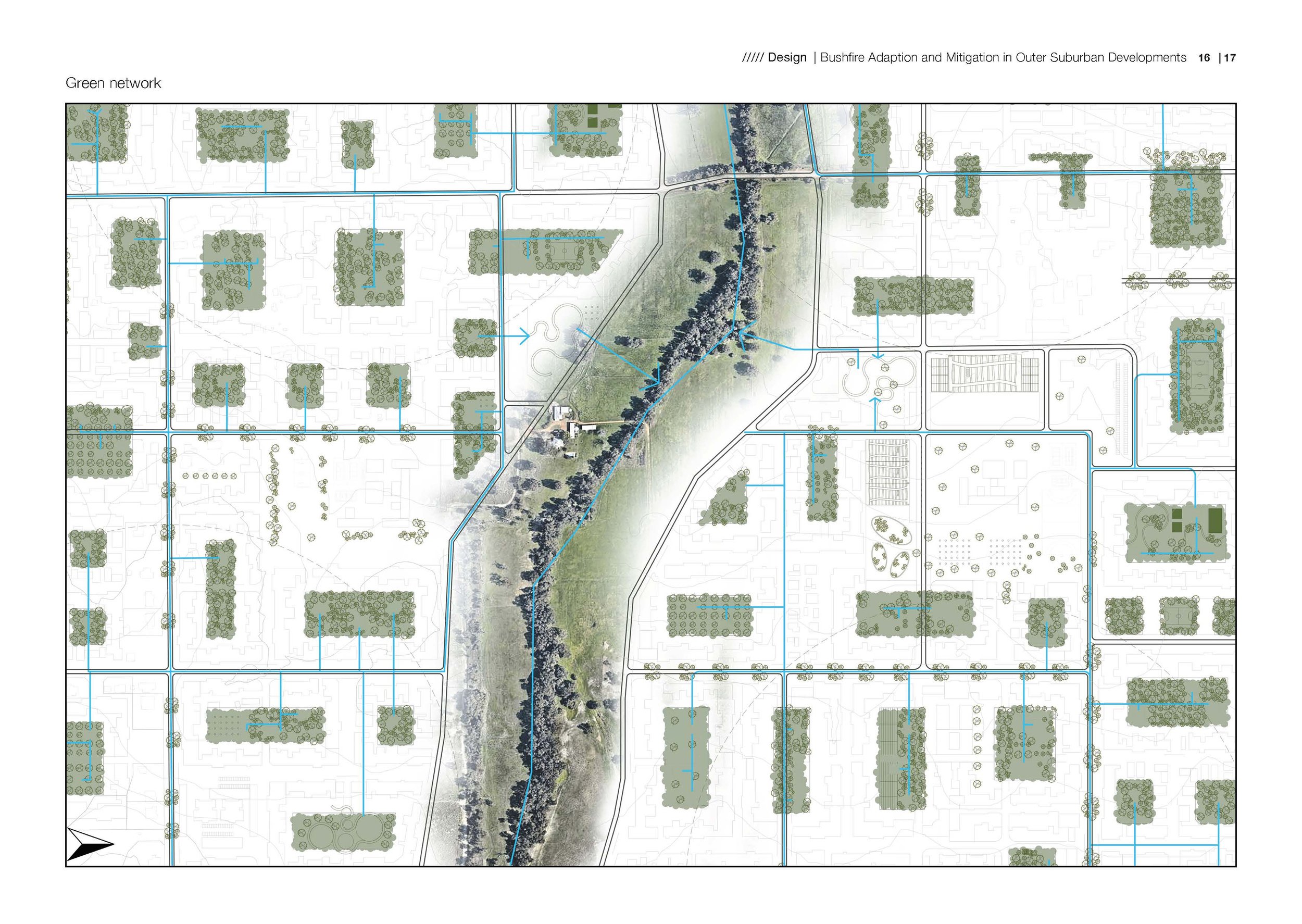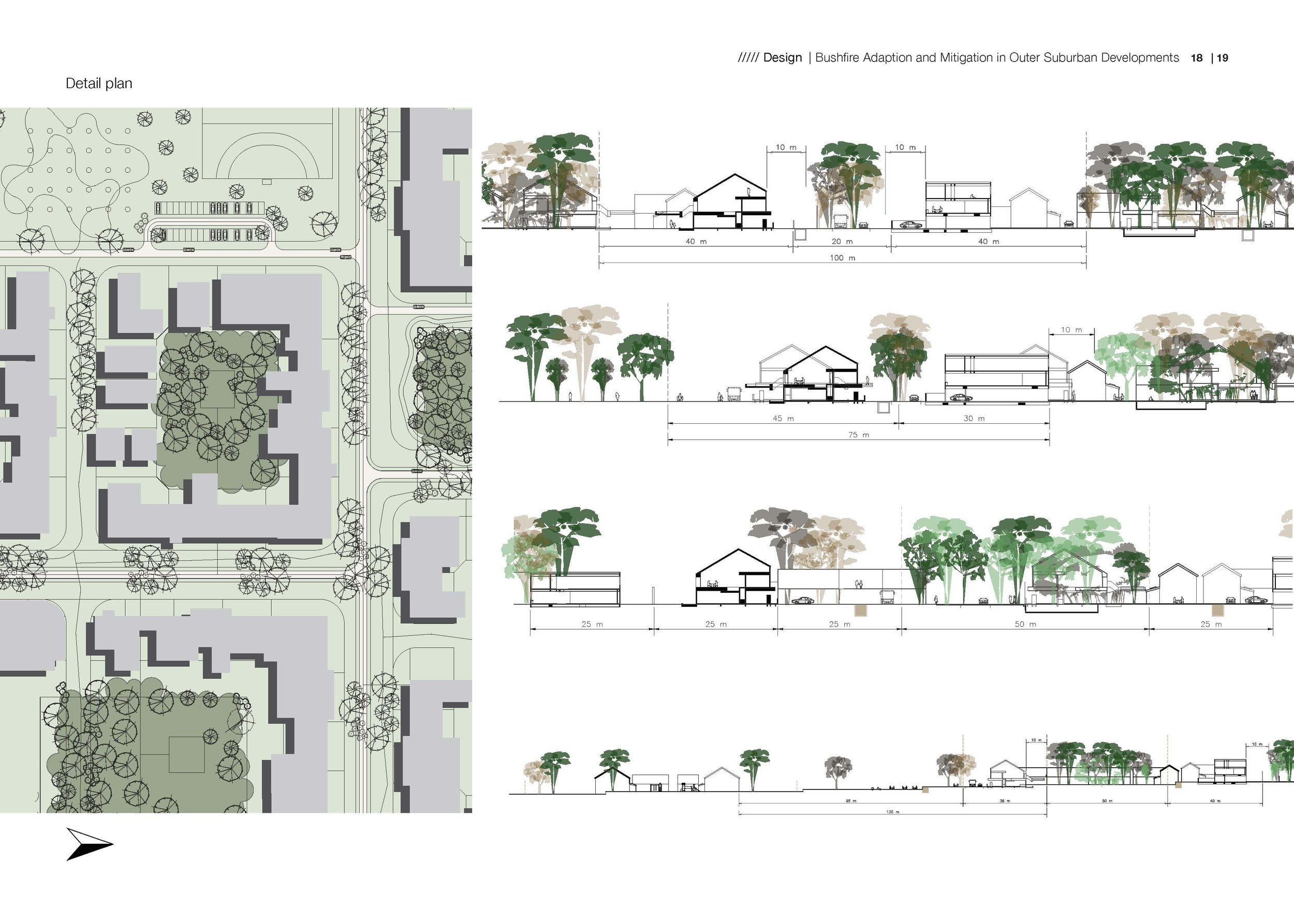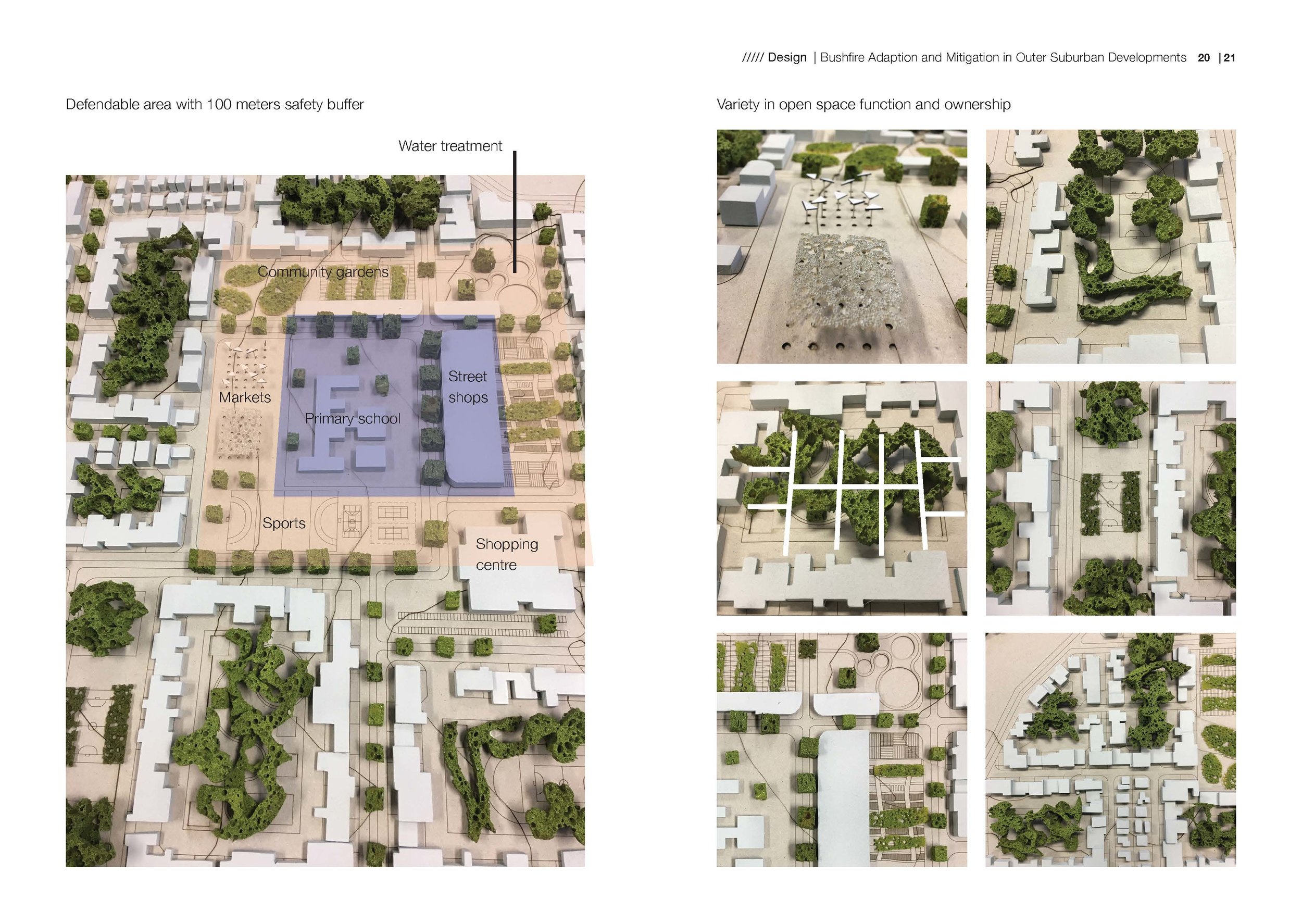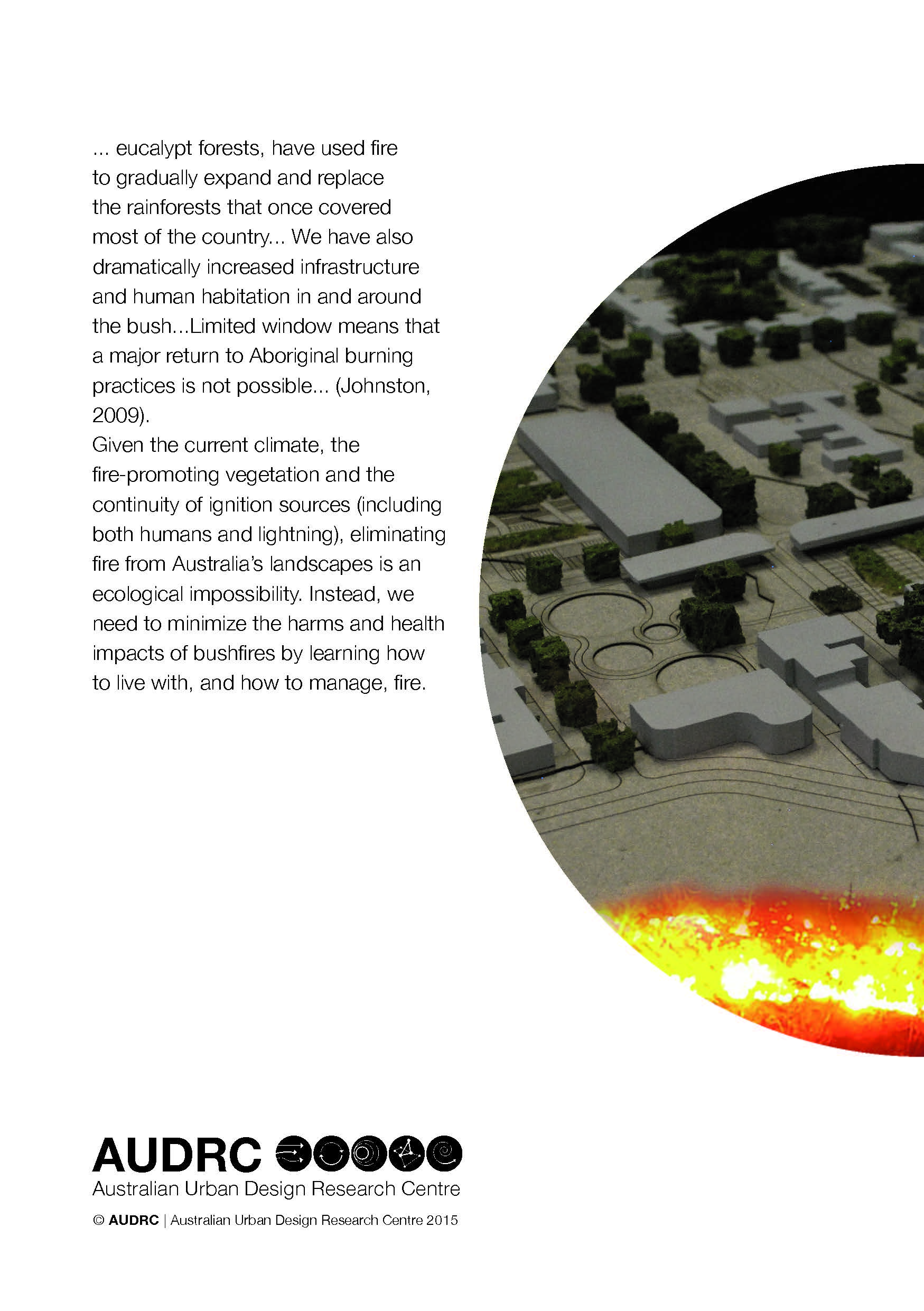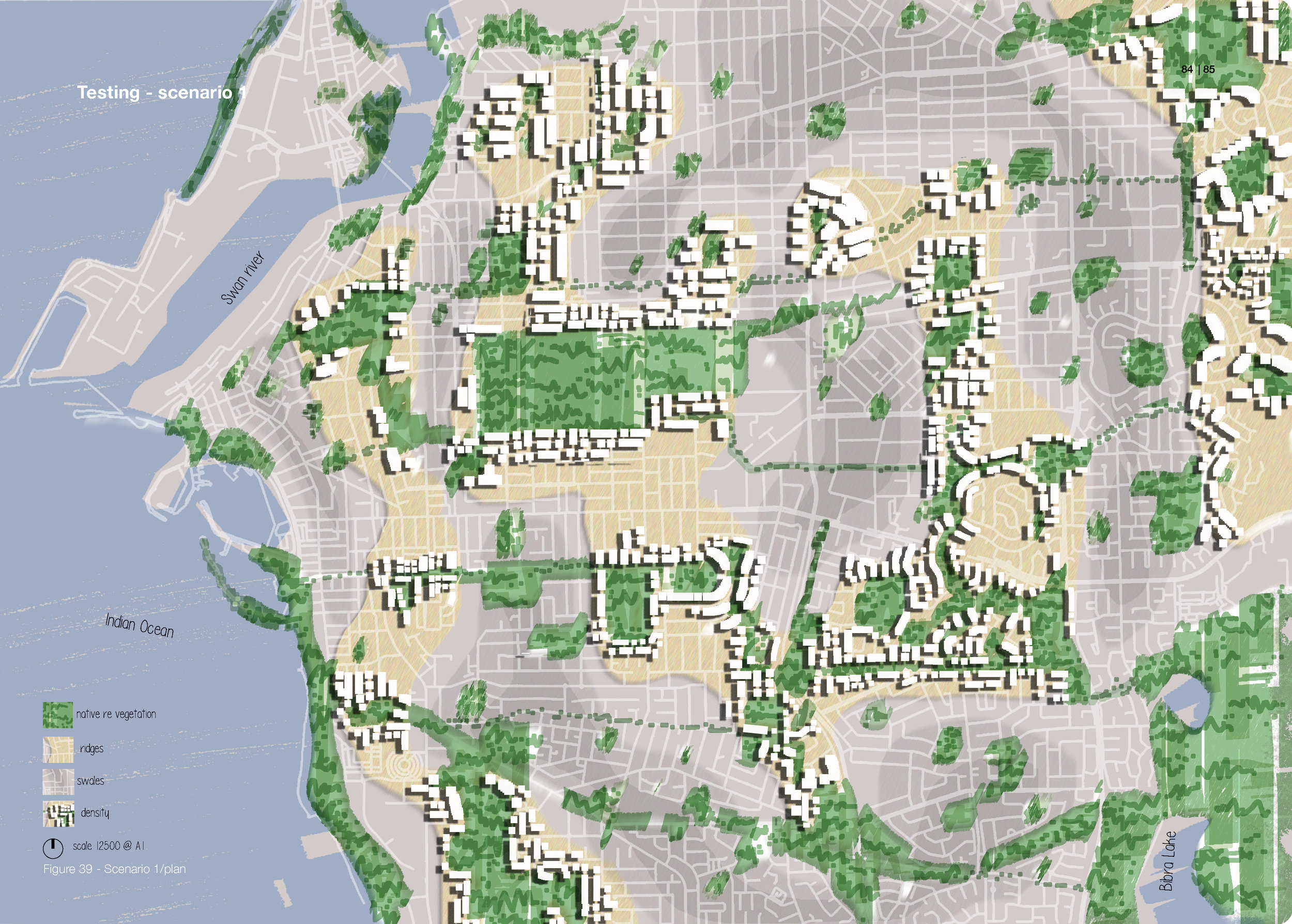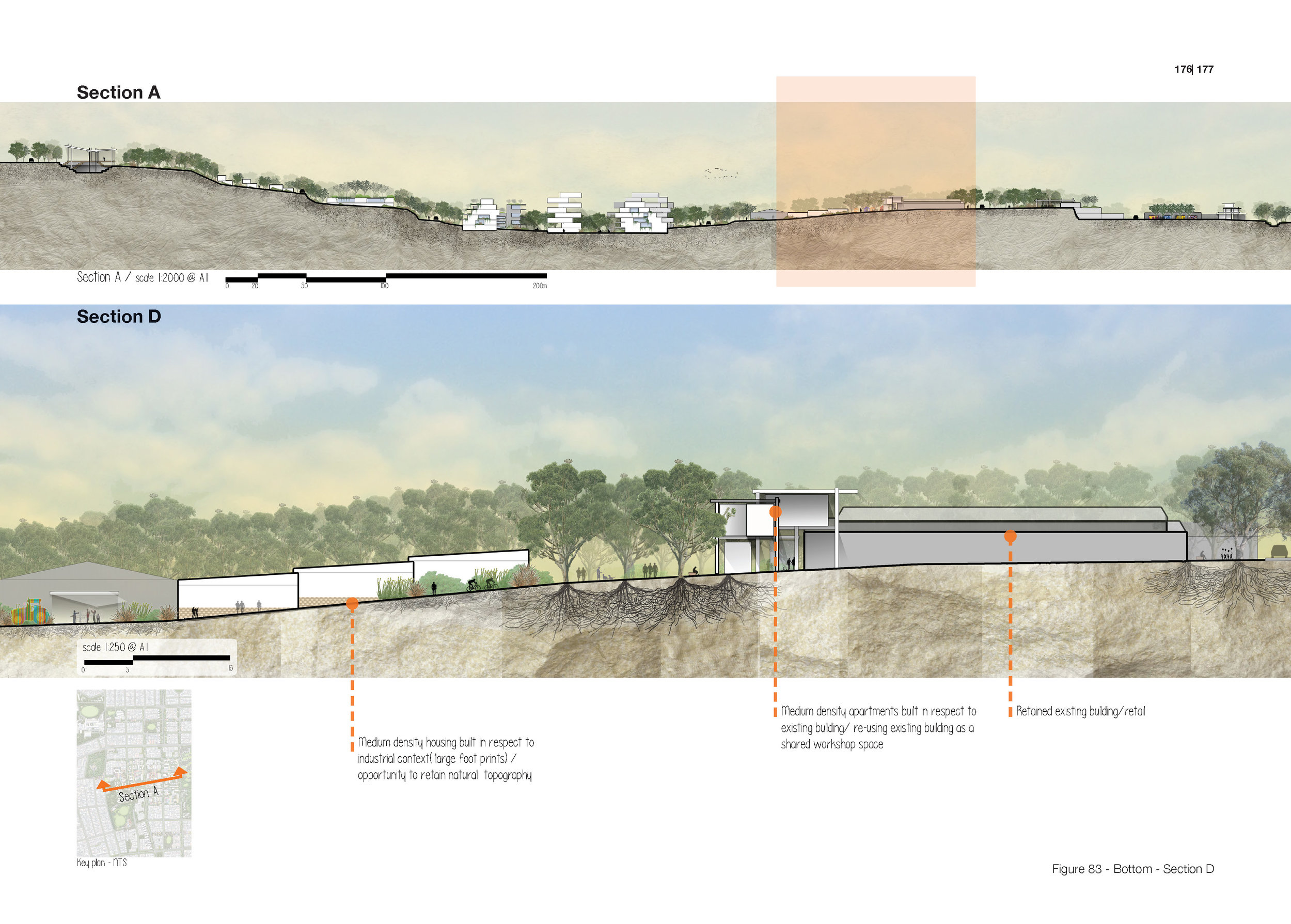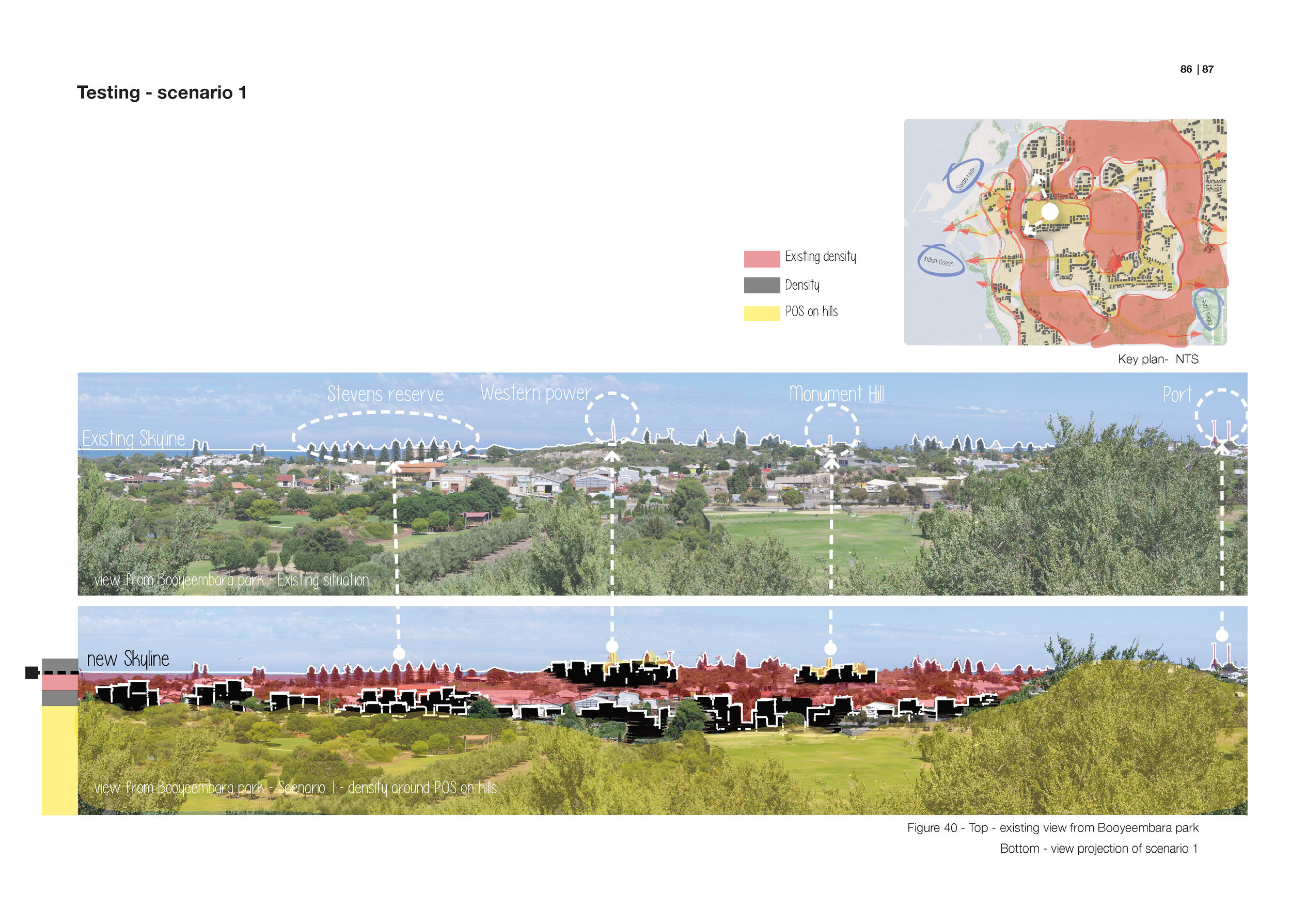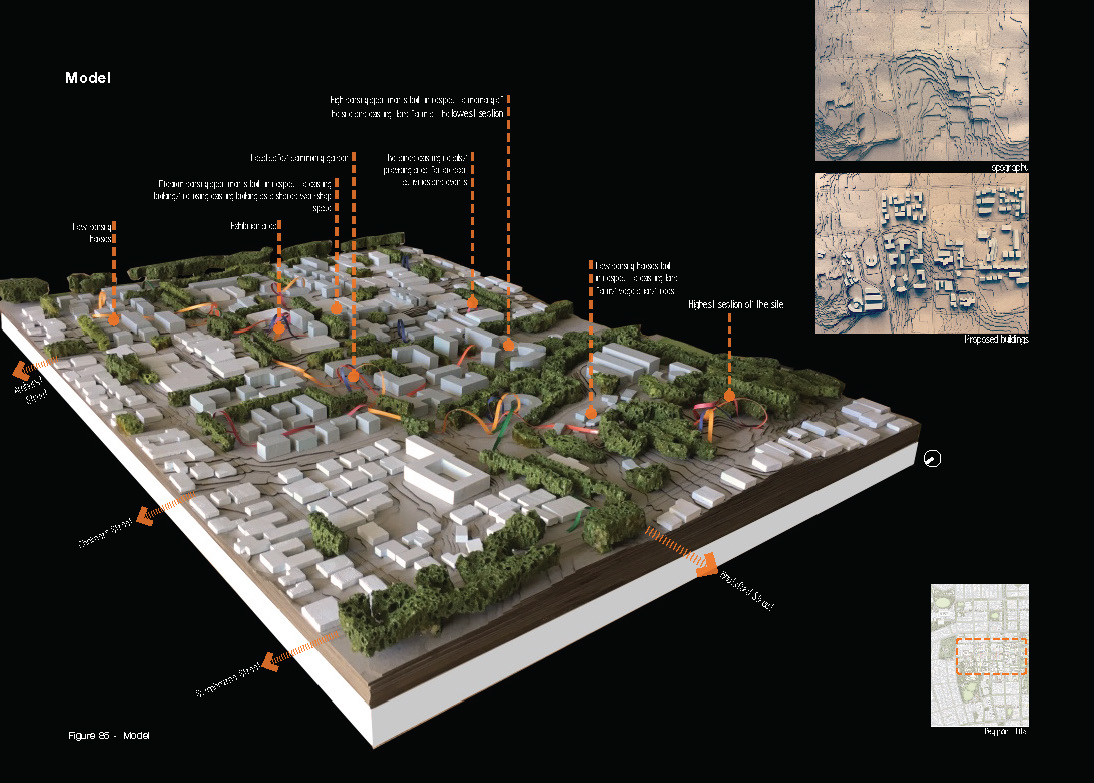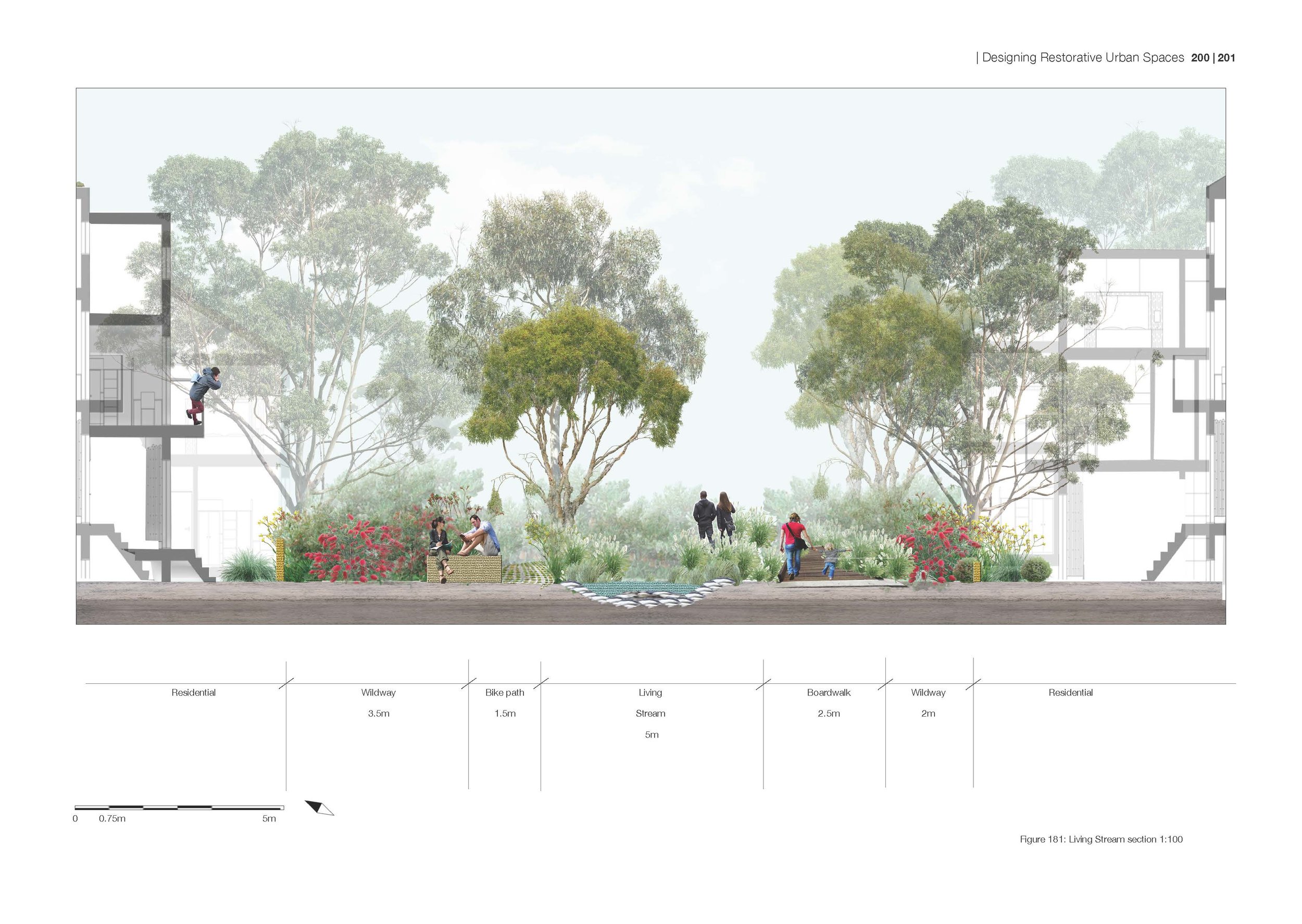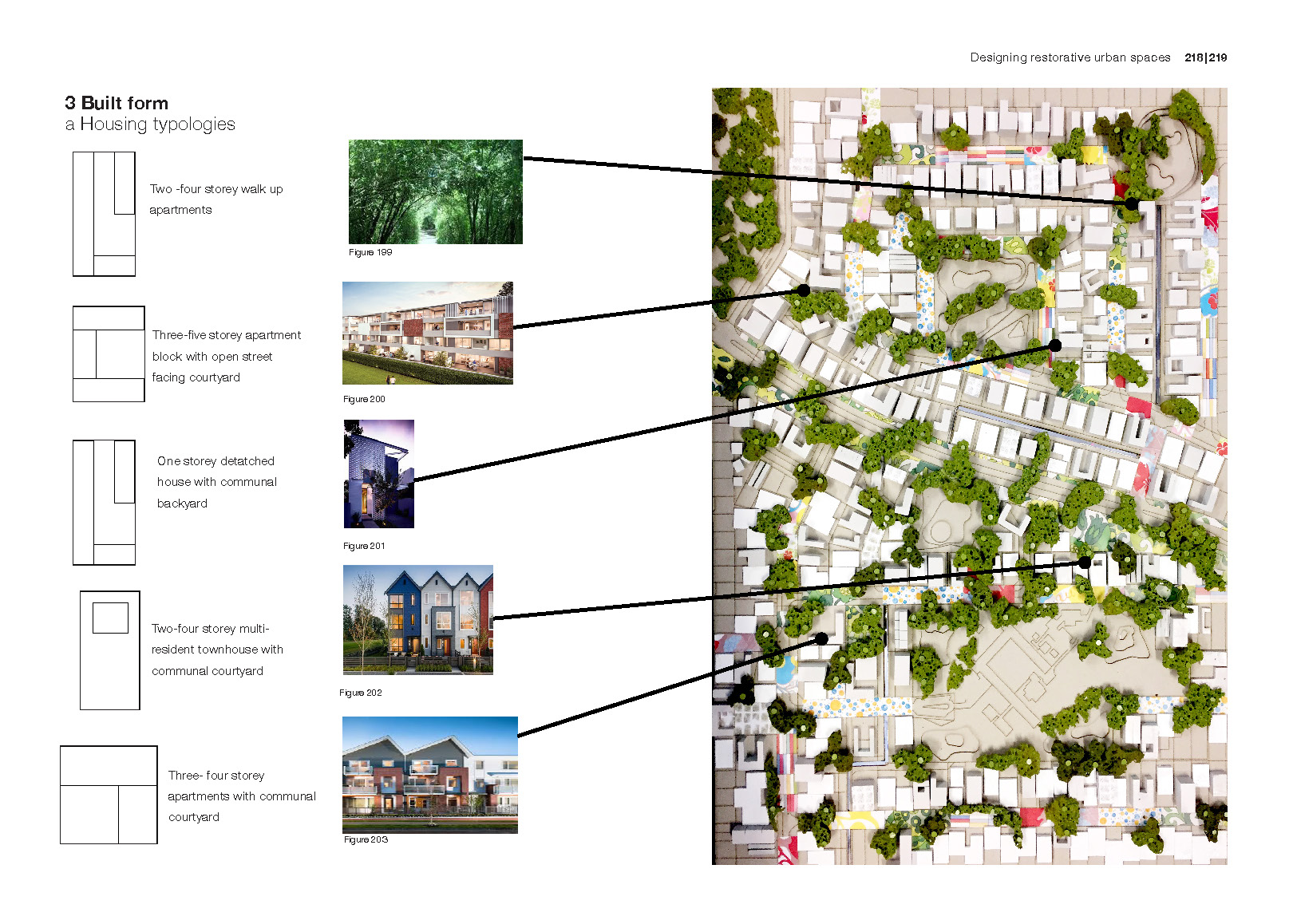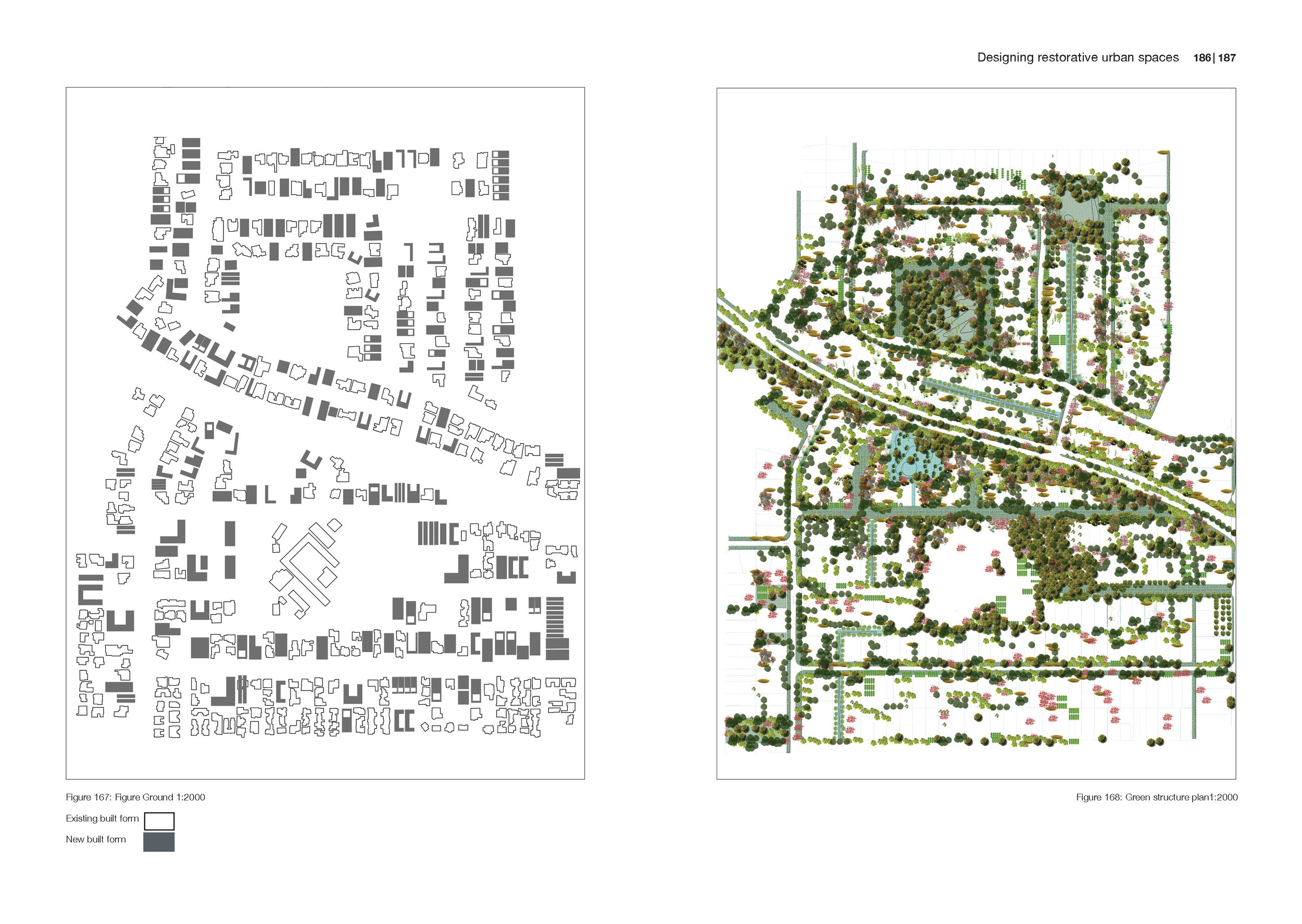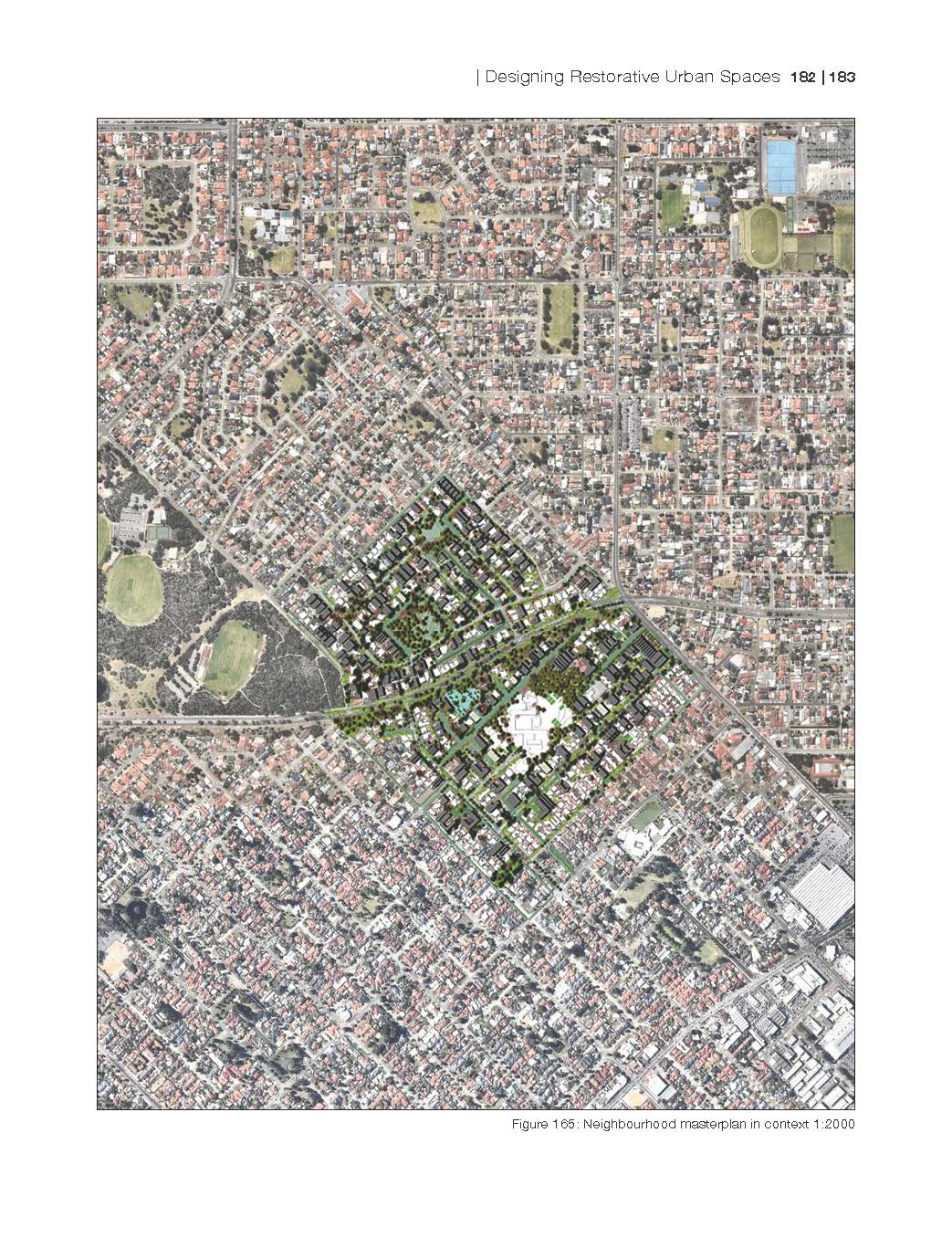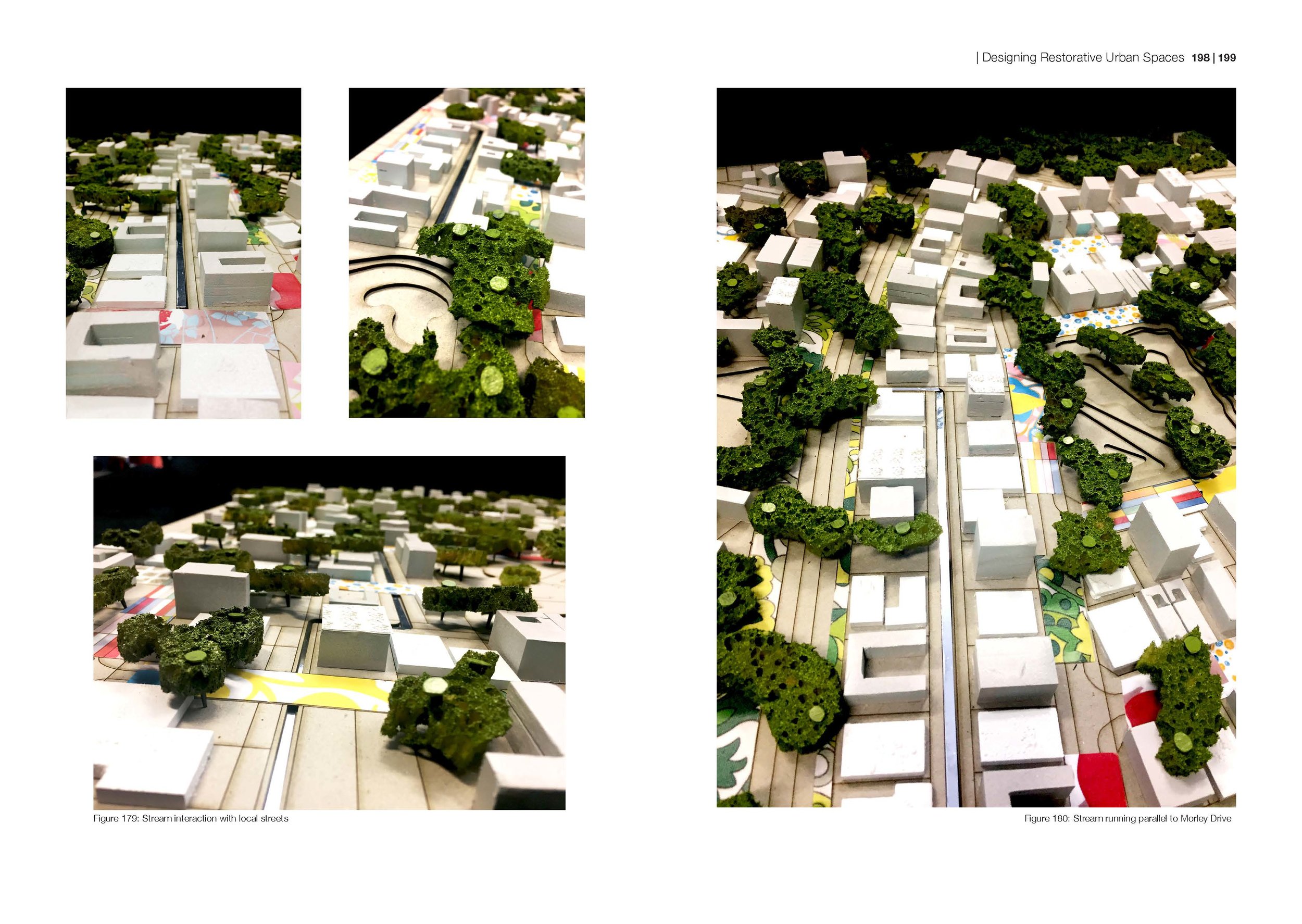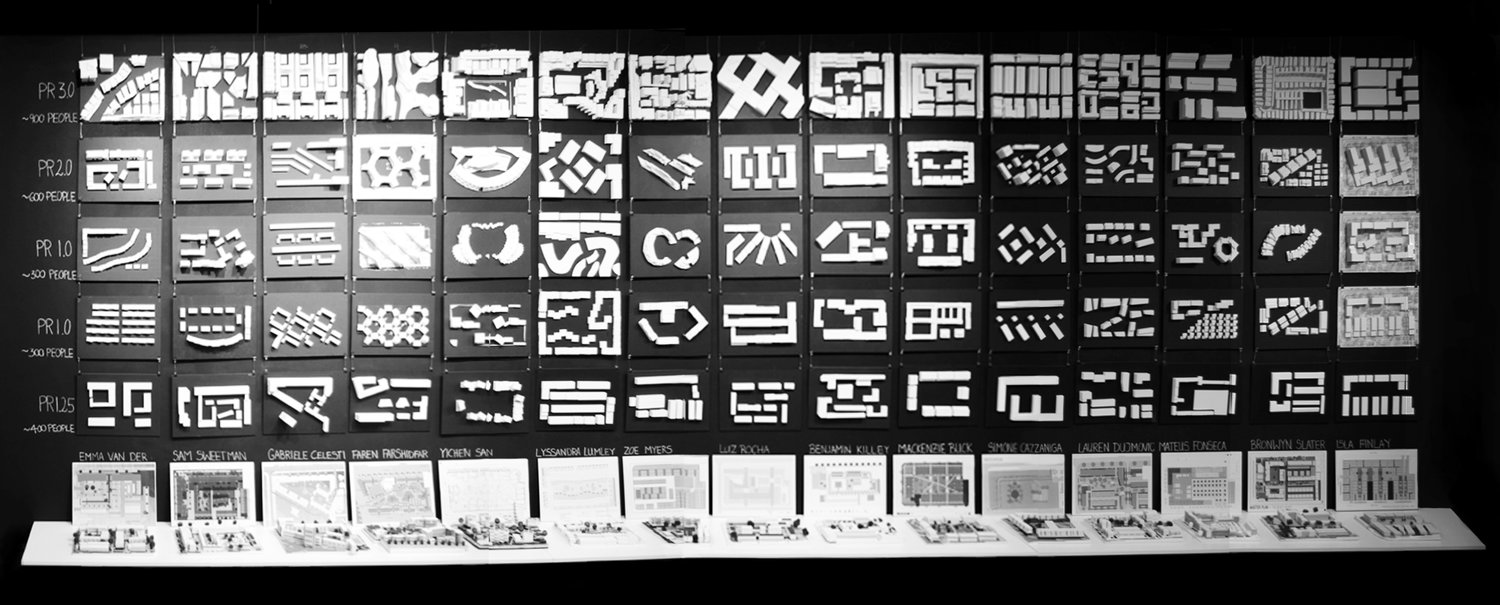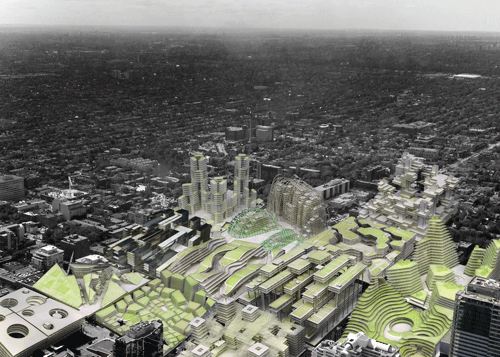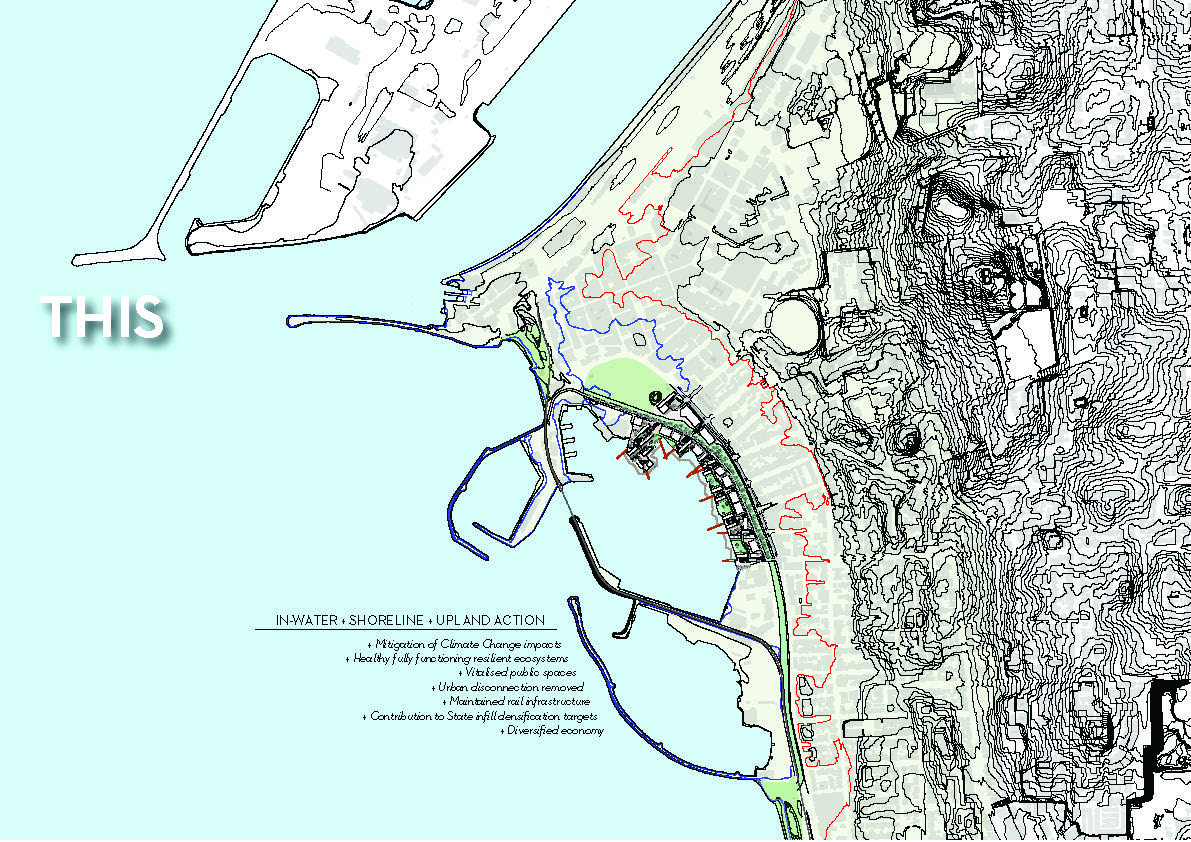STUDENT WORK
UNLOCKING THE SUBURB
Aidan Smith. Semester 2 2018
Master of Urban Design Research Thesis
What would a suburb look like if it was serviced completely by autonomous vehicles? This dissertation explores the potential of FAVs to shape the suburd of the future. Significant space could be reclaimed from piecemeal modifications to the road design enabled by speed and traffic control. This space could then be repurposed for community, productive or biodiversity needs. In addition vehicles could be programmed to avoid certain streets or change their behaviour at certain times of day allowing the streets to be repurposed for events, activities and human life. Aidan developed an interchangeable model of a typical suburban ‘cell’ which allows rapid exploration of different scenarios and suburban prototypes. View Aidan's Master of Urban Design thesis HERE
Sense of Belonging
Leena Bakshi. Semester 1 2018
Master of Urban Design Research Thesis
How can we design built form and open spaces in Perth’s suburbs that engender a sense of belonging for our new and emerging communities? AUDRC Master of Urban Design graduating student, Leena Bakshi, explored this question in her final research project, ‘Sense of Belonging’. In an attempt to answer this question, the inquiry focused on the middle ring suburb of Mirrabooka to investigate the everyday processes of belonging and non-belonging. Following interviews conducted with Mirrabooka community members, their responses to everyday spatial practices were mapped. These insights, combined with understandings developed from three case studies, lead to an understanding of the potential of different ‘place types’ to create meaningful interactions and also urban design tactics to enhance these. View Leena’s Master of Urban Design thesis HERE
Living STREAMS & URBAN INFILL
Emma van der Linden. Semester 2 2017
Master of Urban Design Research Thesis
How can urban densification be leveraged to improve the water quality and amenity of the main drains which drain into the upper Swan River? A review of the Morely to Bayswater main drain. This dissertation explores the potential strategy for achieving infill development in Australian greyfield suburbs in which redesigned, ecologically enhanced stormwater management can act as a catalysed to support residential densification. This process involves reviewing the densities within walkable catchment of existing main drains, for opportunities for greater densities.
Driverless City
Jason Hoad. Semester 2 2017
Master of Urban Design Research Thesis
How, and to what extent, will the implications of Fully Autonomous Vehicles have an impact on our streetscape and urban form? And, can these implications be retrofitted to an Activity Centre within the Perth Metropolitan Area? This study outlines the benefits, foresights and policy implications of Fully Autonomous Vehicles. A further analysis into their urban infrastructure requirements is also undertaken in order to realise the implications for the design of urban areas, specifically an Activity Centre in Perth, retrofitted for autonomous transportation.
Water Sensitive Waterfronts
Lauren Dujmovic. Semester 2 2017
This thesis investigates how synergies between ecological and urban interventions at the waterfront can improve the quality of water being discharged into waterways. Waterfront redevelopments can transform a city, expressing its Image, culture and history. The redevelopment of the city waterfront has become a central component to the narative of the city. While the value of waterfront redevelopments is evident, the importance of water systems and the environment is paramount. Waterfront design should also be sensitive to the water system and value it as an important resource.
BUSHFIRE ADAPTION & MITIGATION
IN OUTER SUBURBAN DEVELOPMENTS Faranak Farshidfar. Semester 1 2016
This thesis investigates the nature and causes of bushfire risks in outer suburban areas. The main
aim of this thesis is to discern key bushfire mitigation and adaption principles, which are explored through multiple options and design scenarios. The design intends to engage community through alternative built forms. With the purpose of creating an ecological connectivity matrix, urban vegetation patches in manageable sizes are designed to create flexible open spaces aligned with urban land uses. Parallel to the green network, watemanagement is suggested to support irrigation and to provide permanent off-grid water supply for emergencies. Considering firefighting services are not guaranteed during bushfire, communities and management systems are vital to reduce the response time. The design suggests the concept of defendable areas for out-of-control situations.
CREATING URBAN INFILL THAT RESONATES
WITH SENSE OF PLACE Maryam Berenij. Semester 1 2016
Can sense of place be reinforced through densification and upgrade of urban areas? and if it’s yes, How can densification of urban areas resonate with the sense of place? This research shows that sense of place can be reinforced through densification and upgrade of urban areas by studying, analysing and respecting the main components of sense of place, physical and cultural, through design and implementation of urban developments. These components have different qualities in different cities or even different sites in one city. Each place has its own natural and man-made settings, with a distinct culture, history and narrative. Moreover, the main components of sense of place have different characteristics. The cultures of cities are far less predictable than their physical settings. On the other hand, physical aspects of sense of place are easier to study, map and re-create. However over-reliance on the physical aspects doesn’t create a dynamic sense of place.
Restorative Urban spaces
Dr Zoe Myers. Semester 2 2016
The thesis suggests a number of key design principles in addressing the following question: How can we design research-driven green infrastructure interventions in such a way that encourages optimal interaction to access specific mental health benefits? In doing so, this research specifically focuses on incidental, or ‘left over’ land – such as drainage, road reserves, and laneways – that can be transformed into connected, multi-functional green infrastructure, encouraging maximum interaction for maximum impact. Fundamentally, this thesis addresses the nexus between this scientific data on nature as a ‘psychological ecosystem service’ and the creation of urban spaces specifically designed to facilitate these effects.
.



